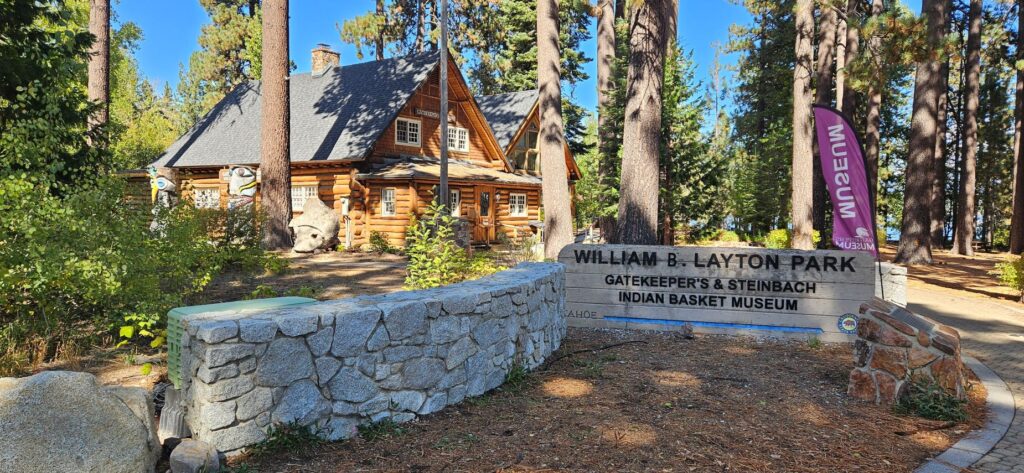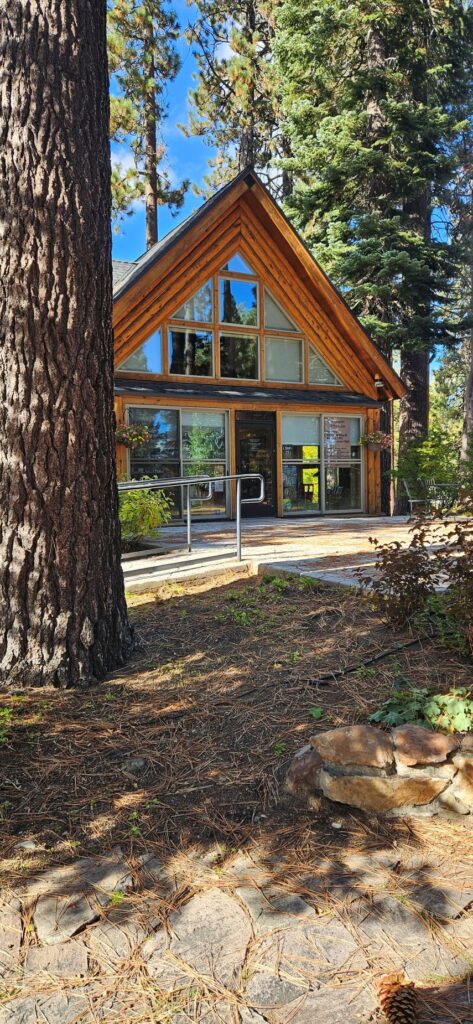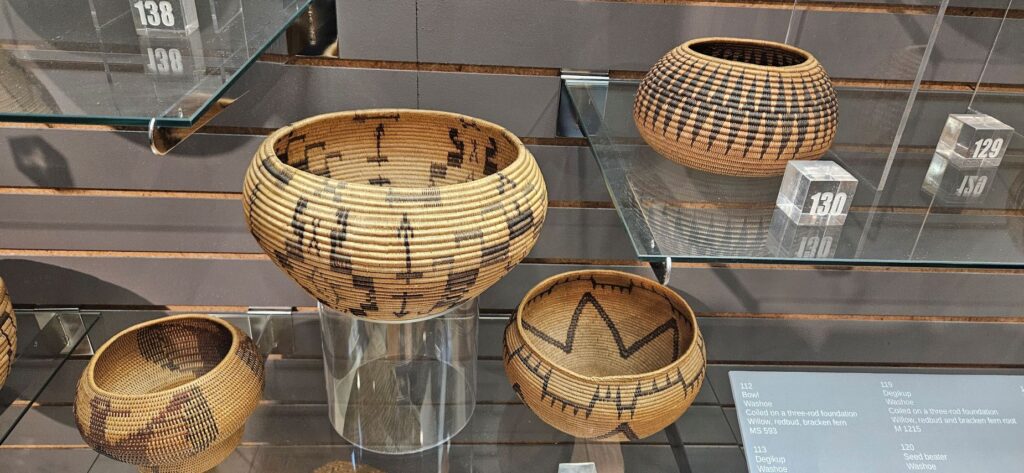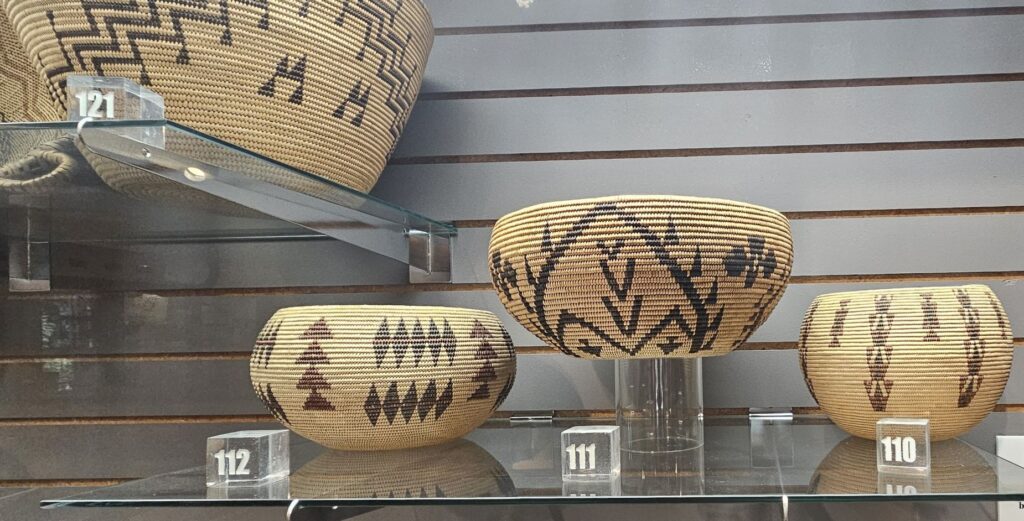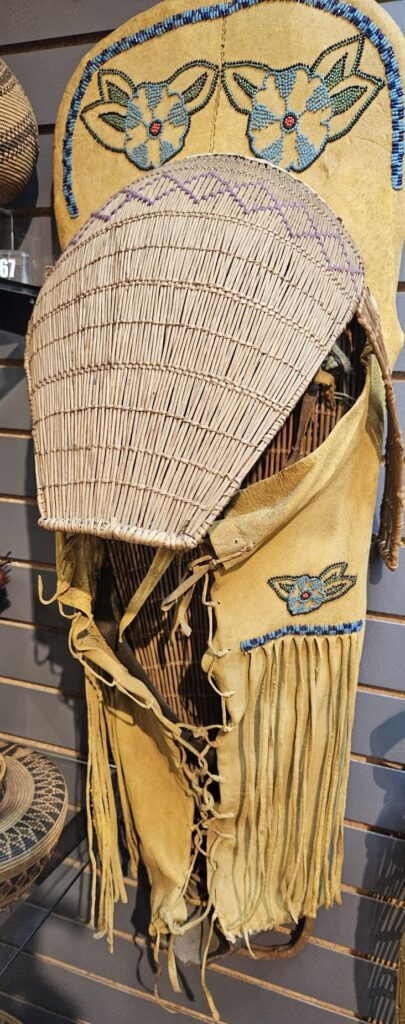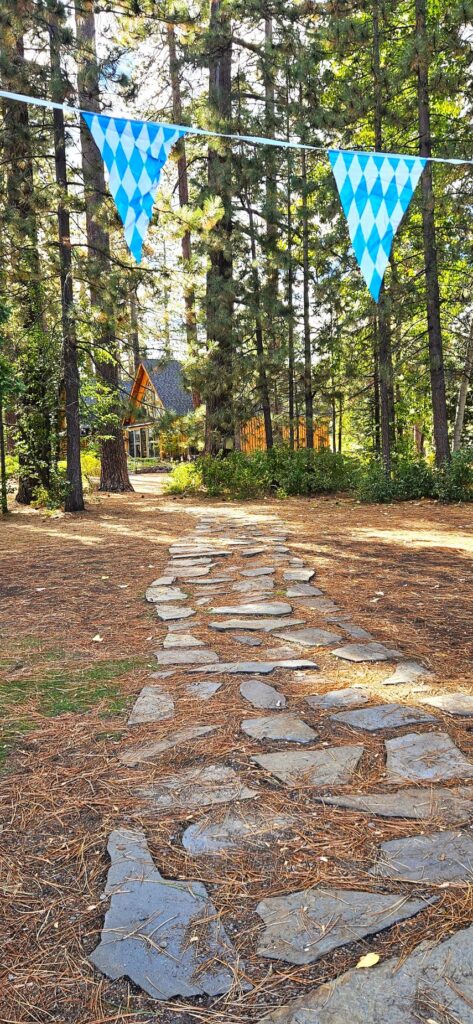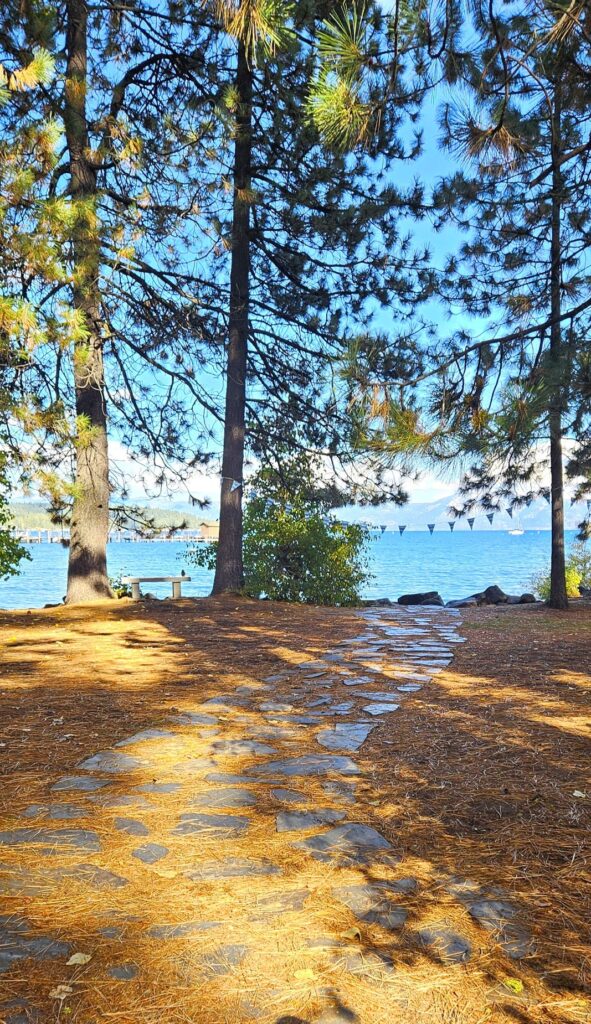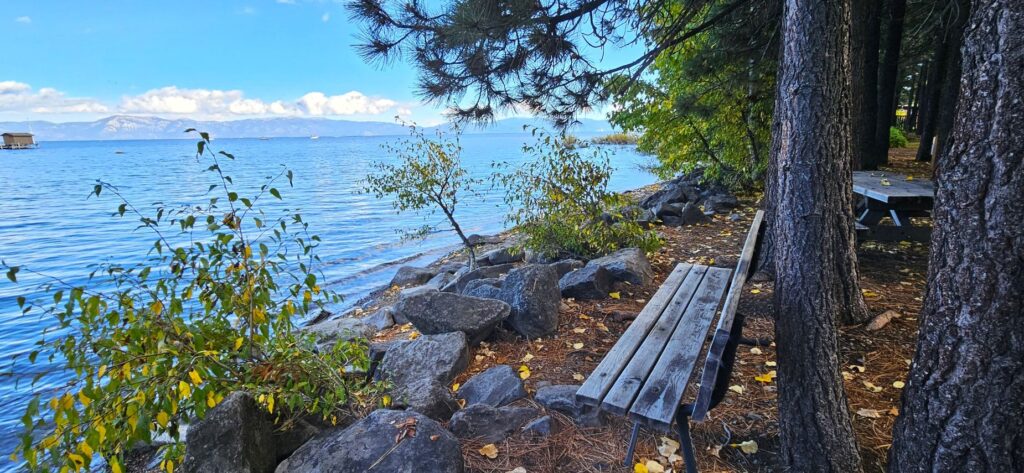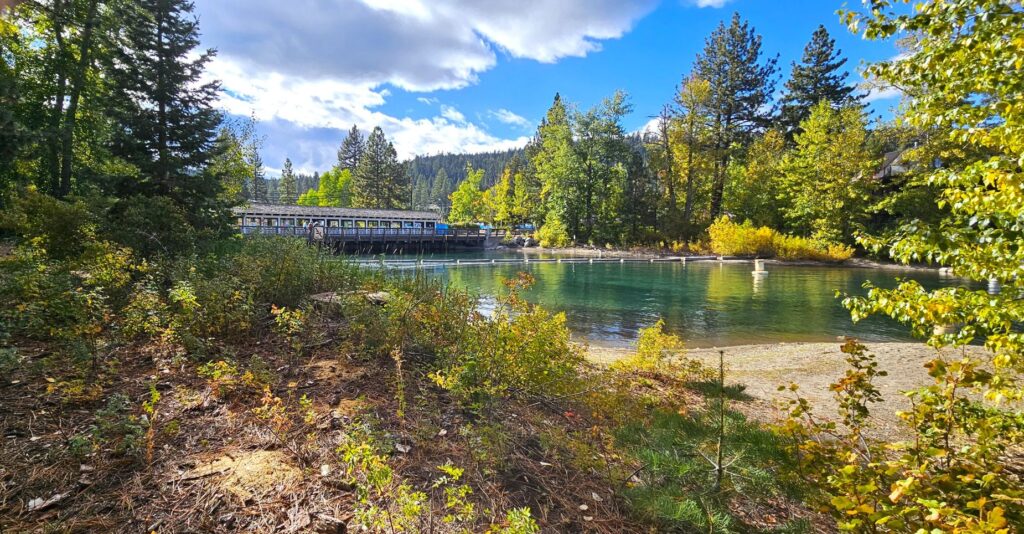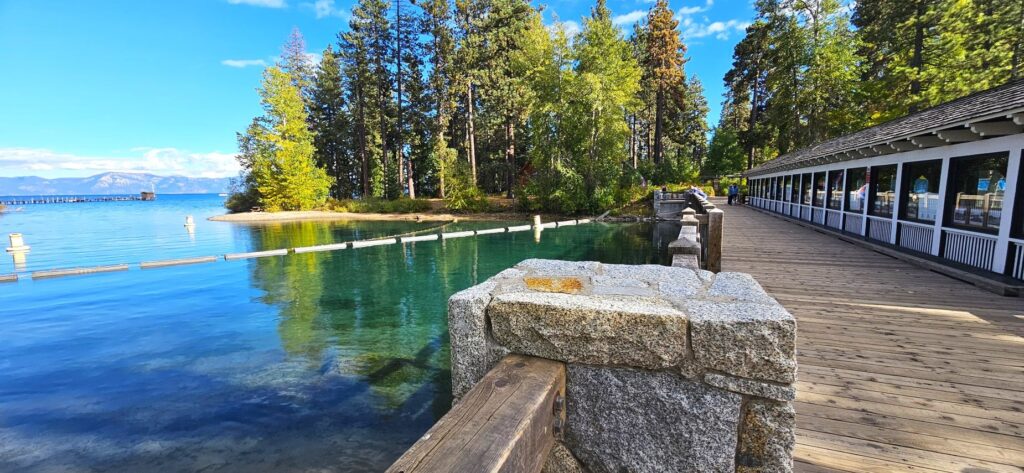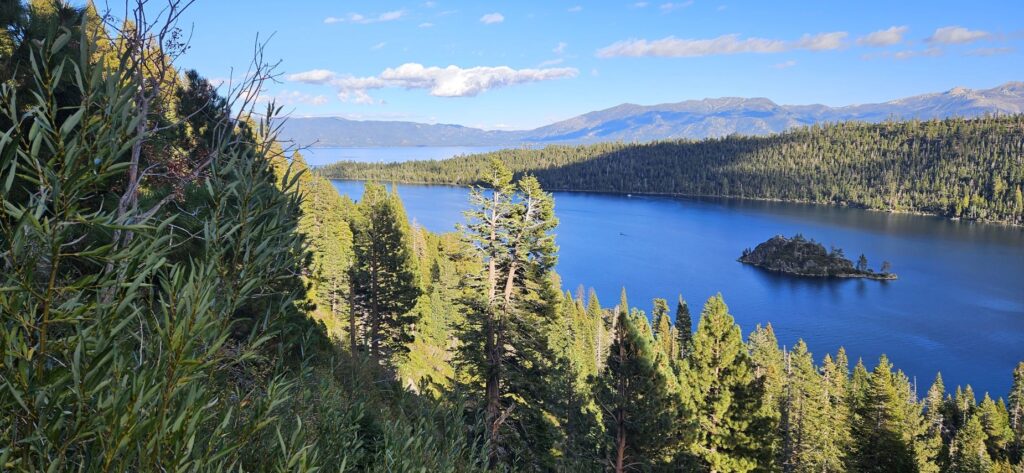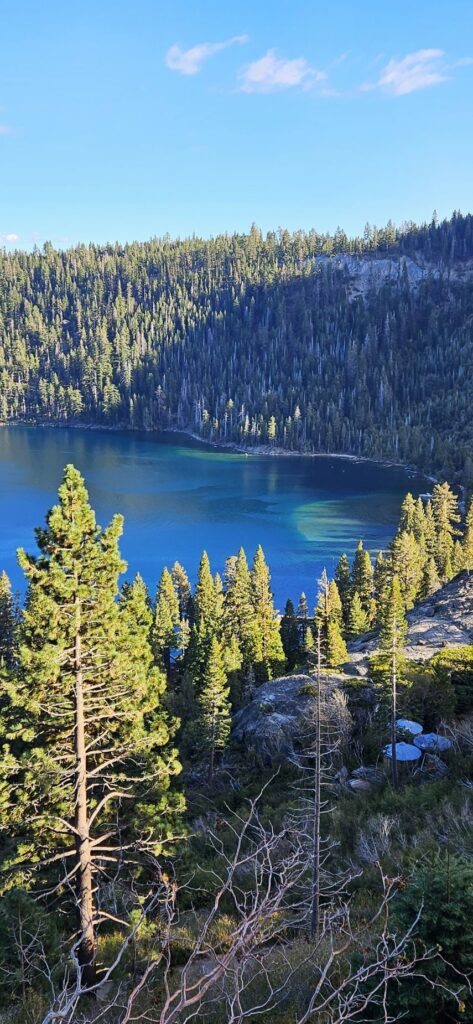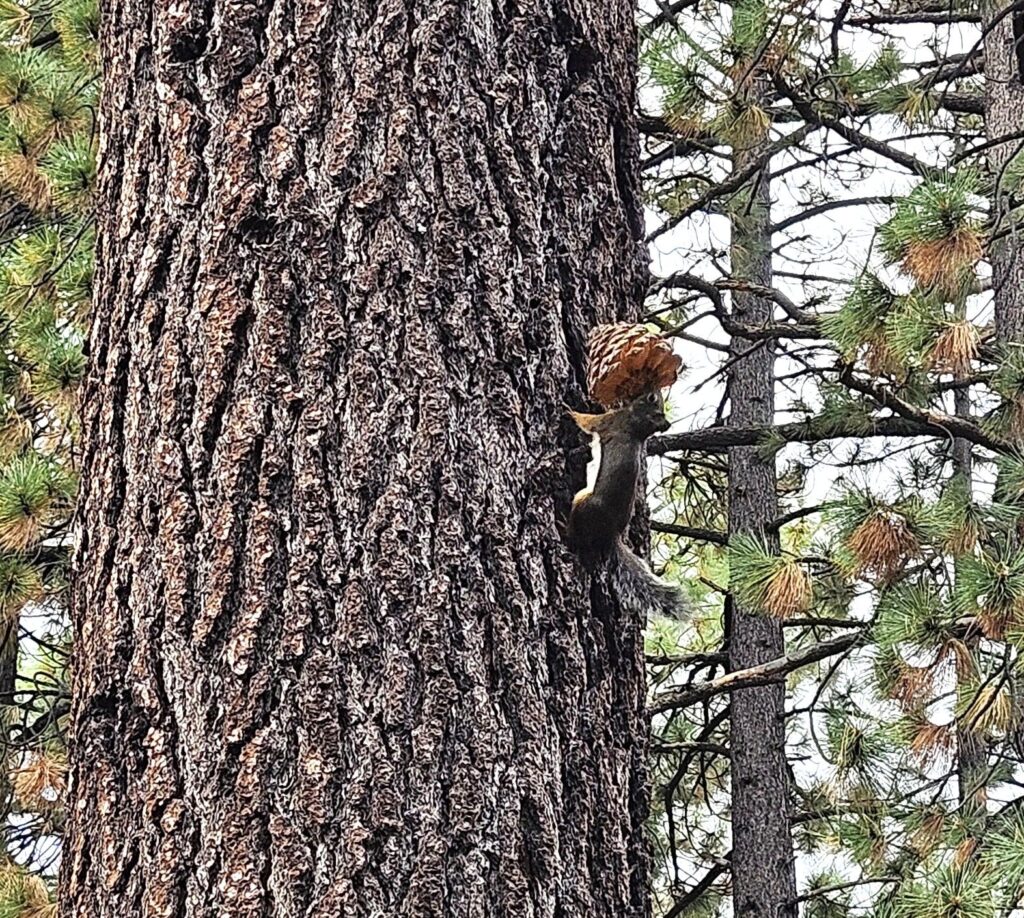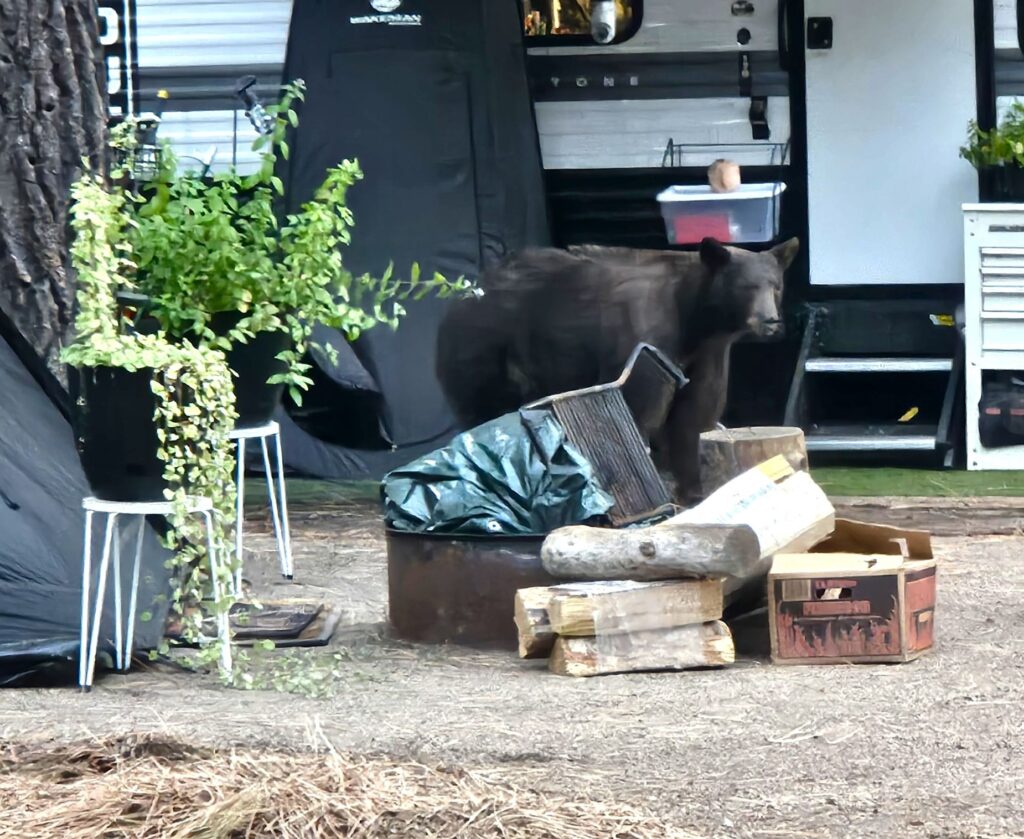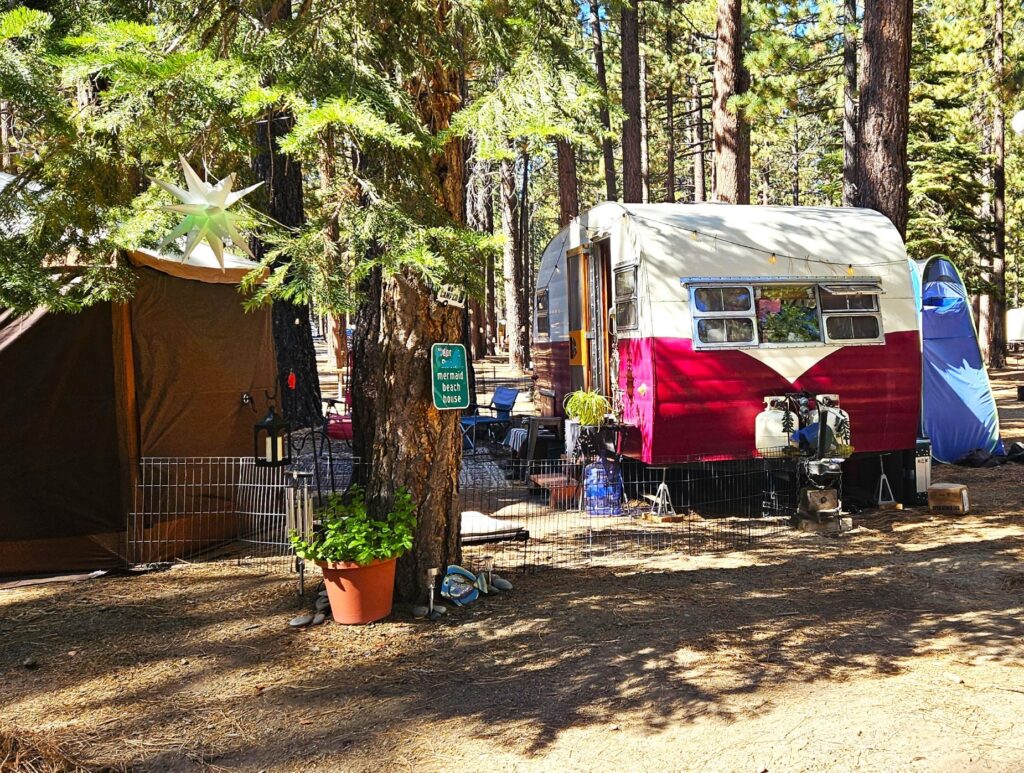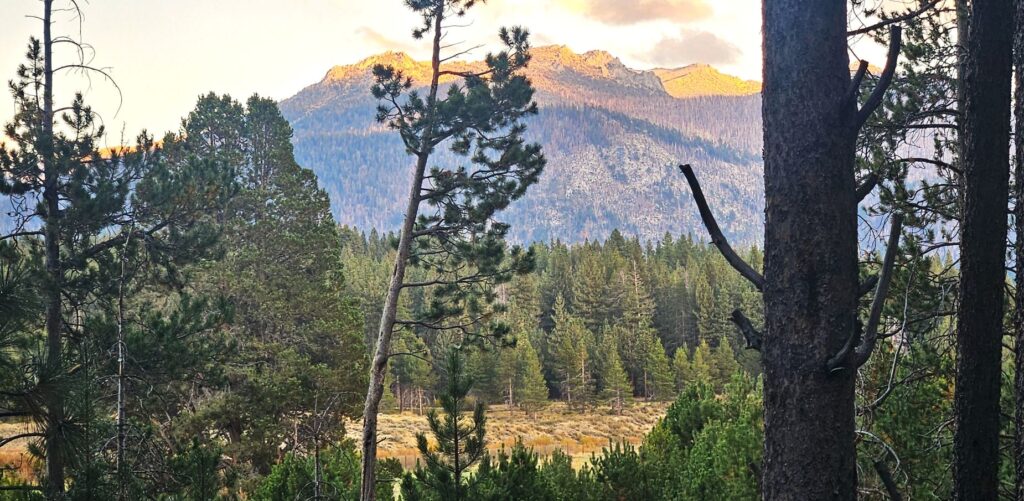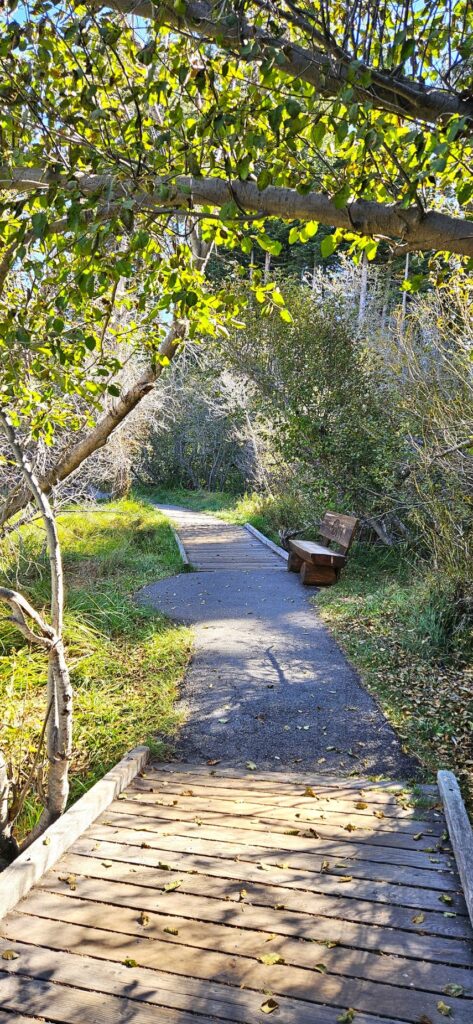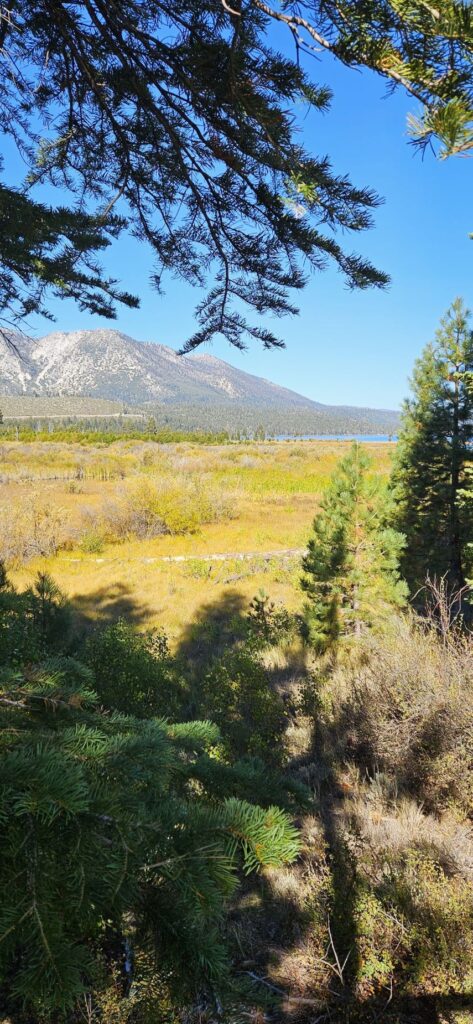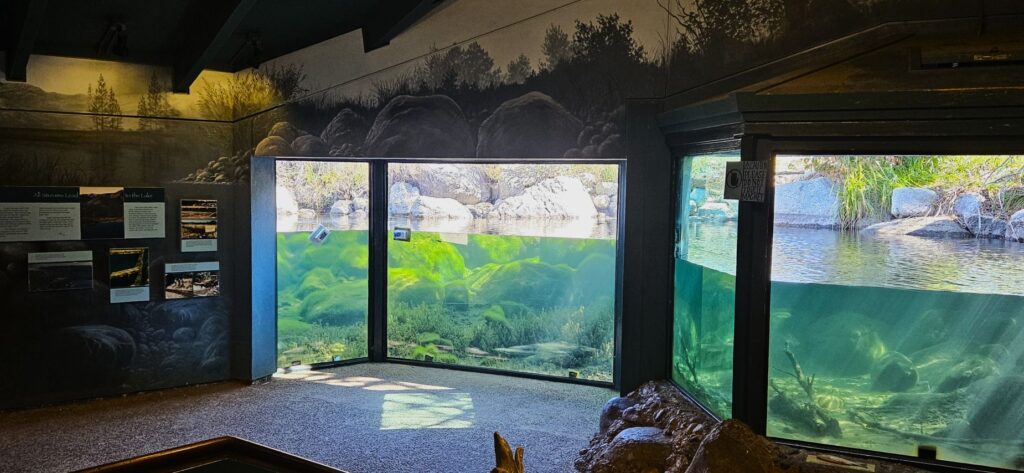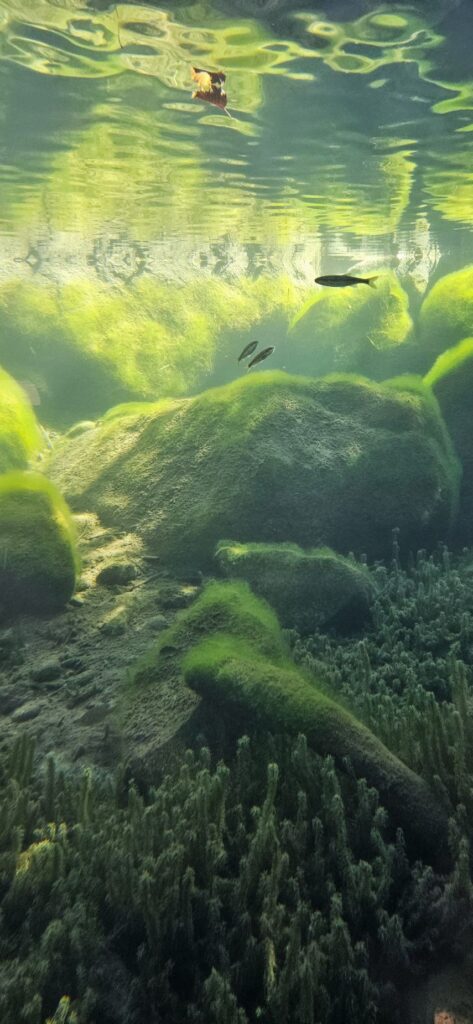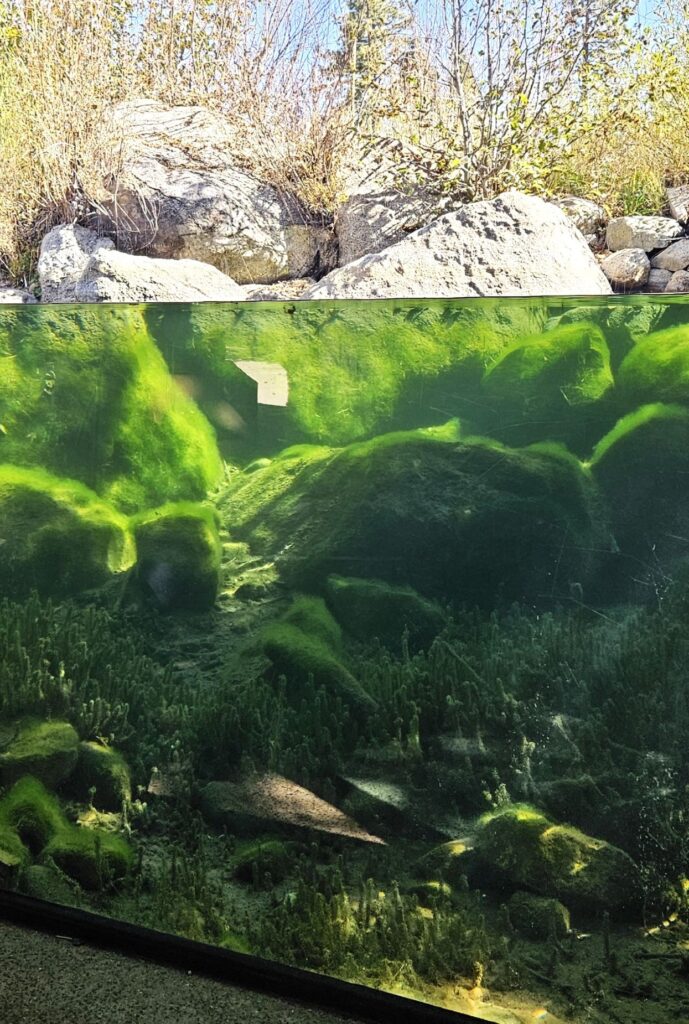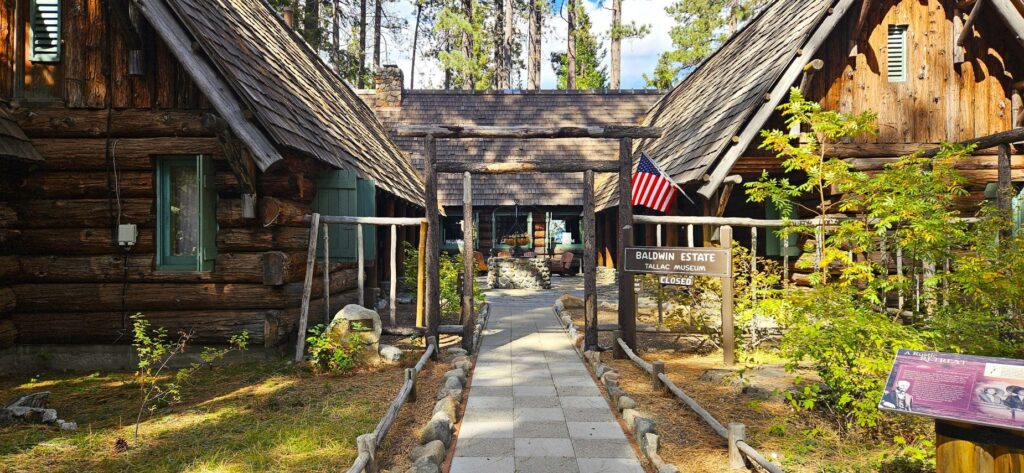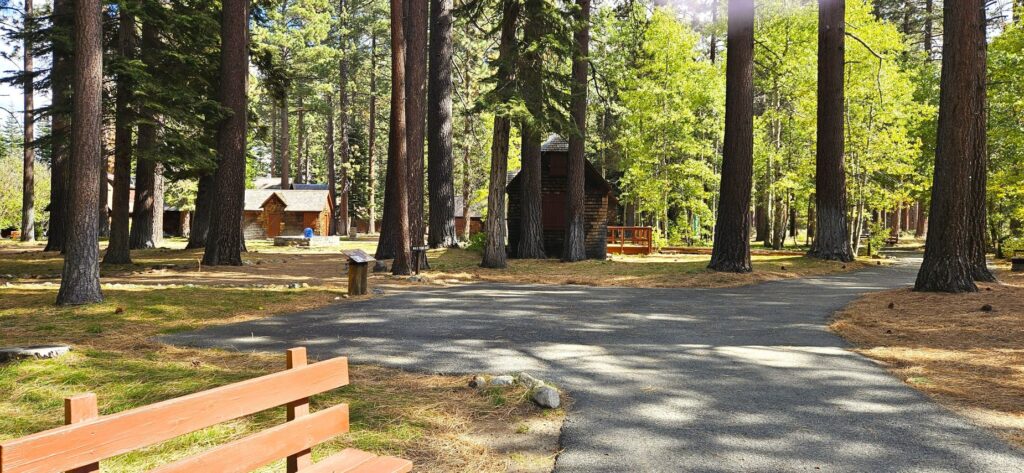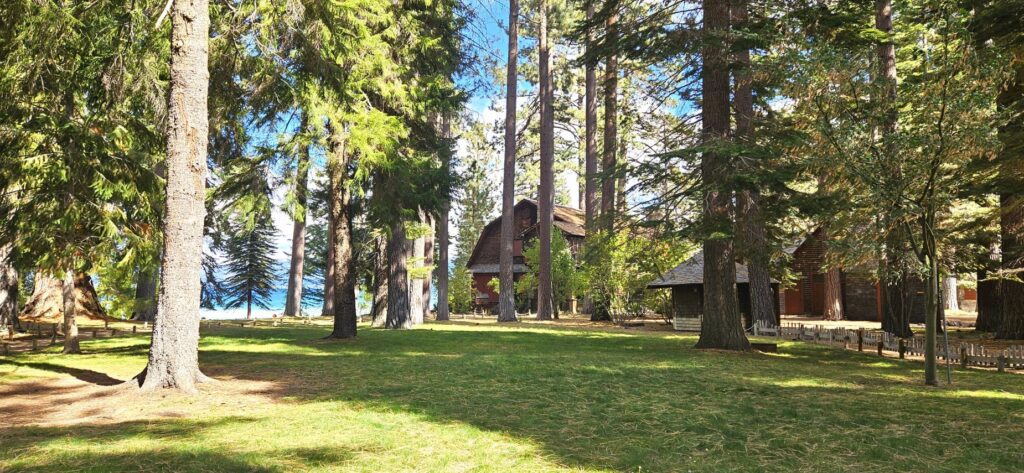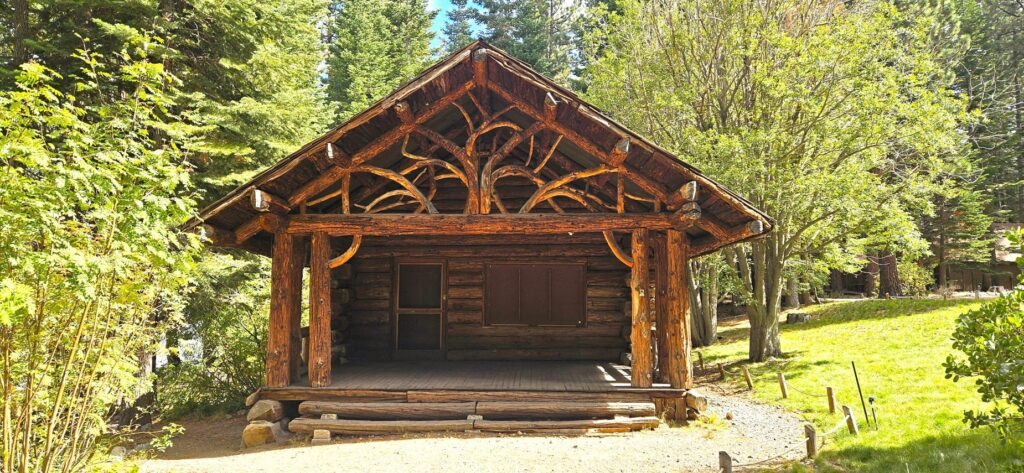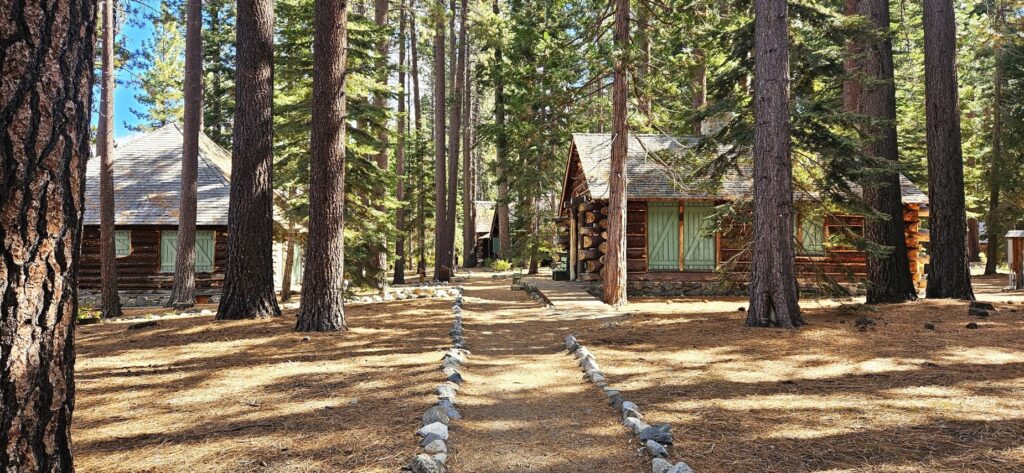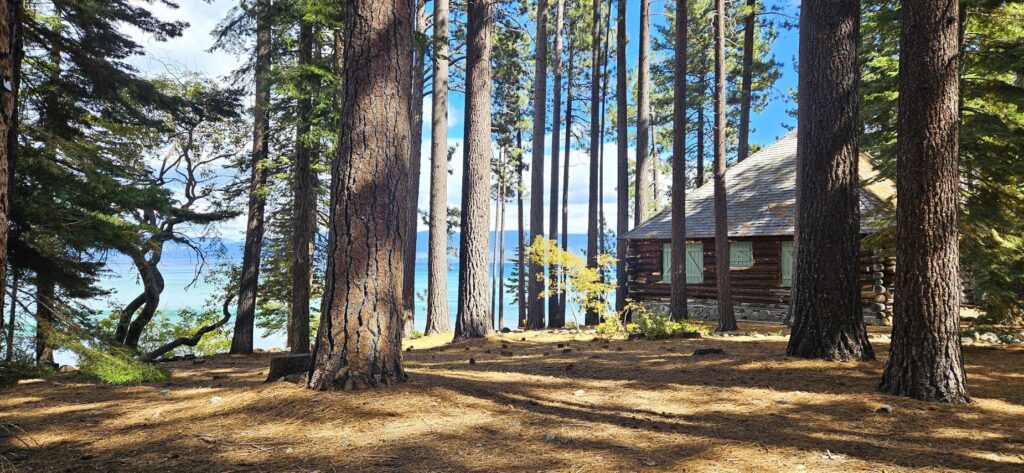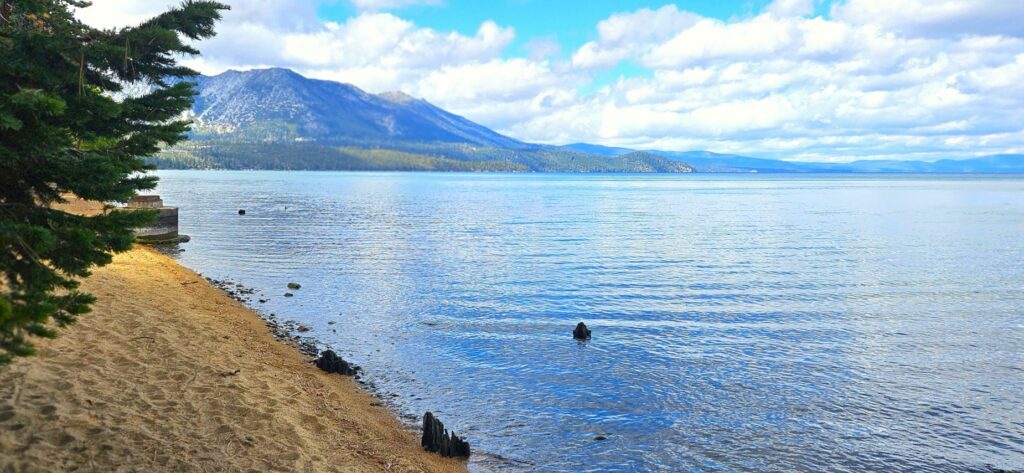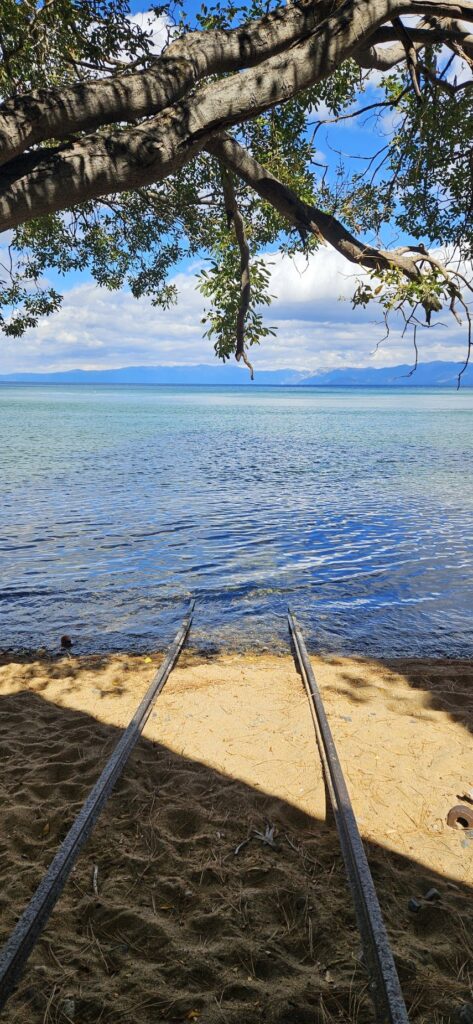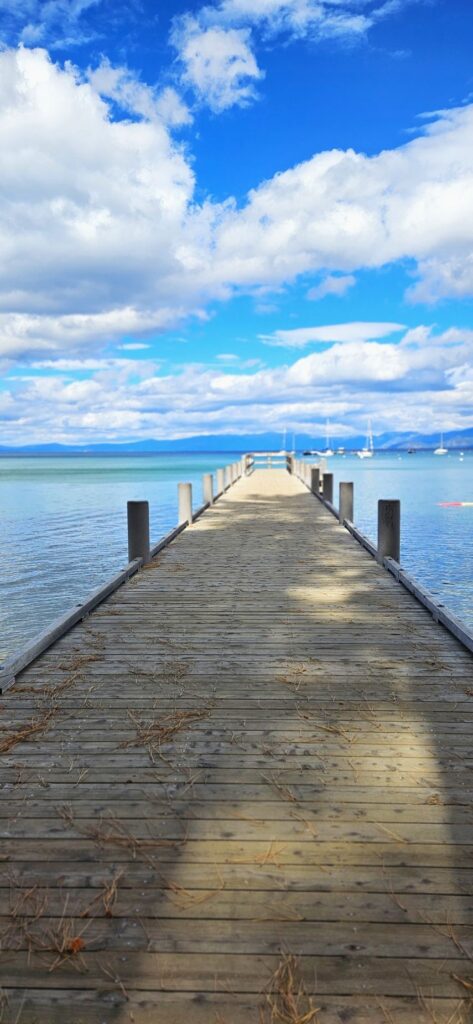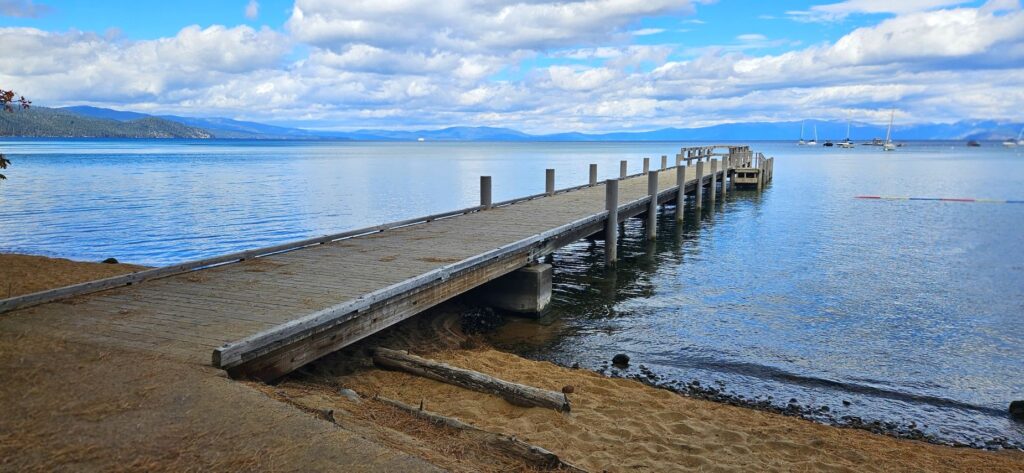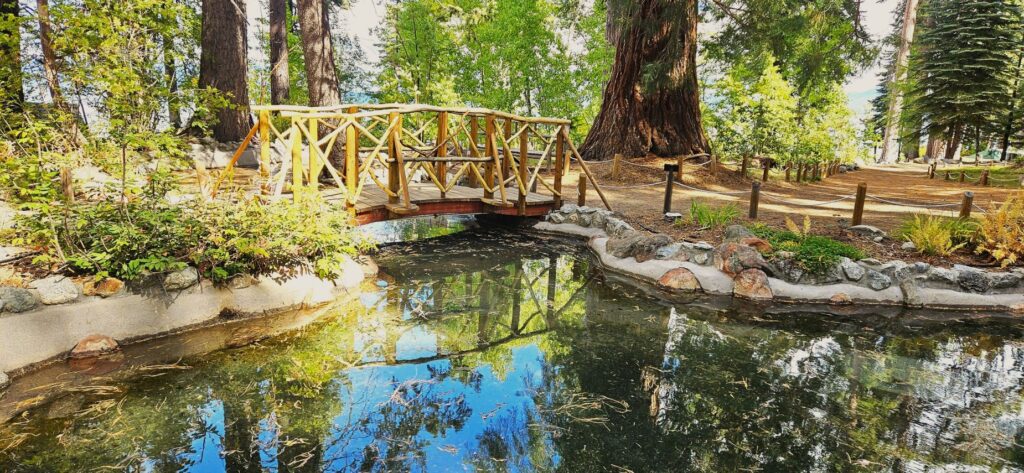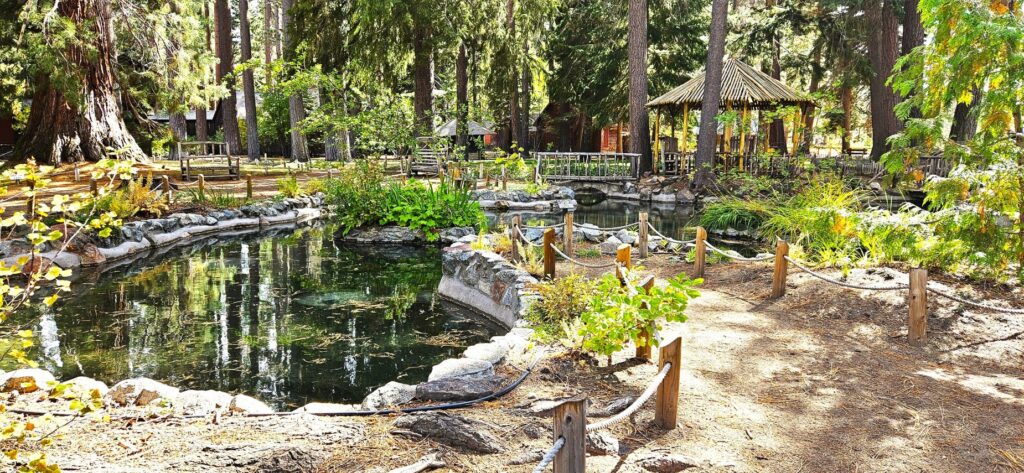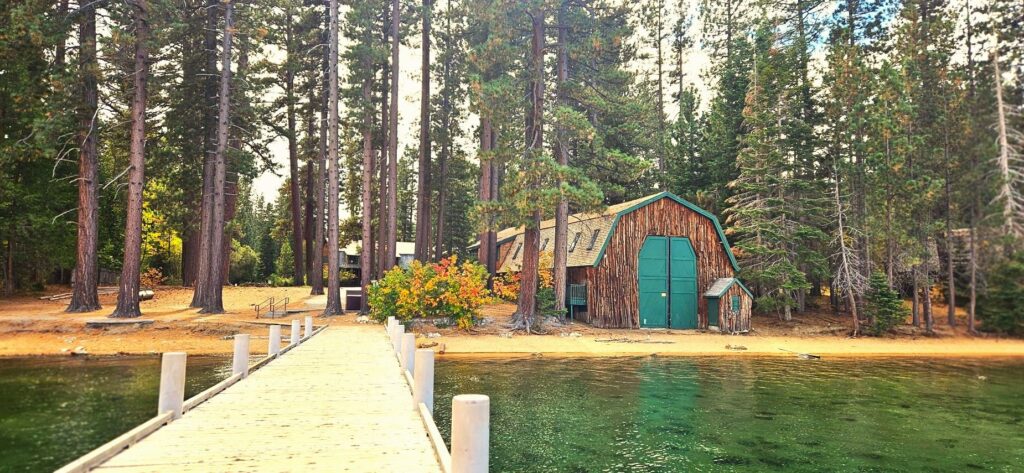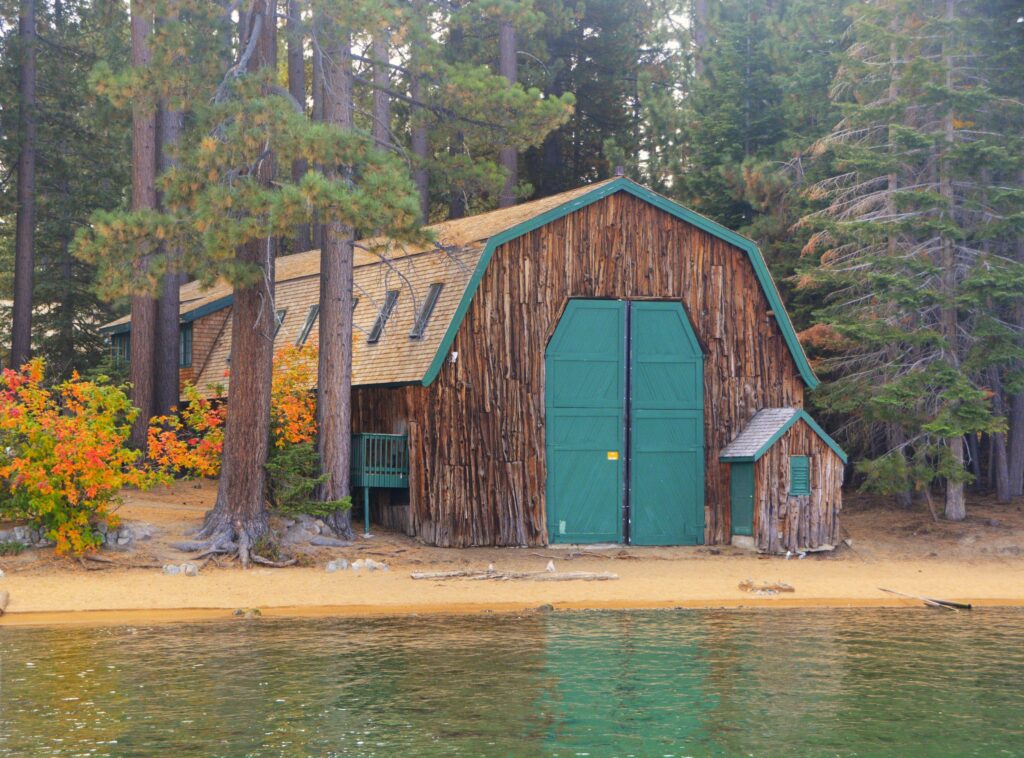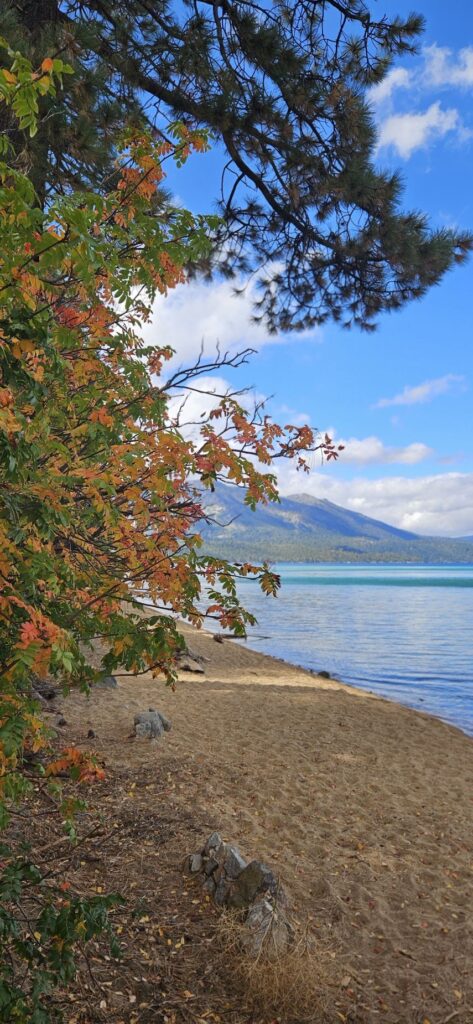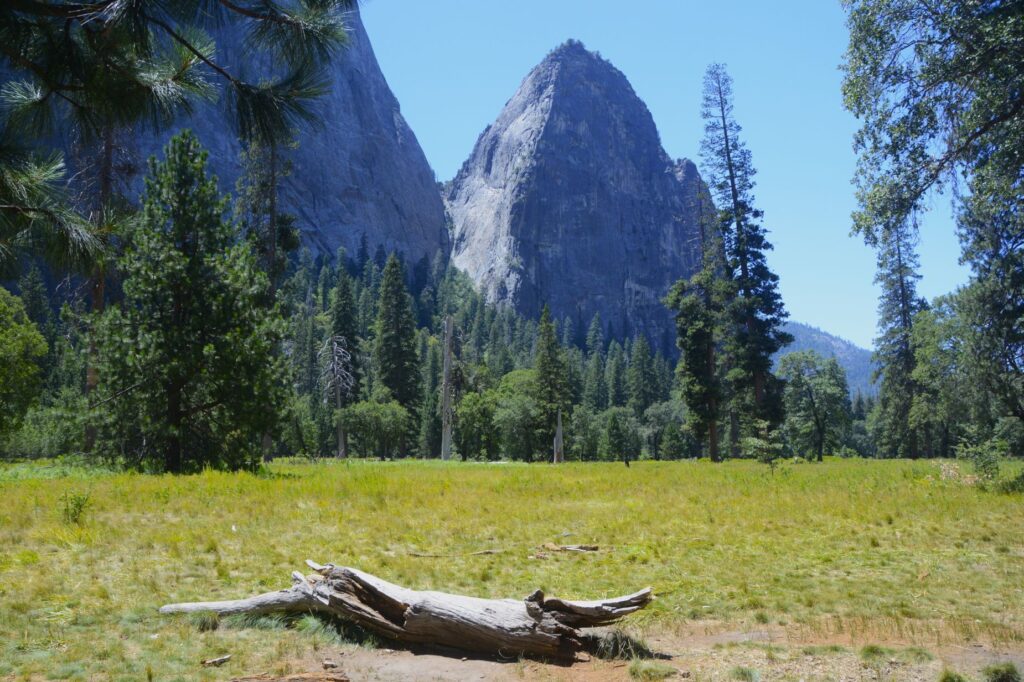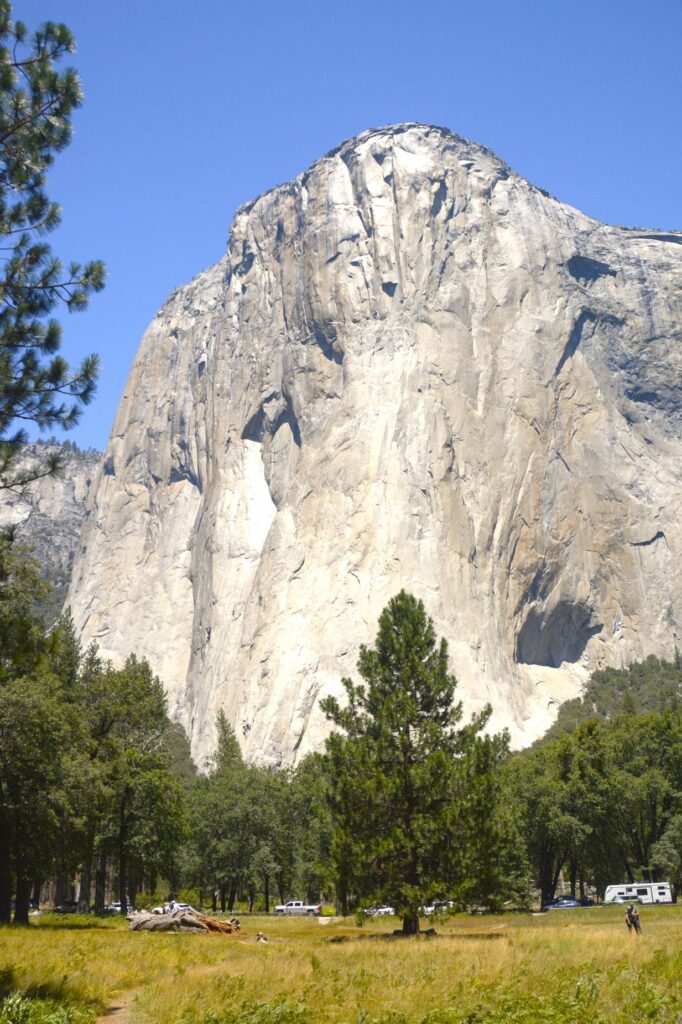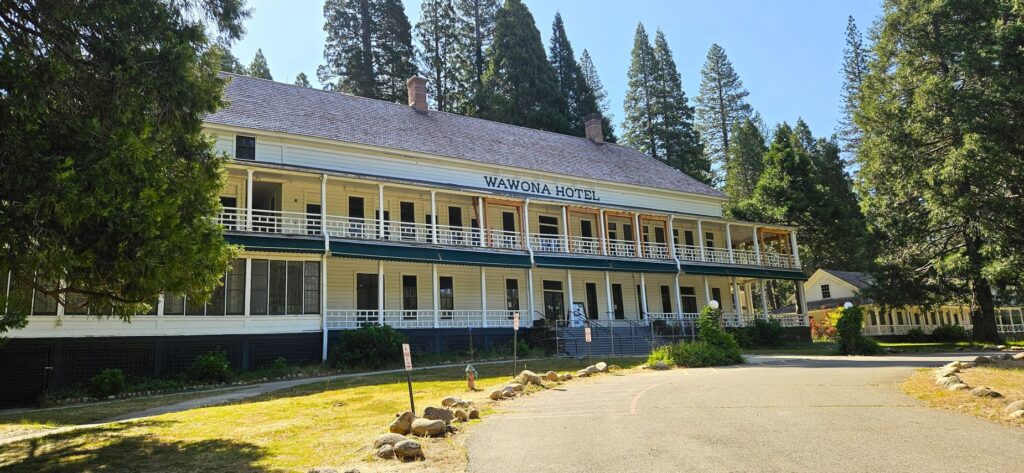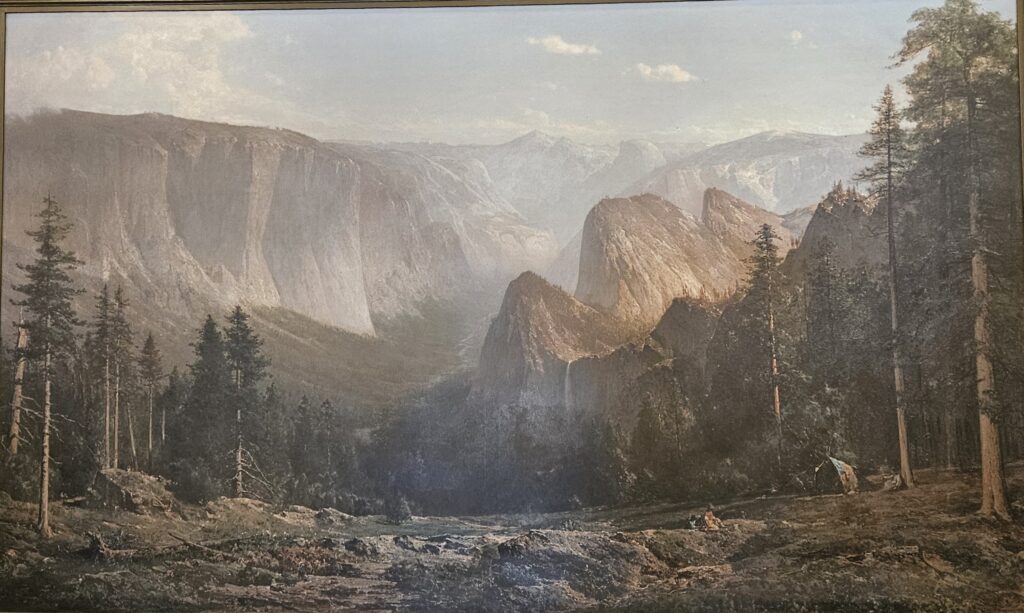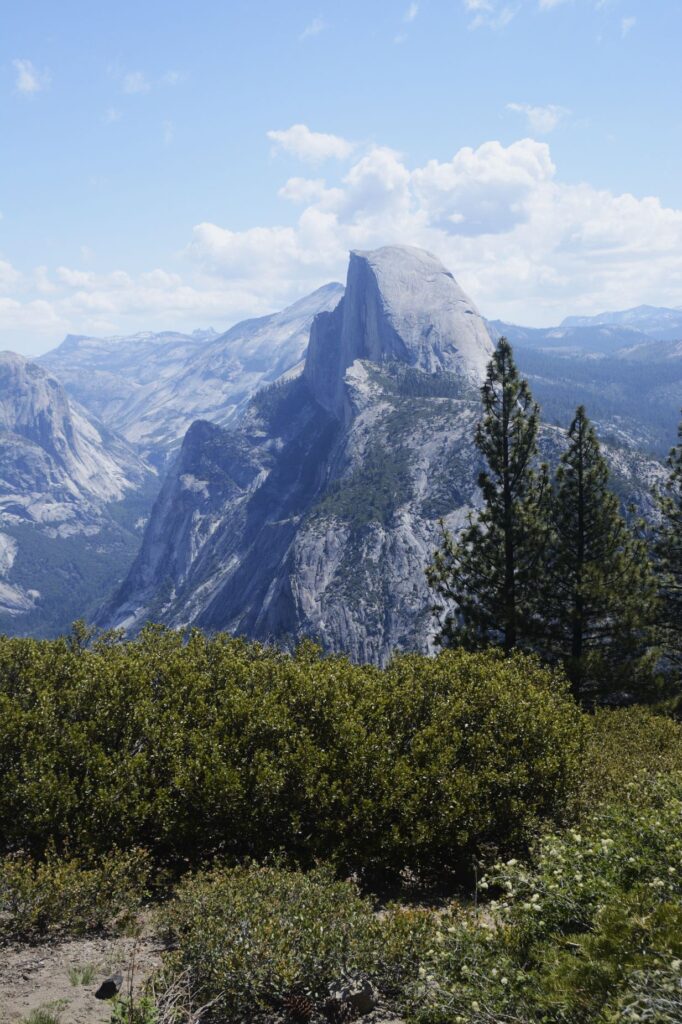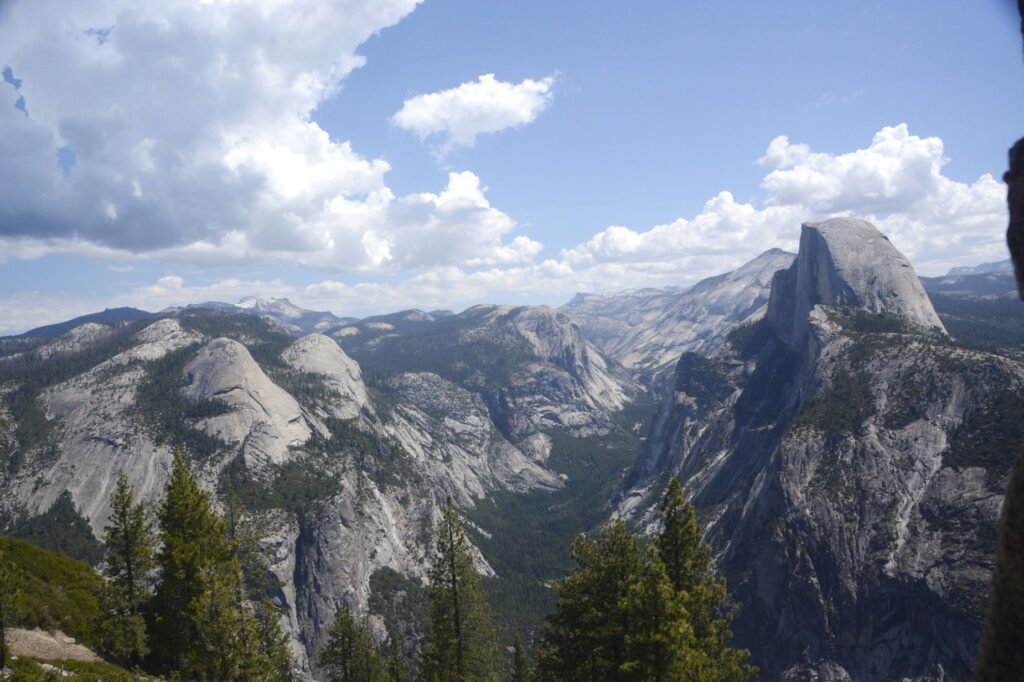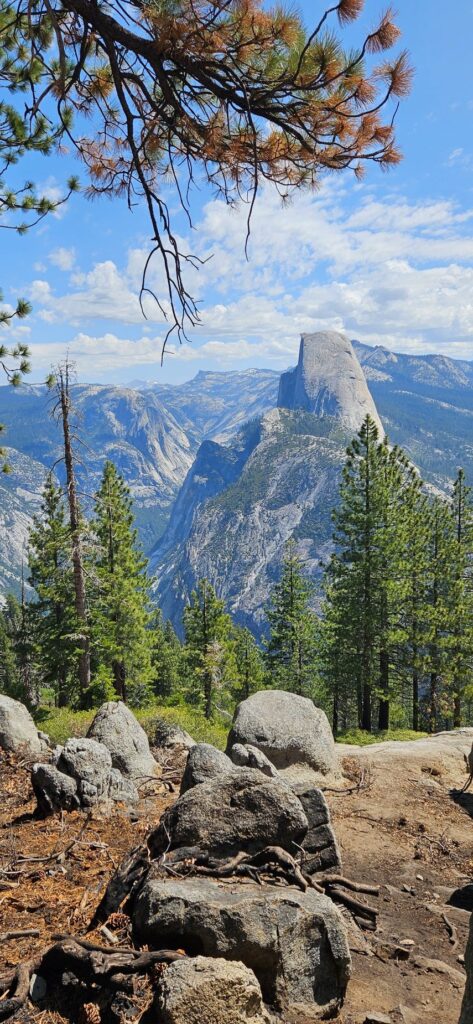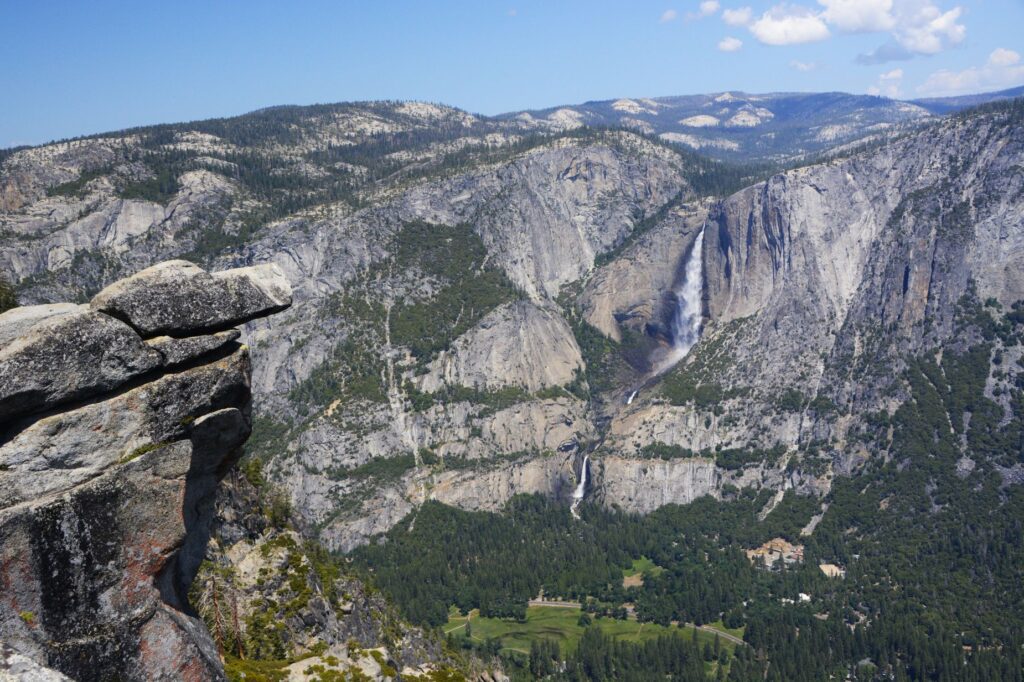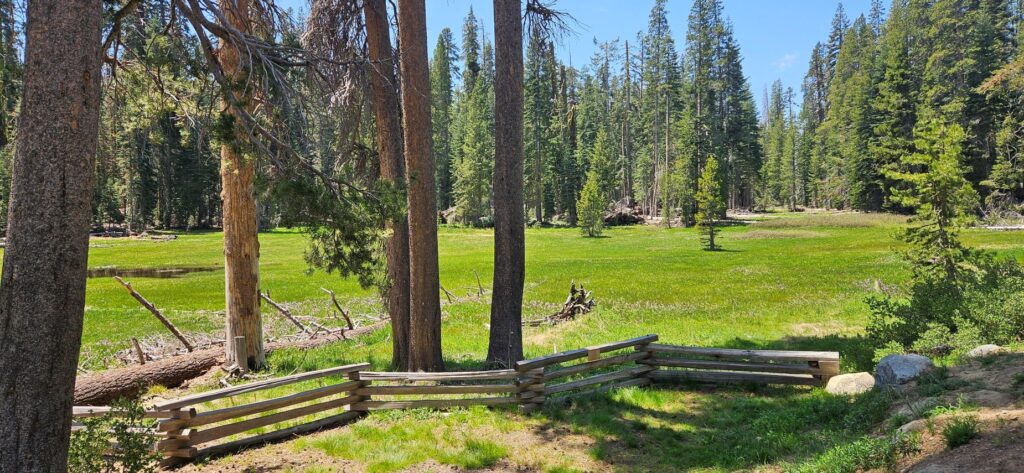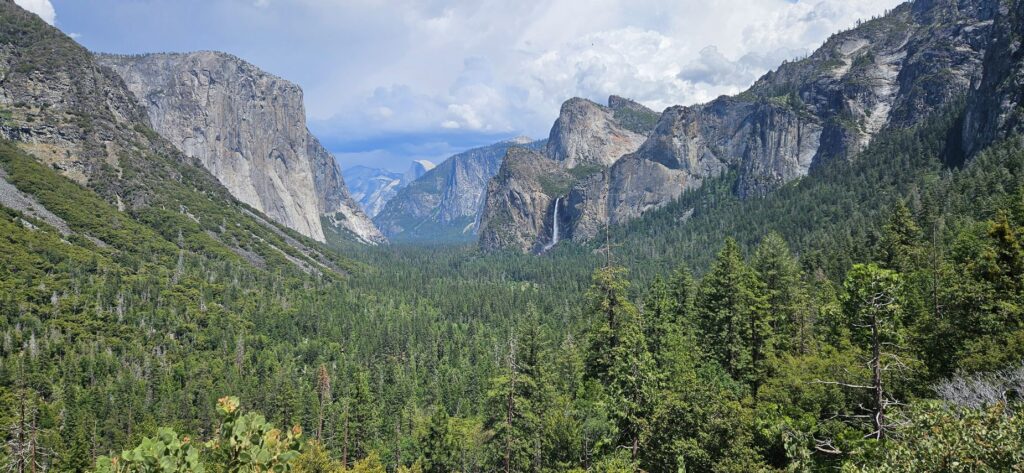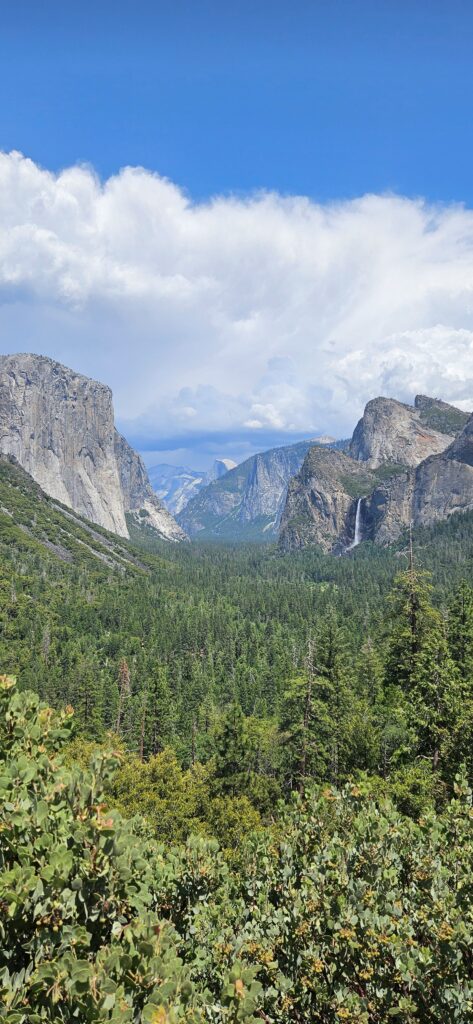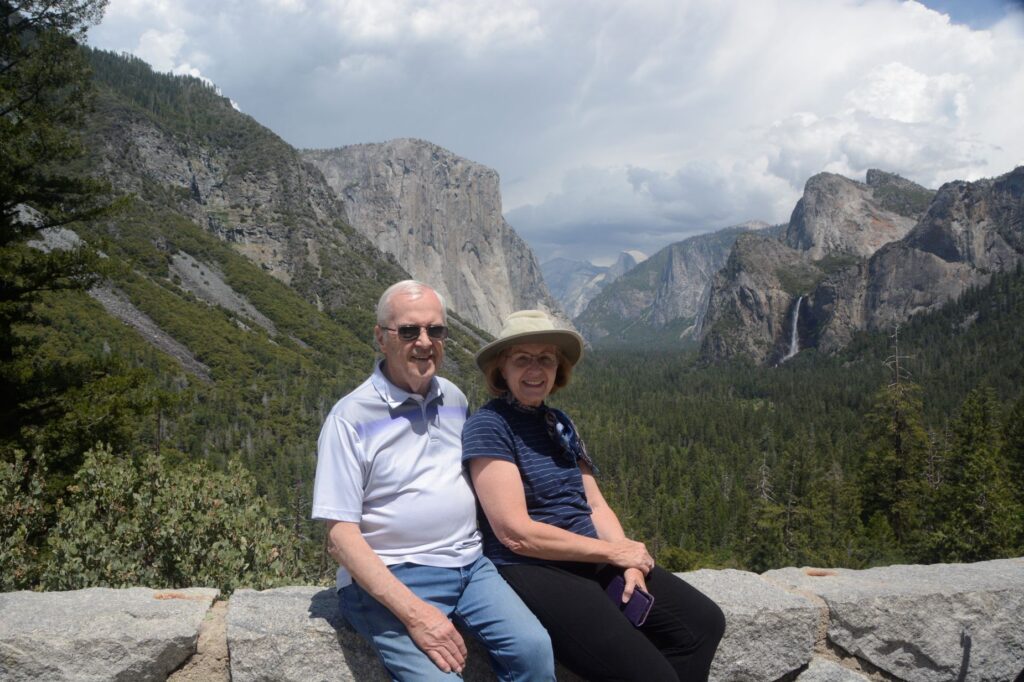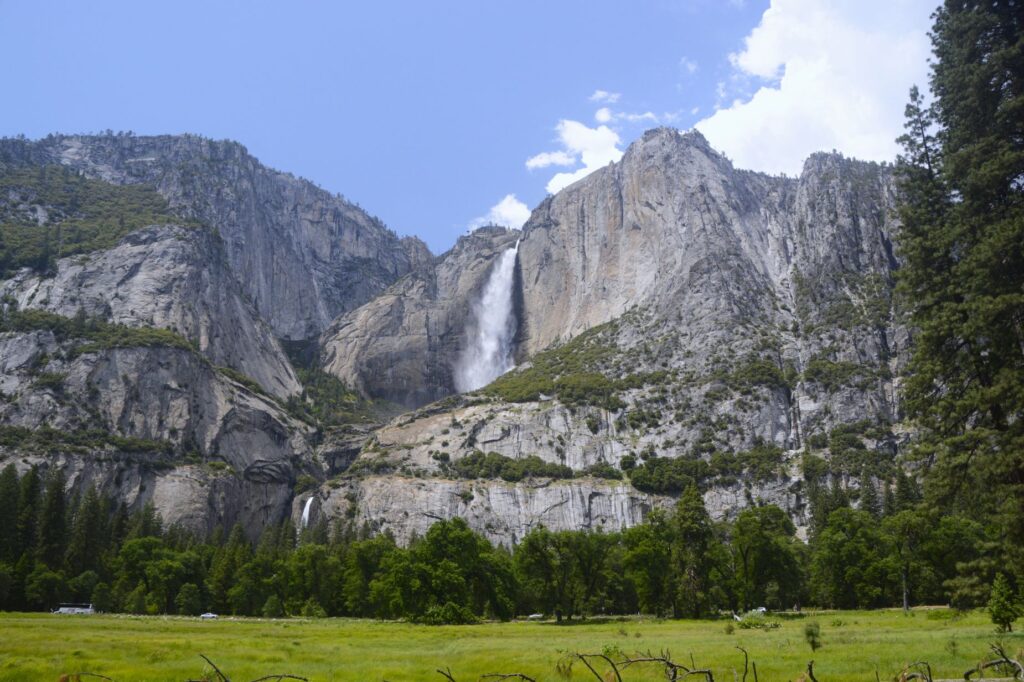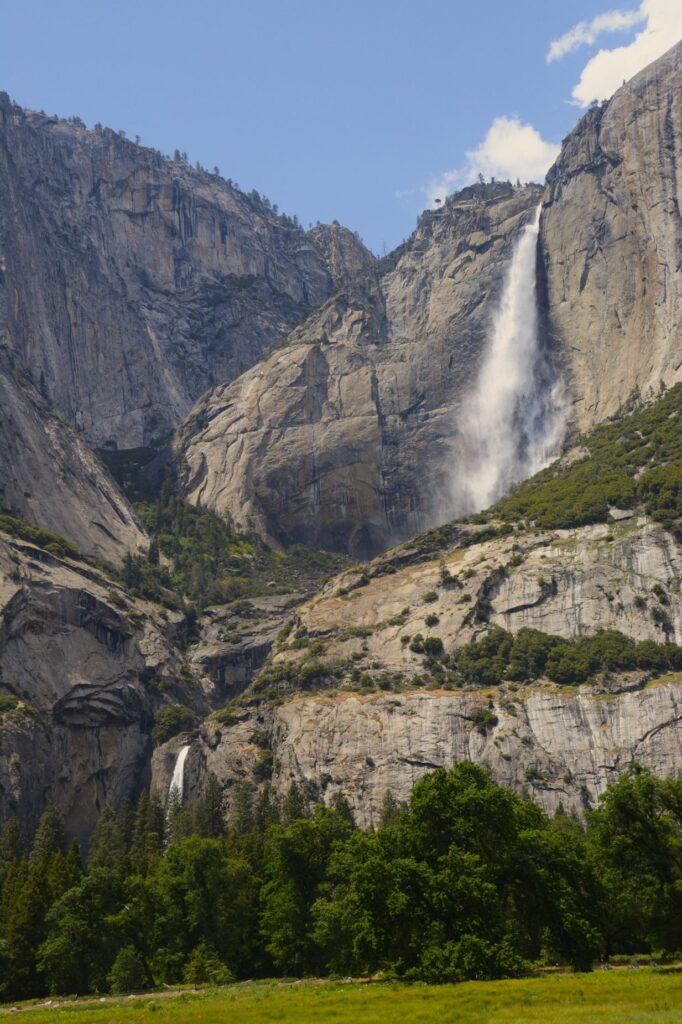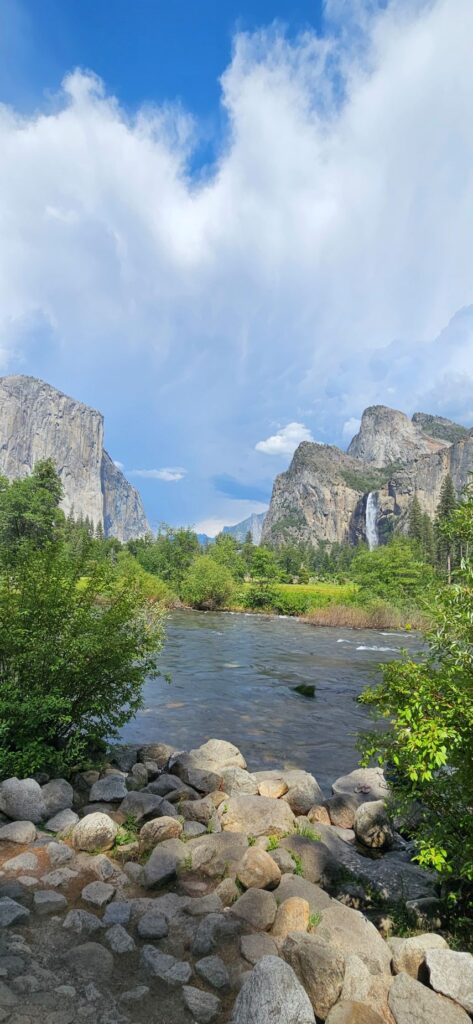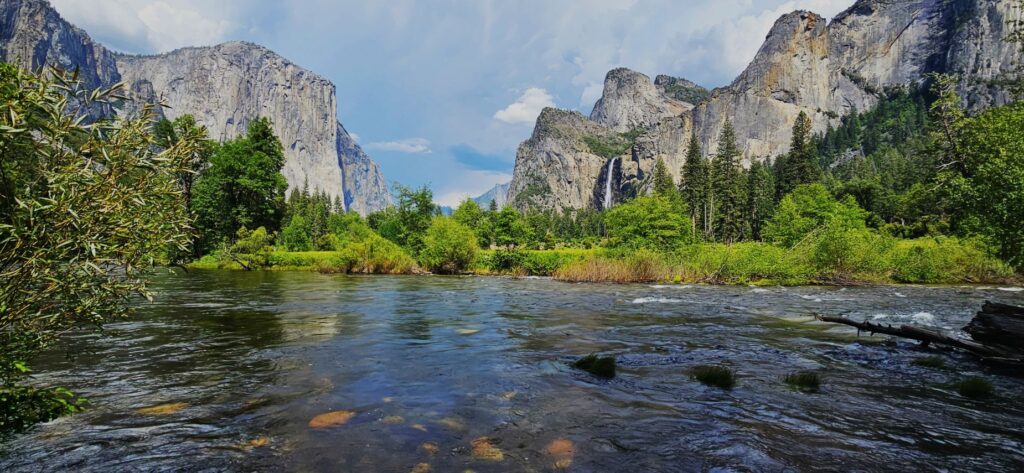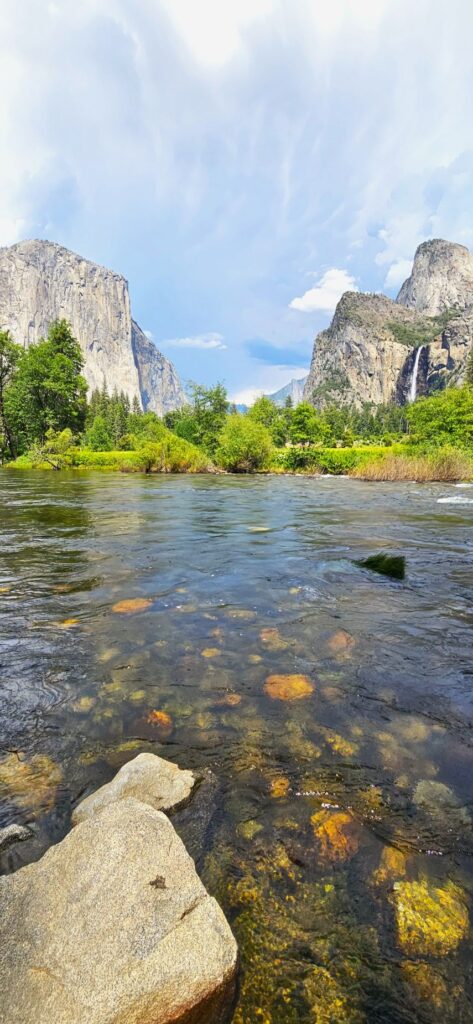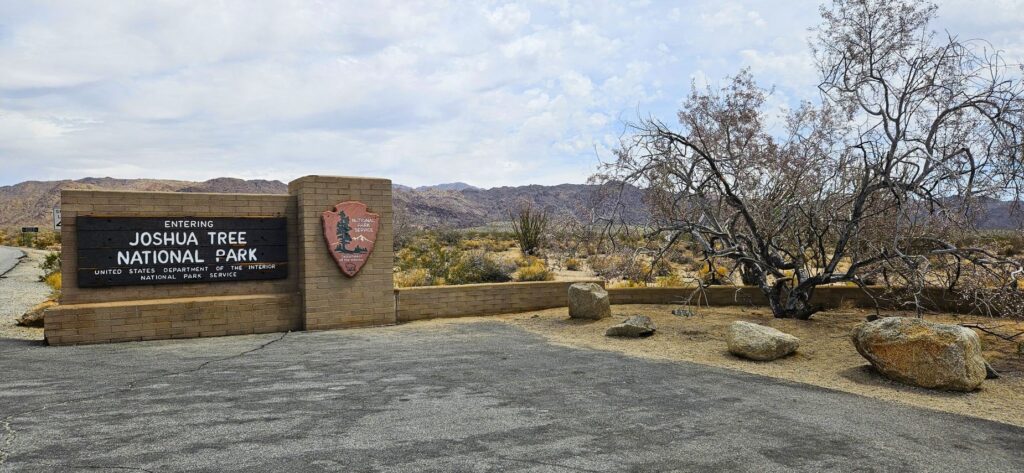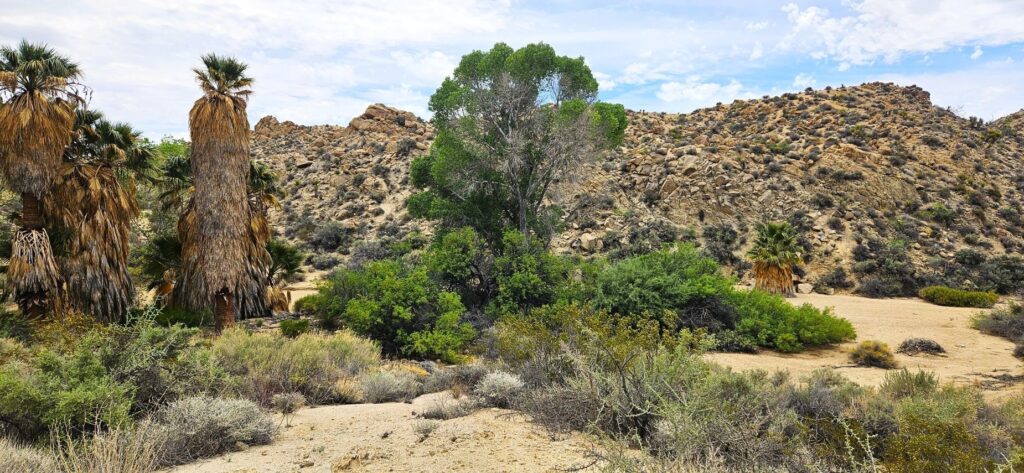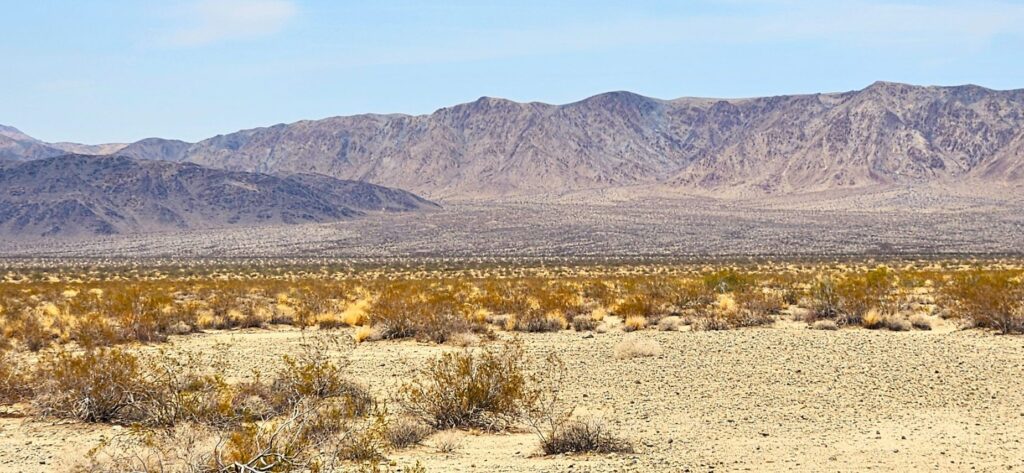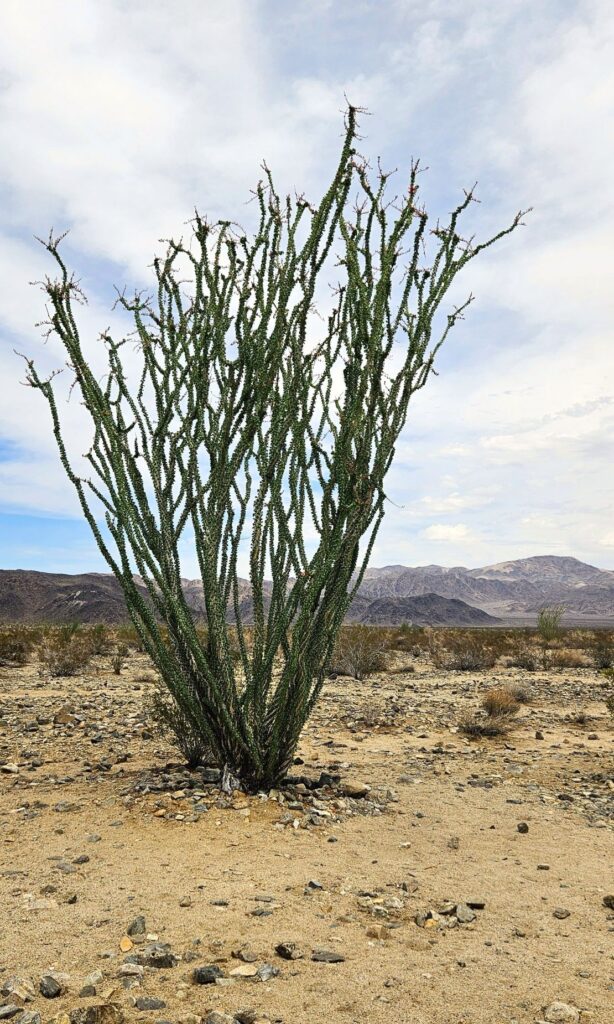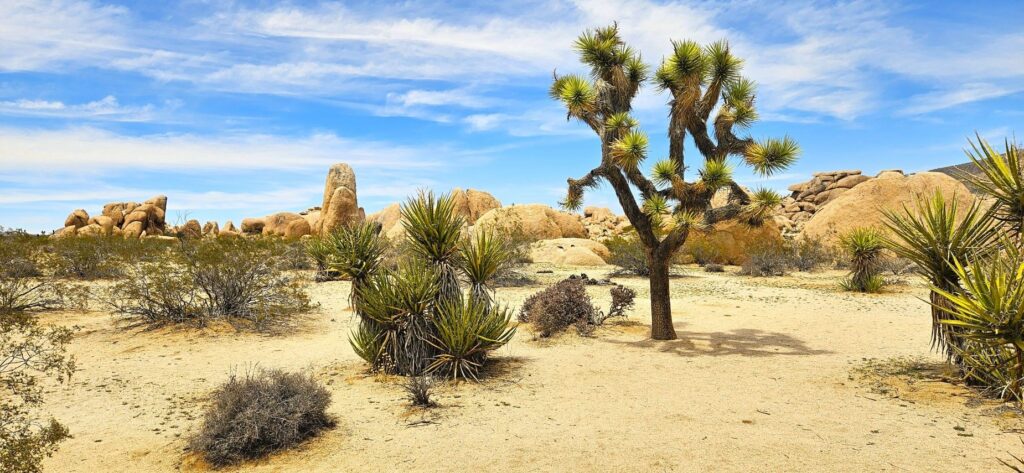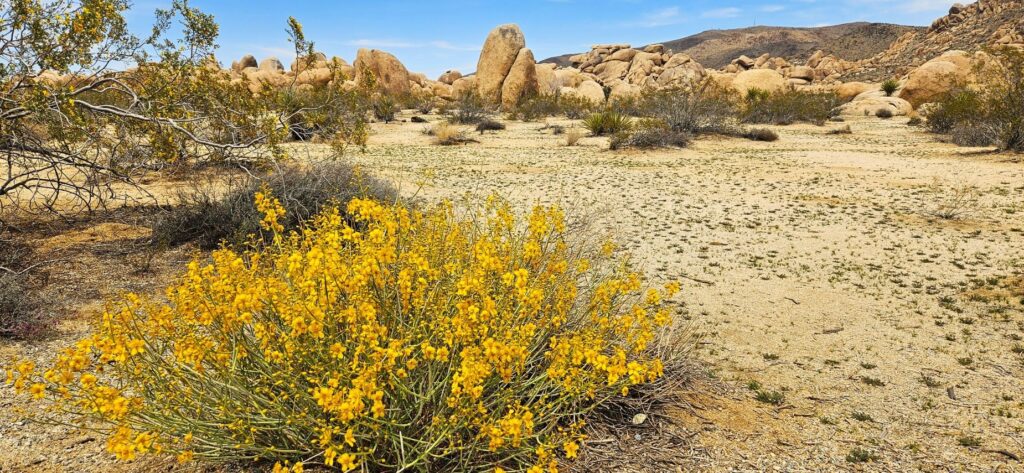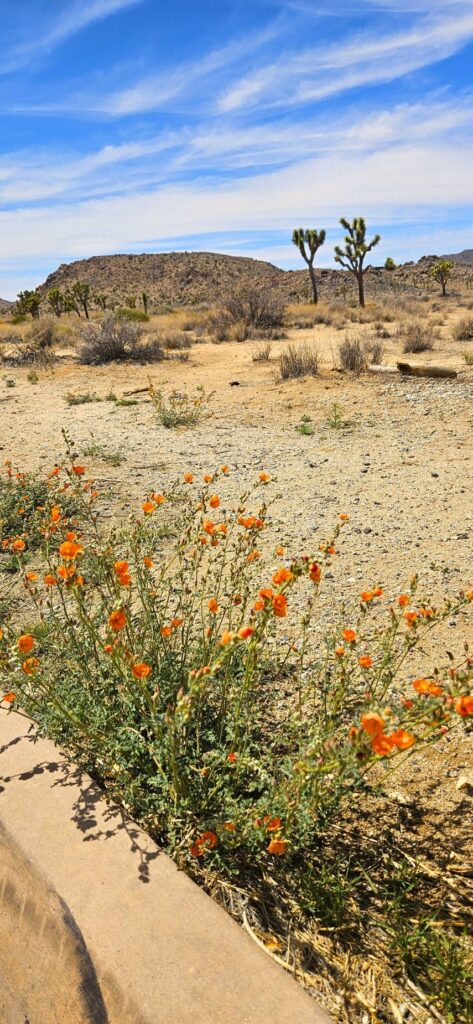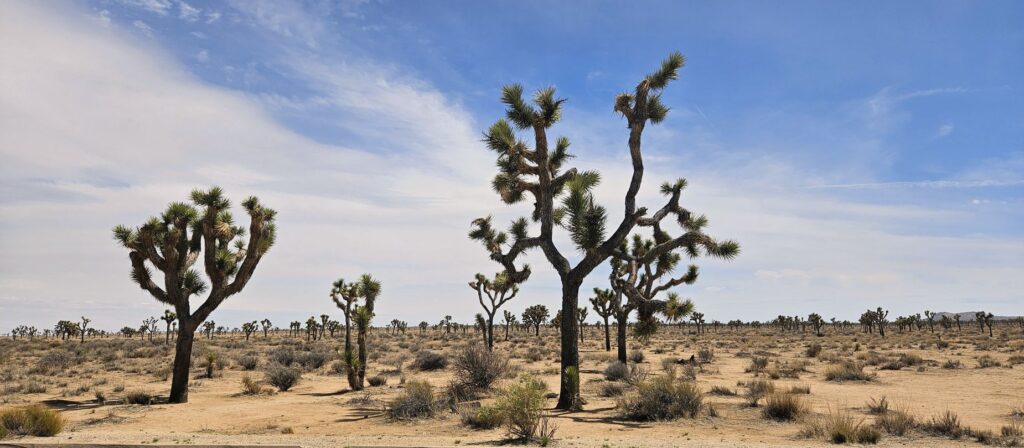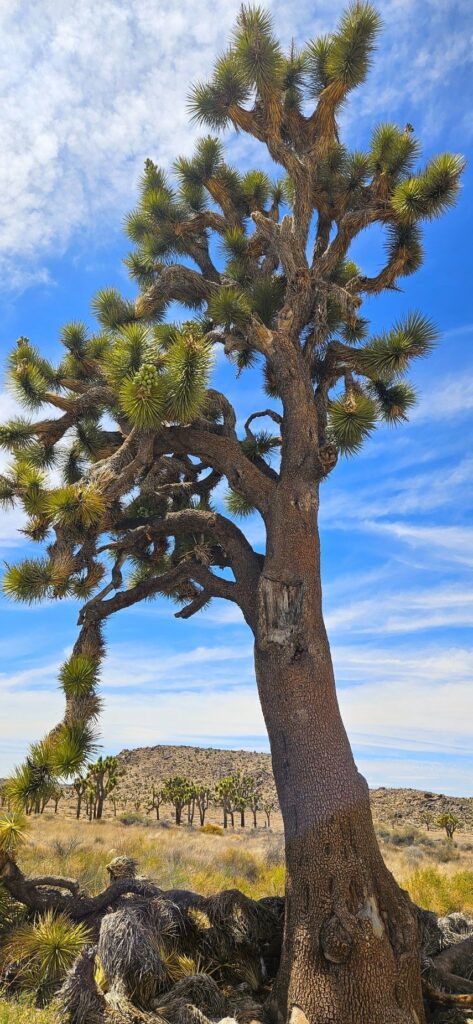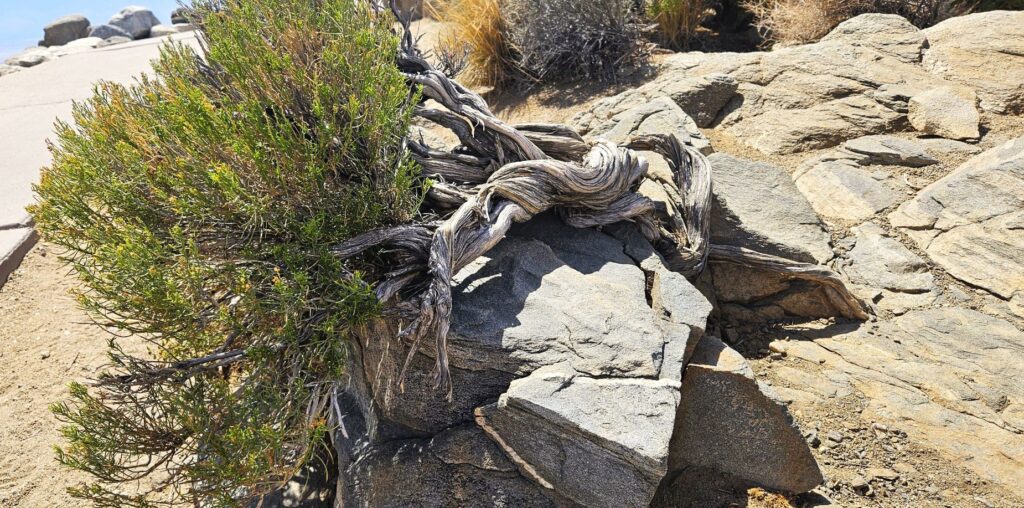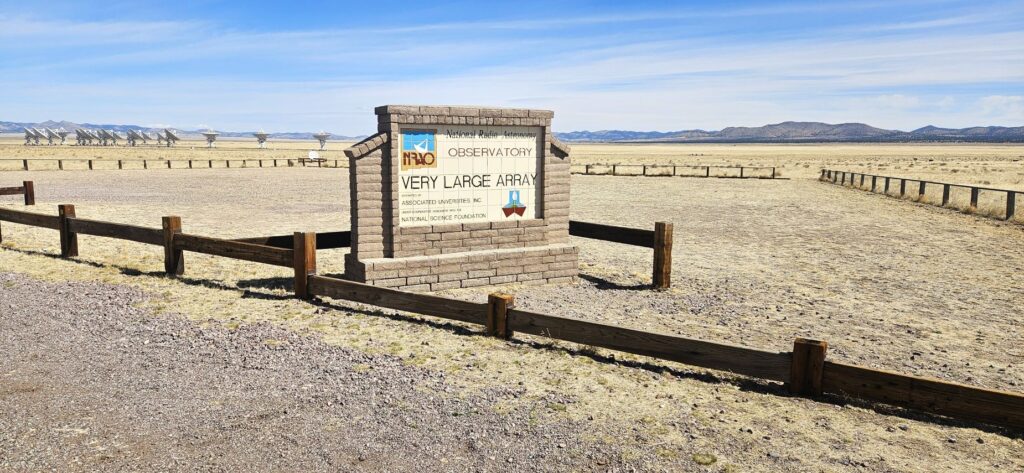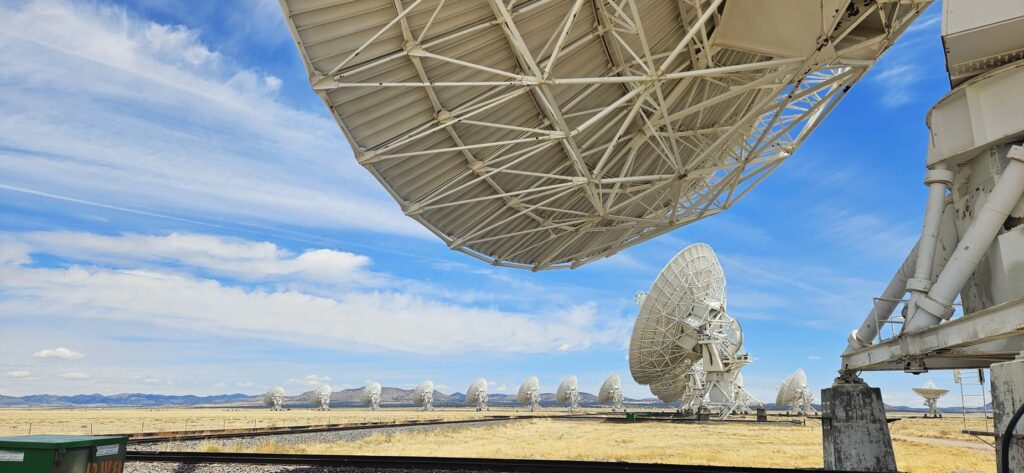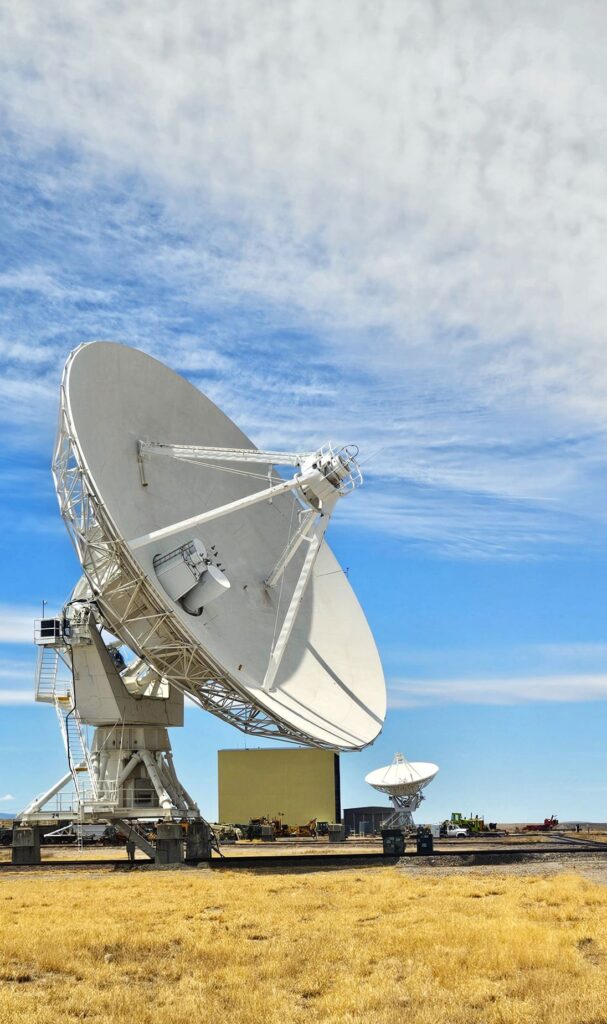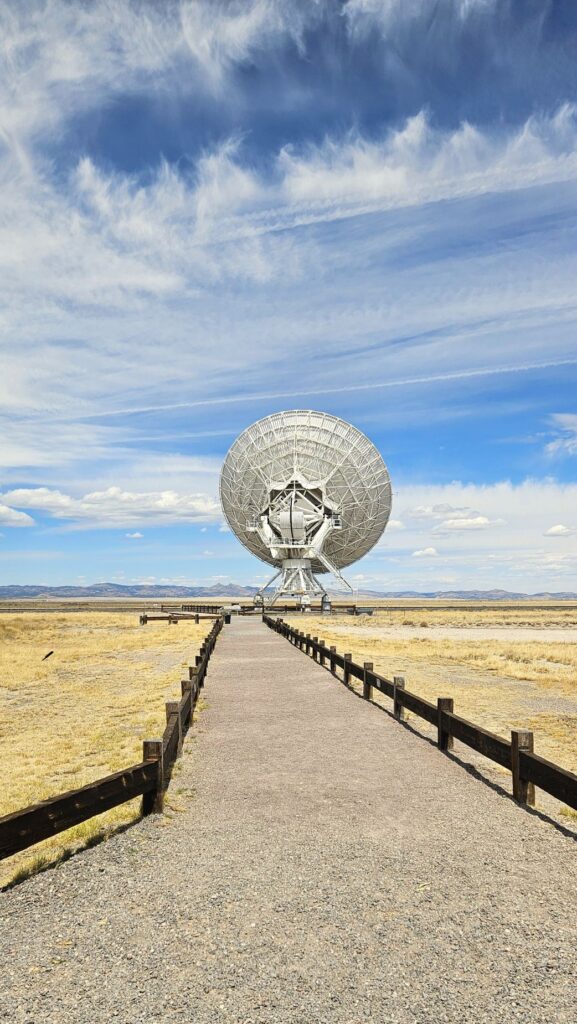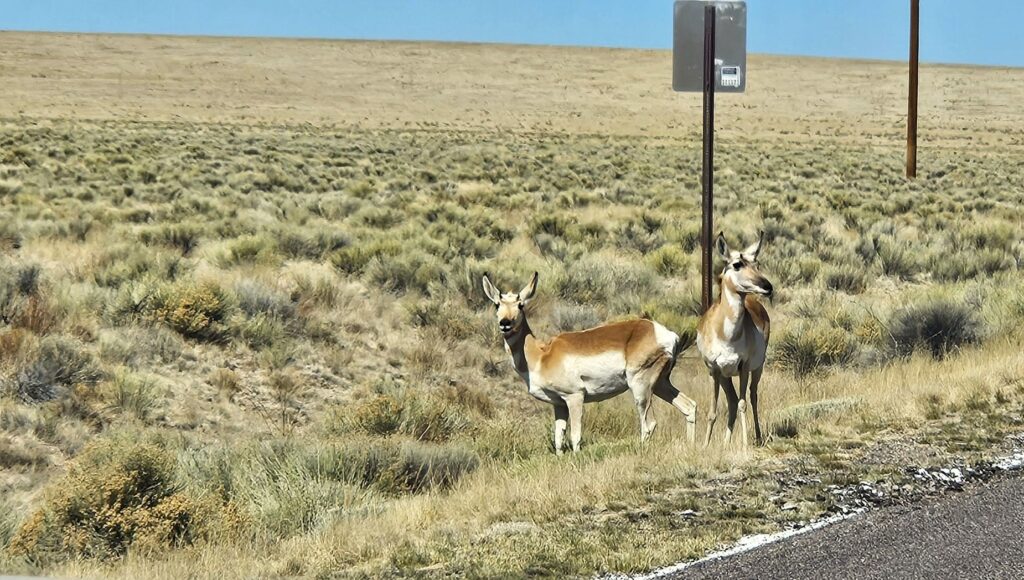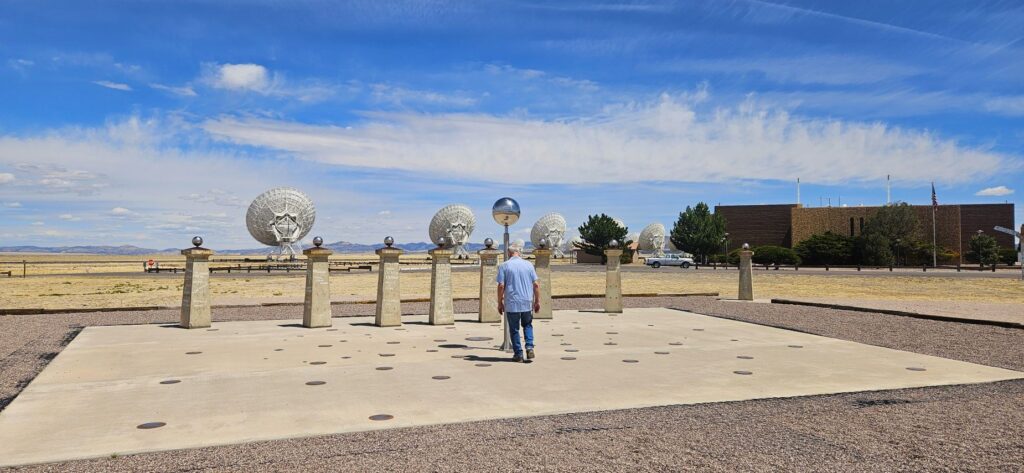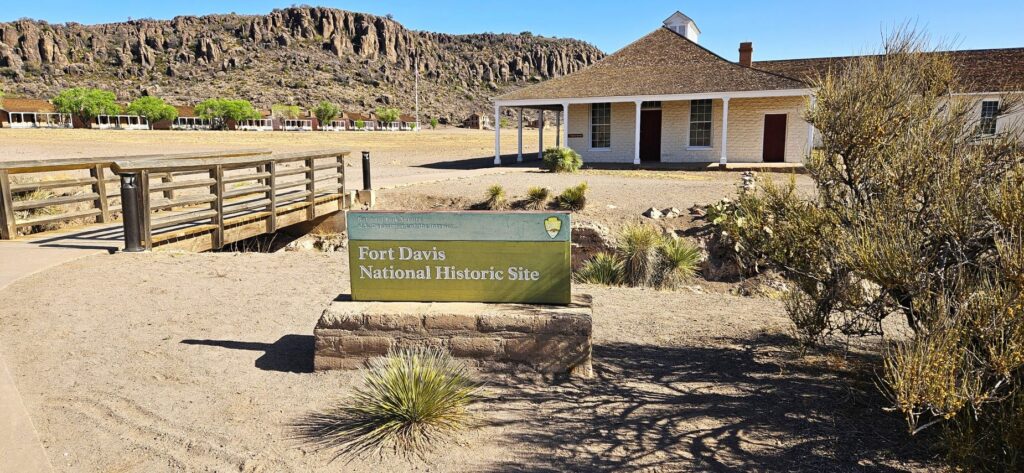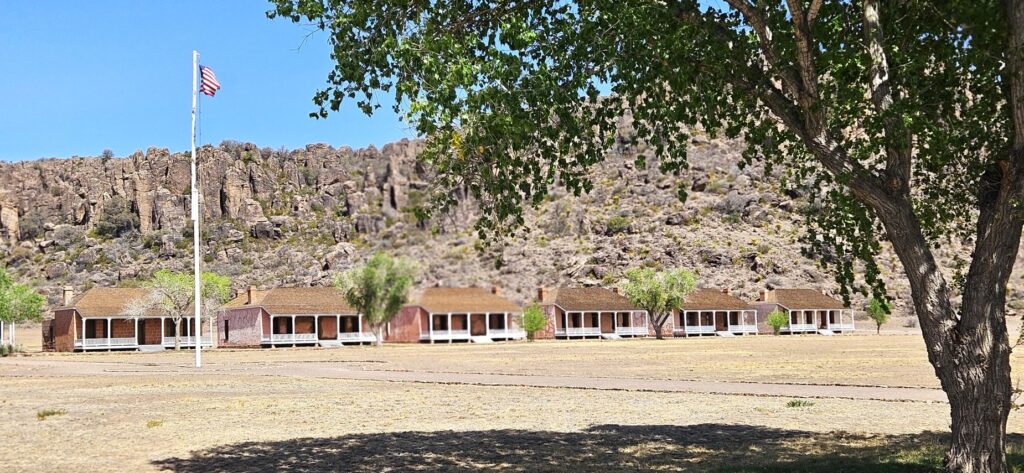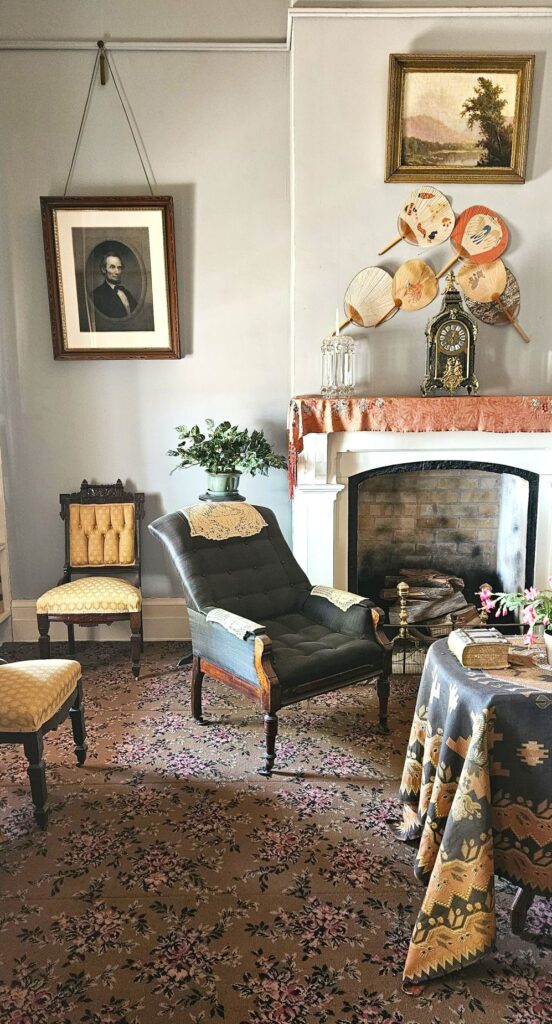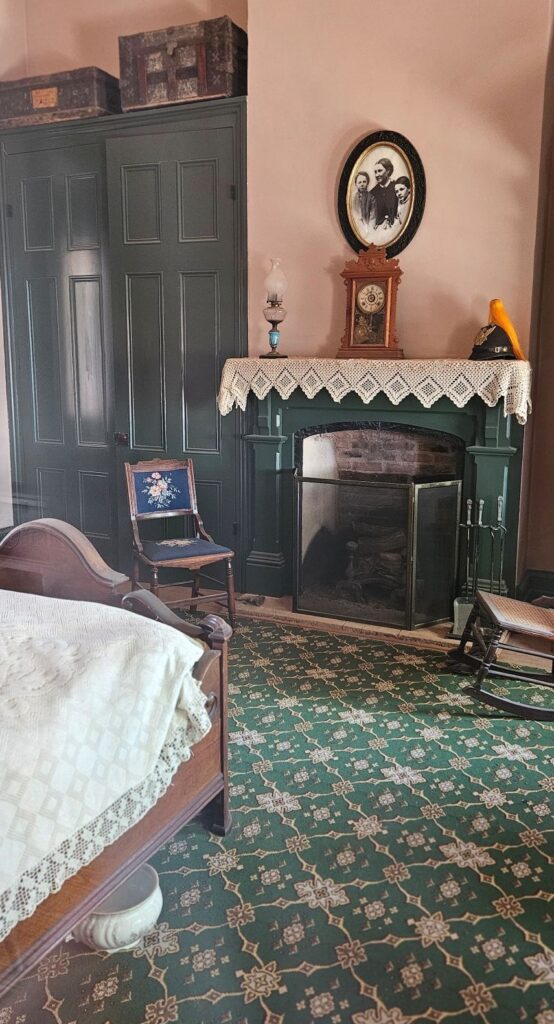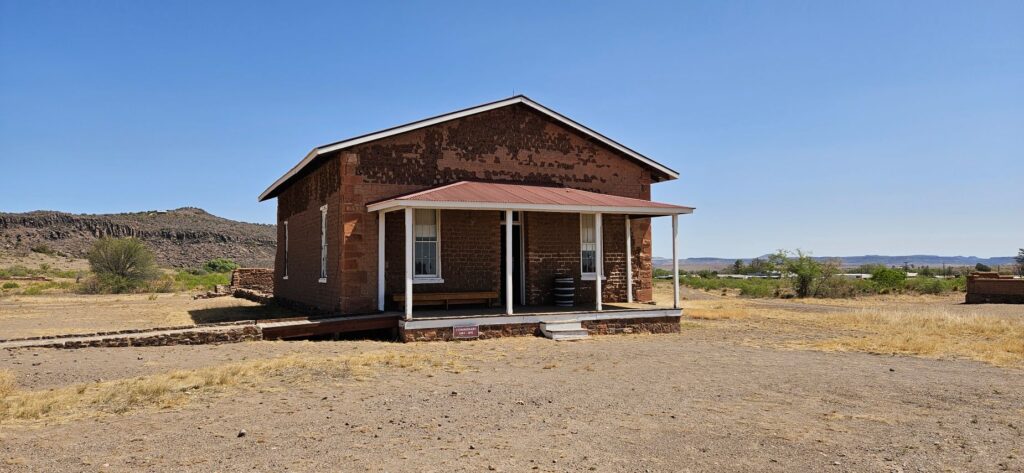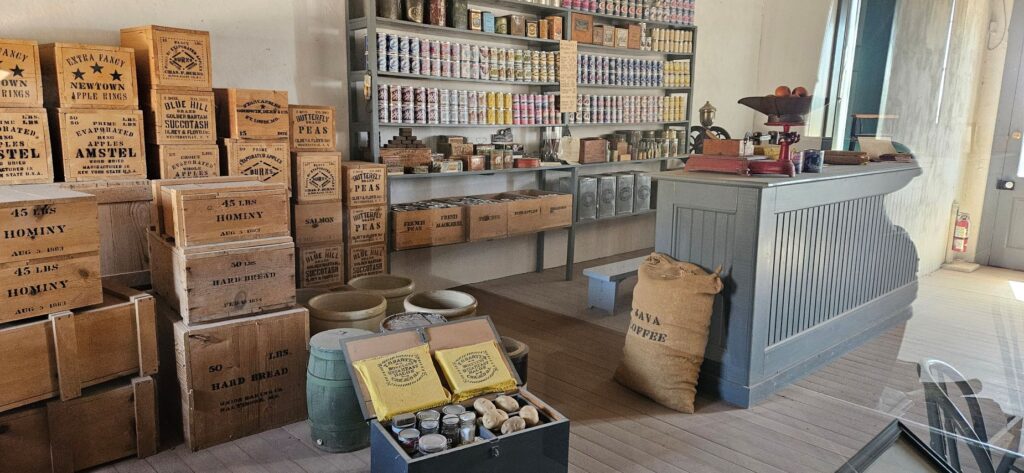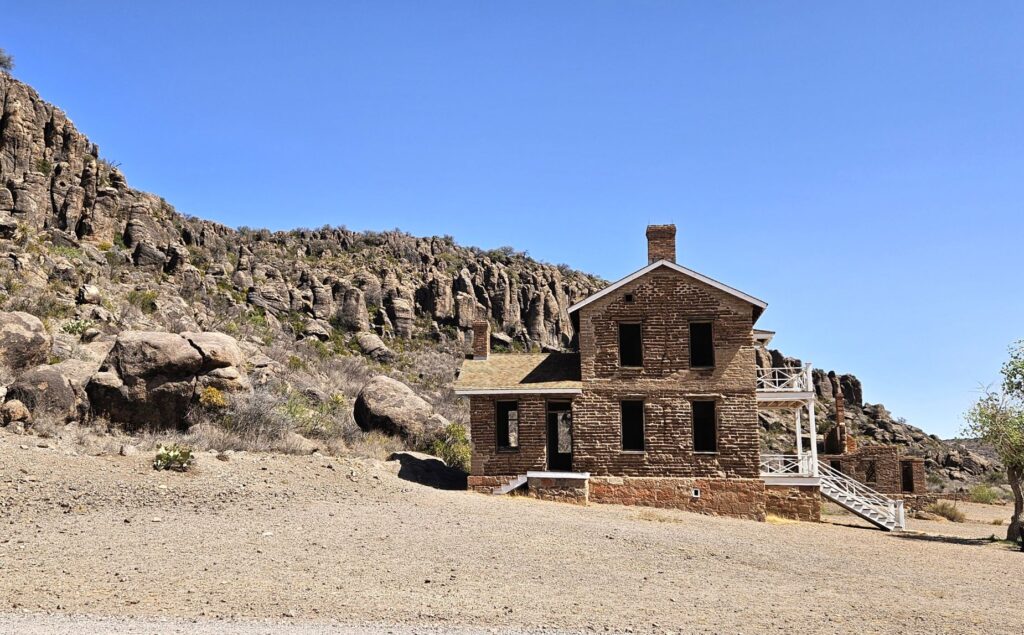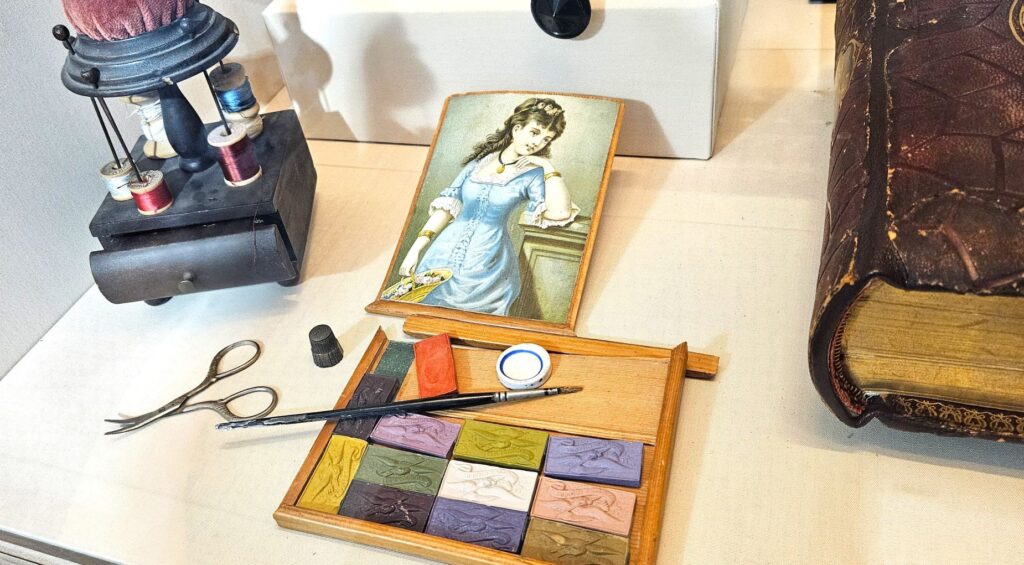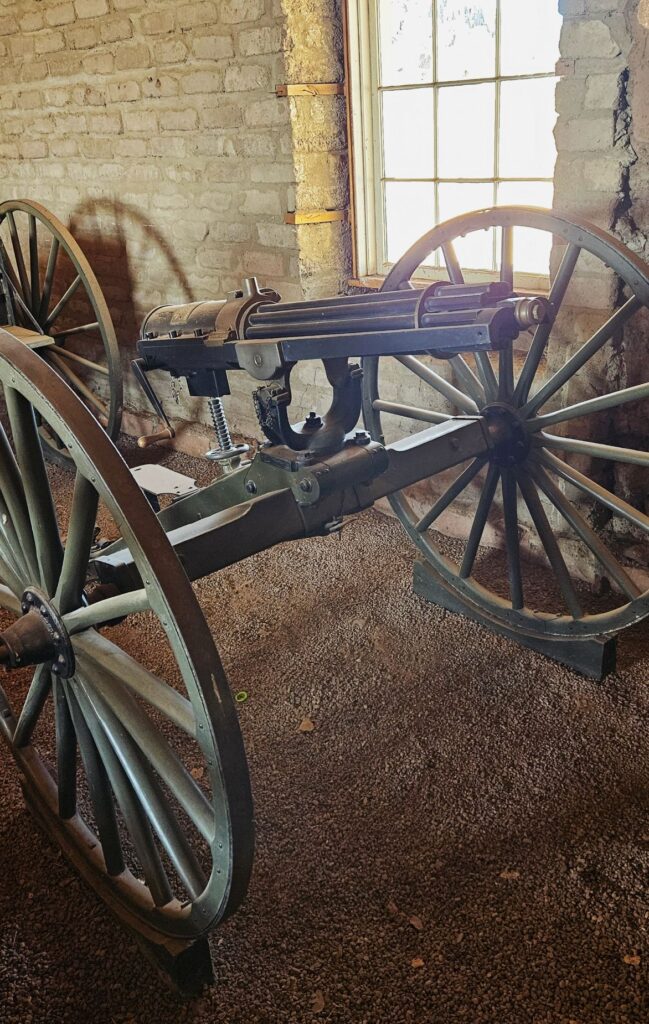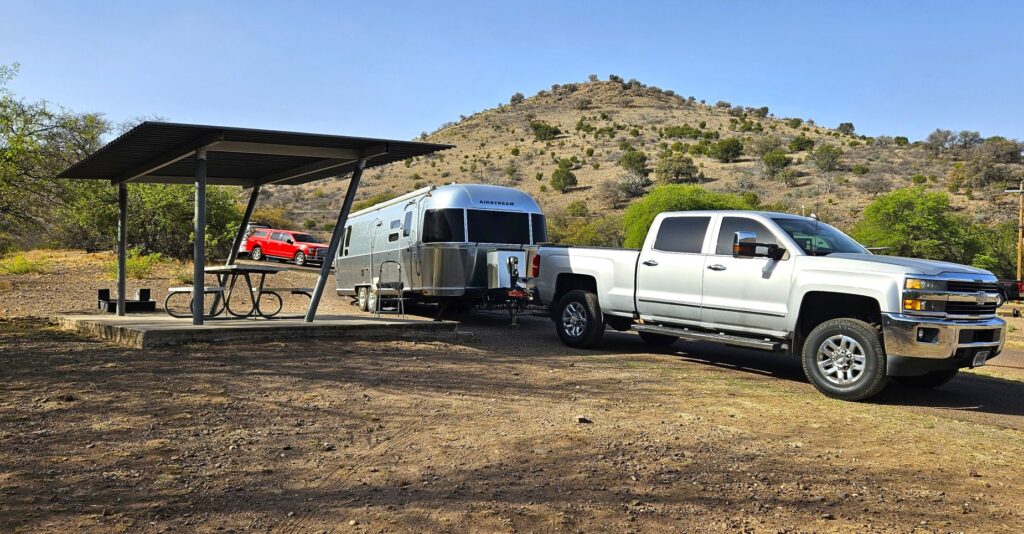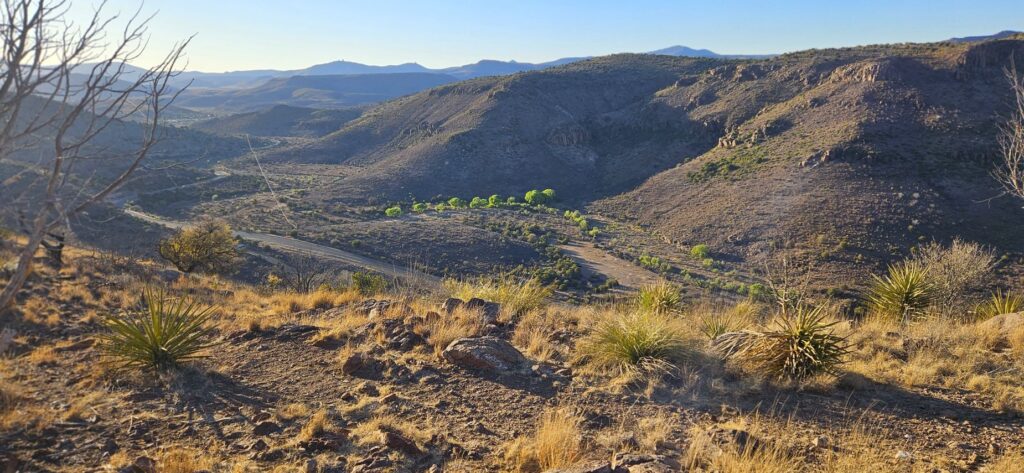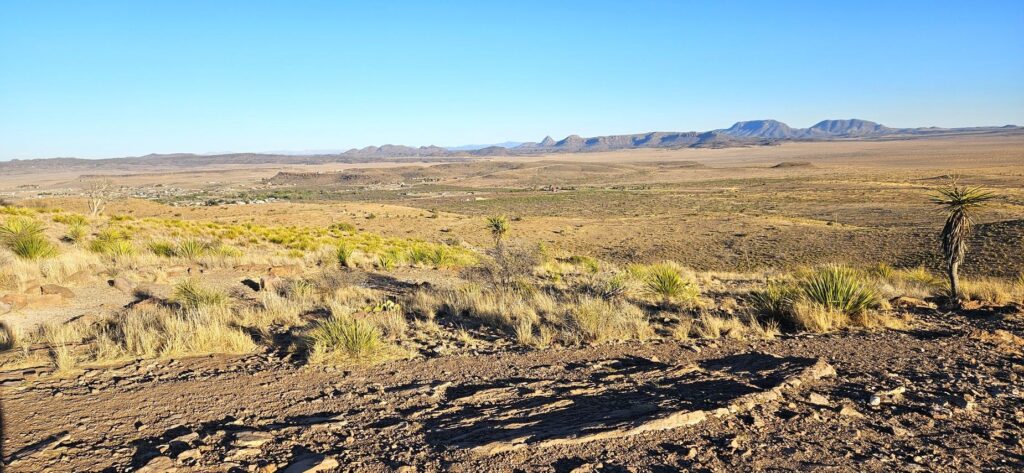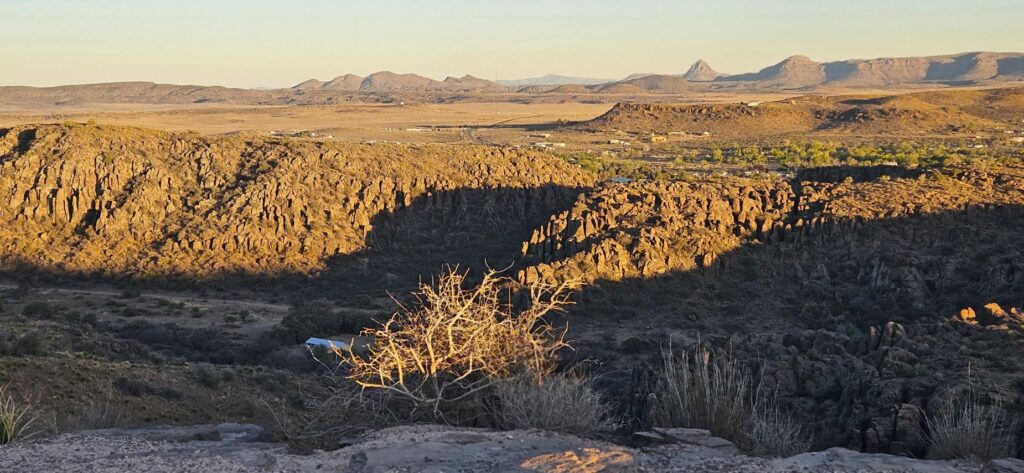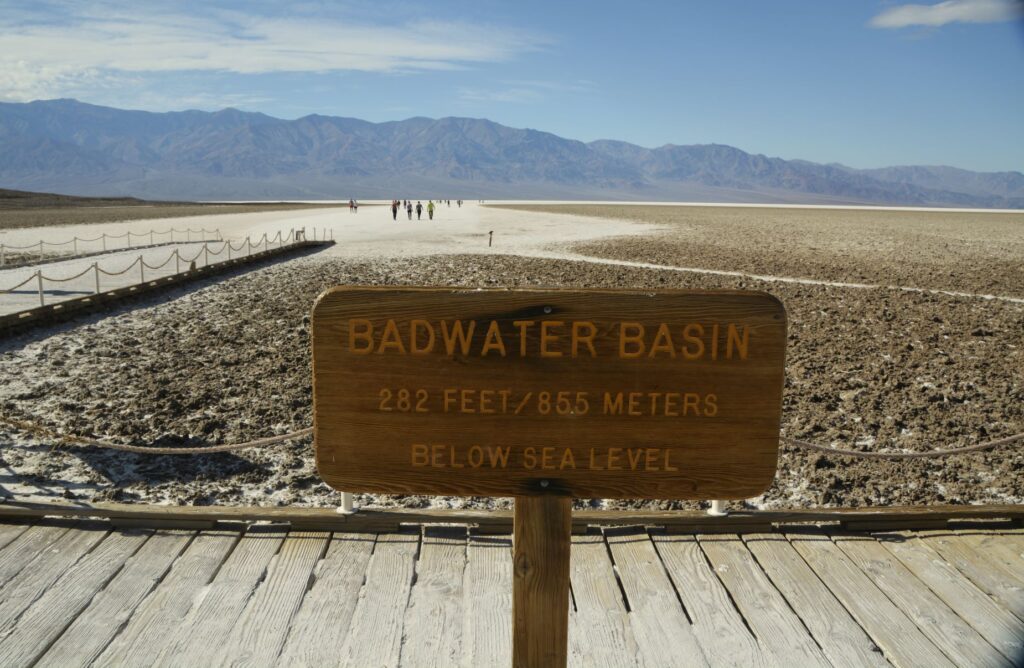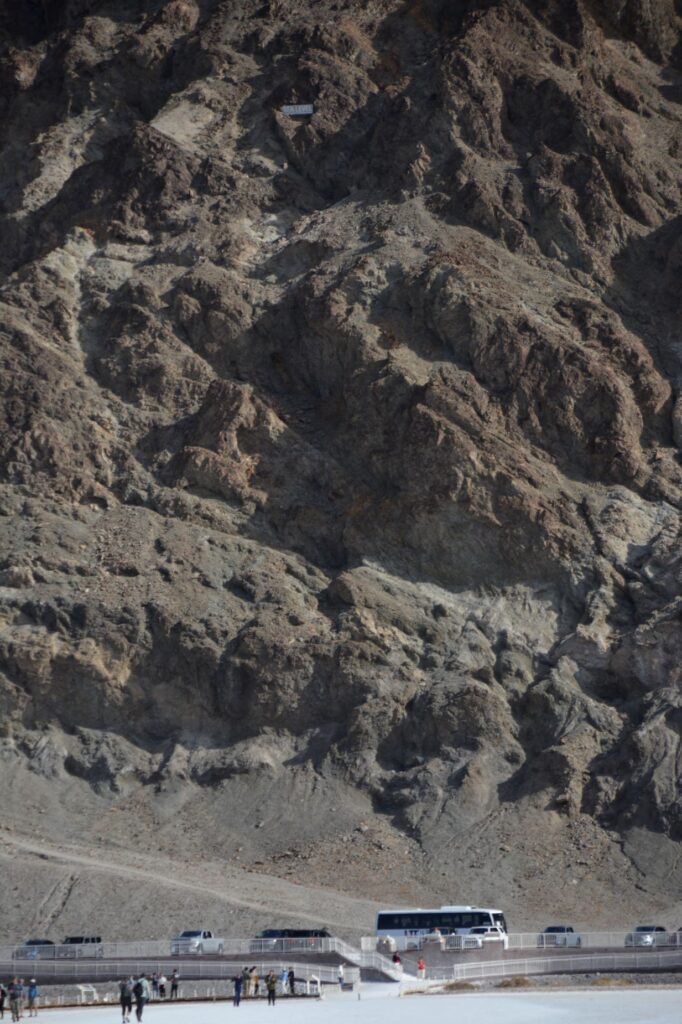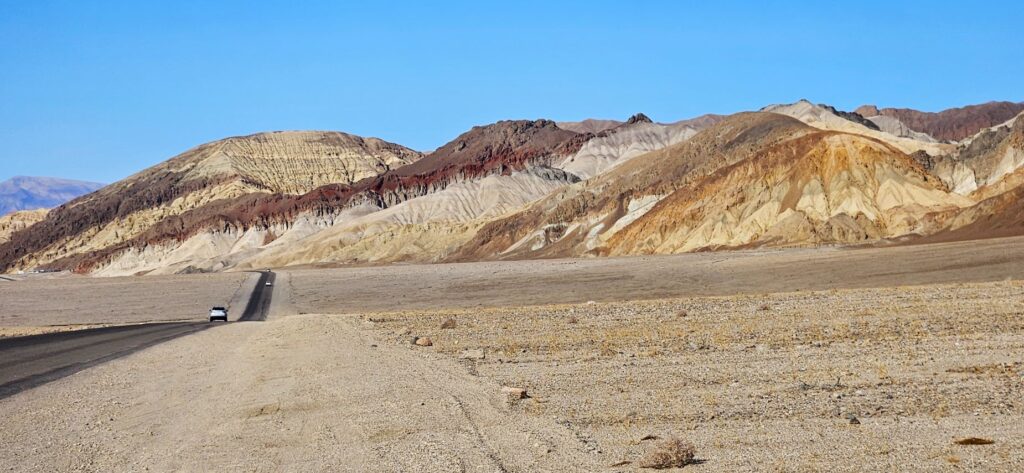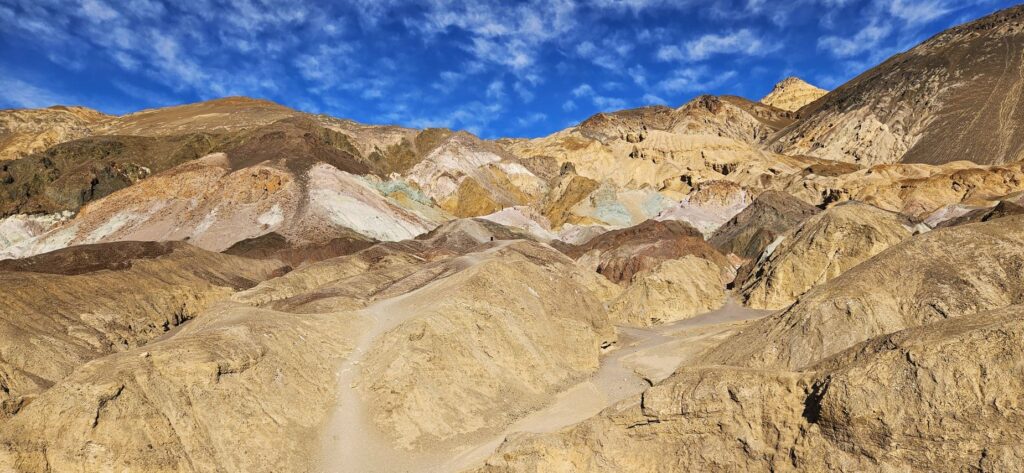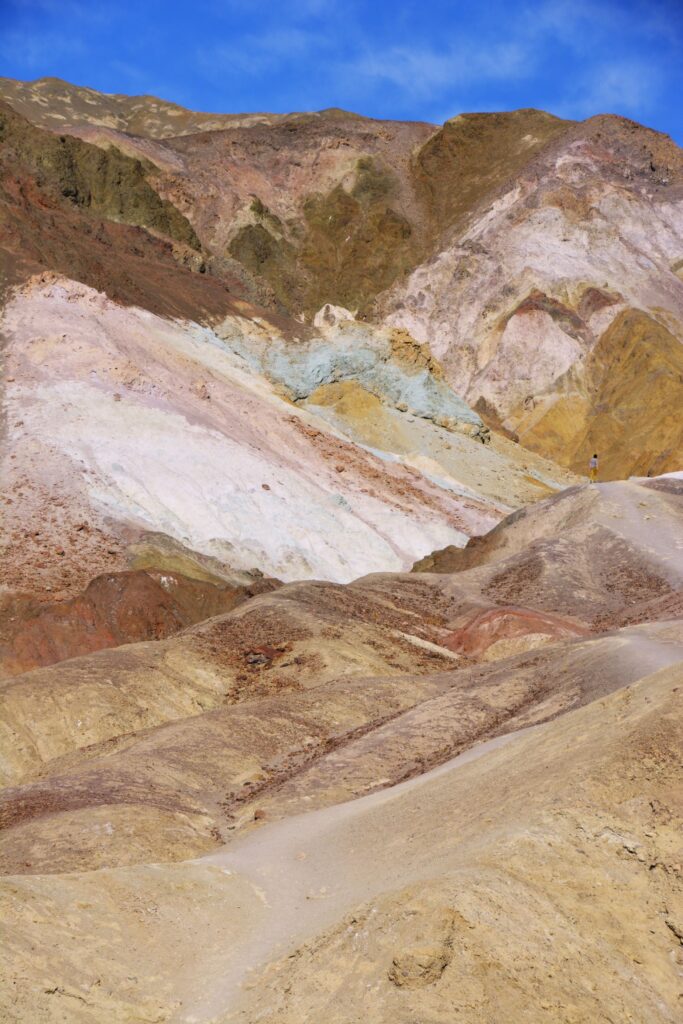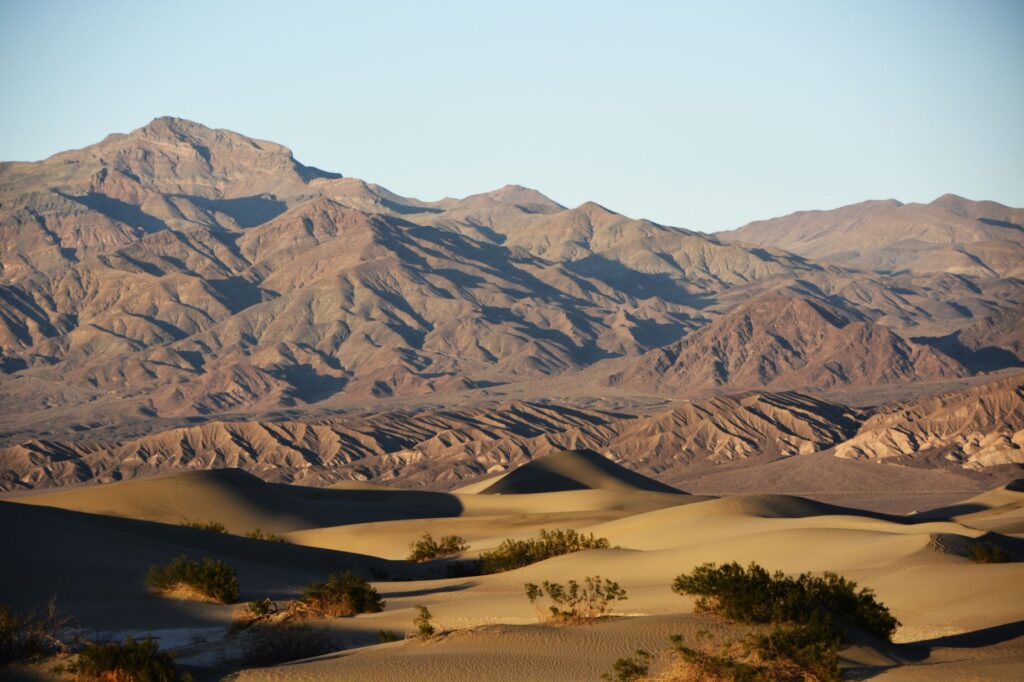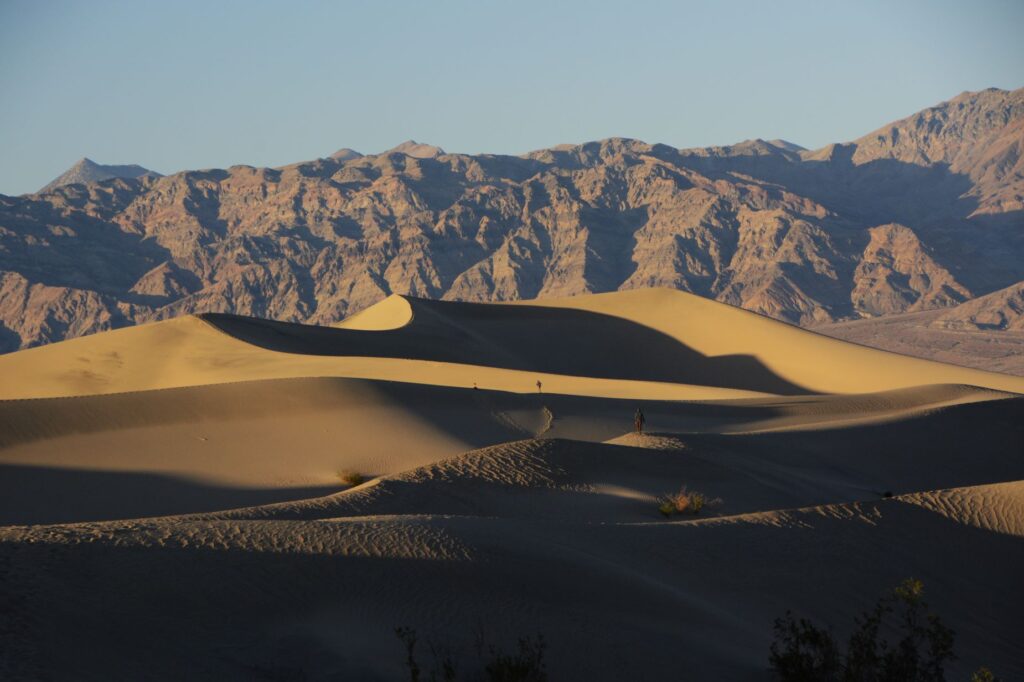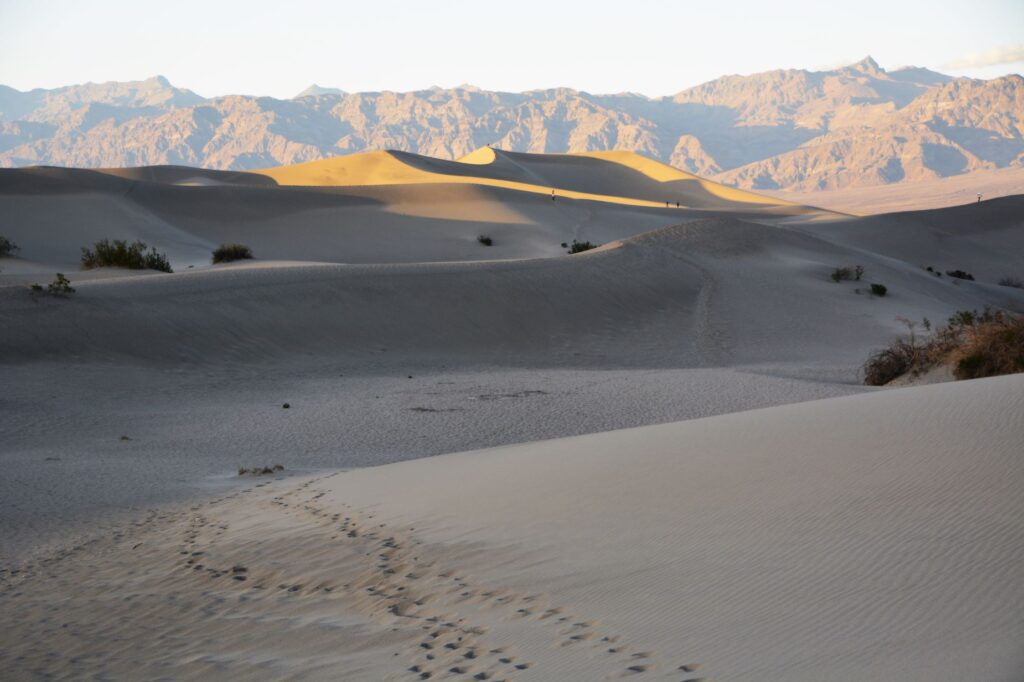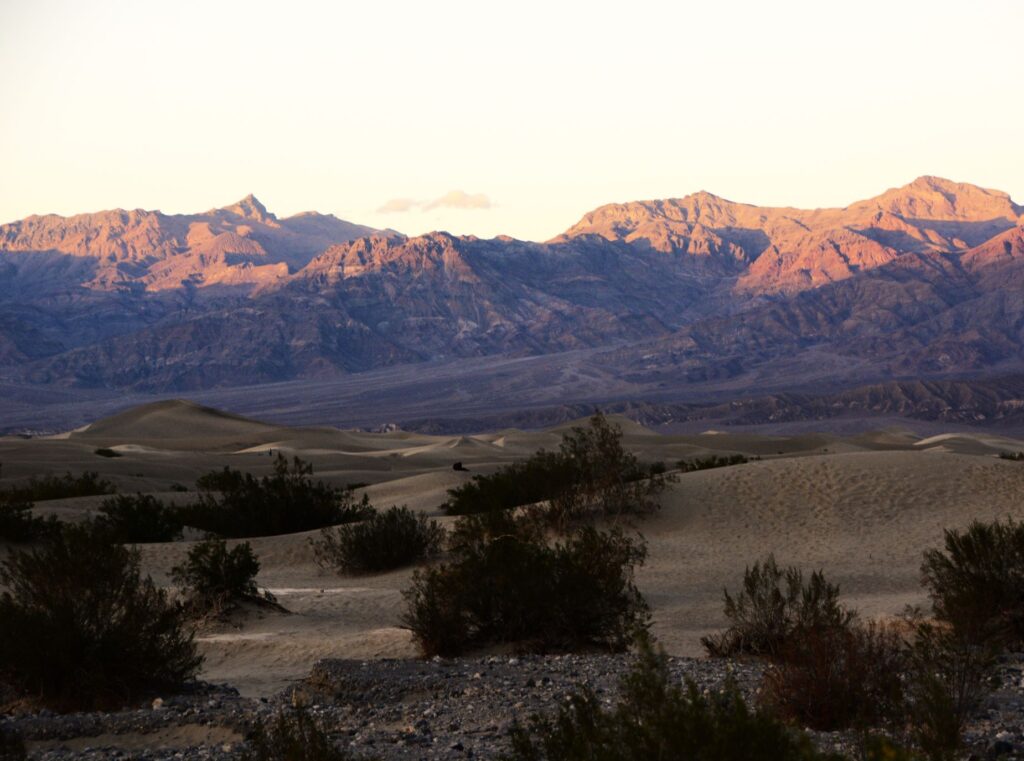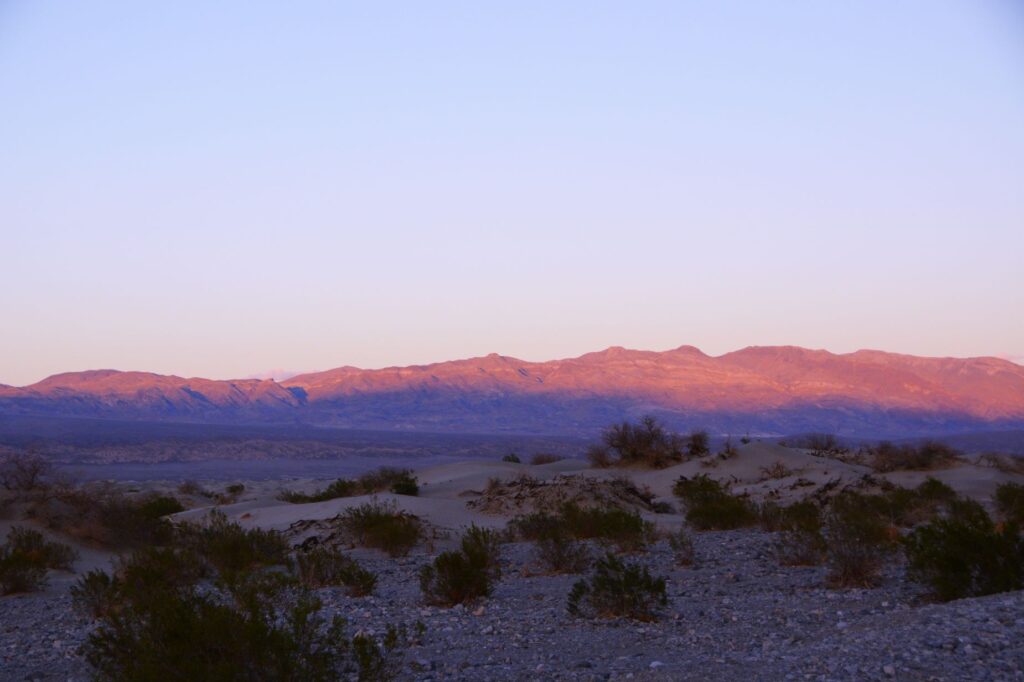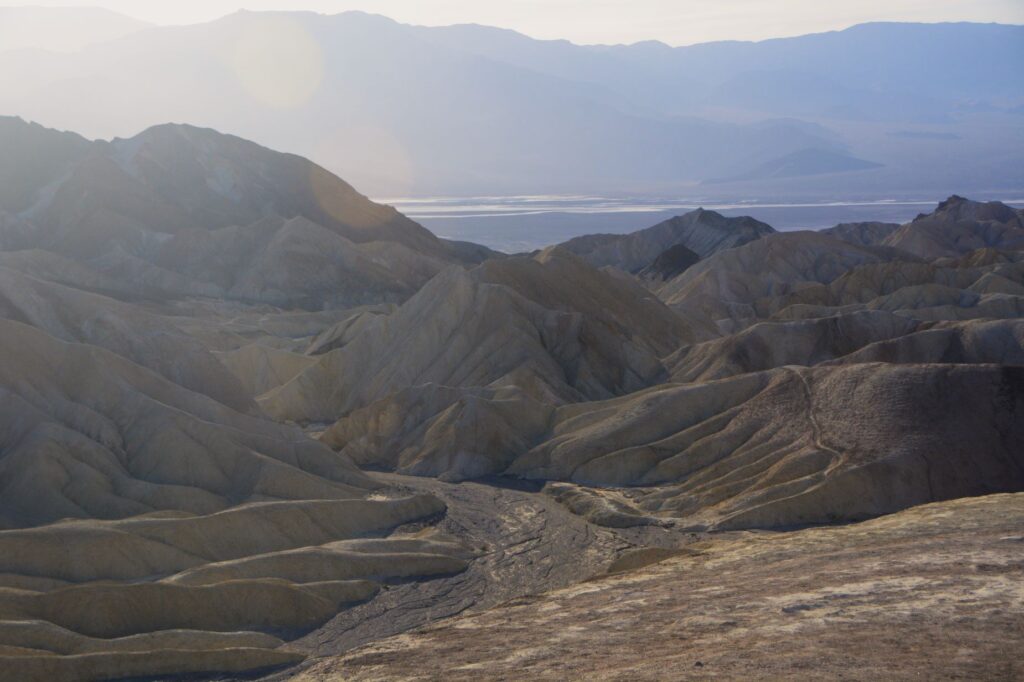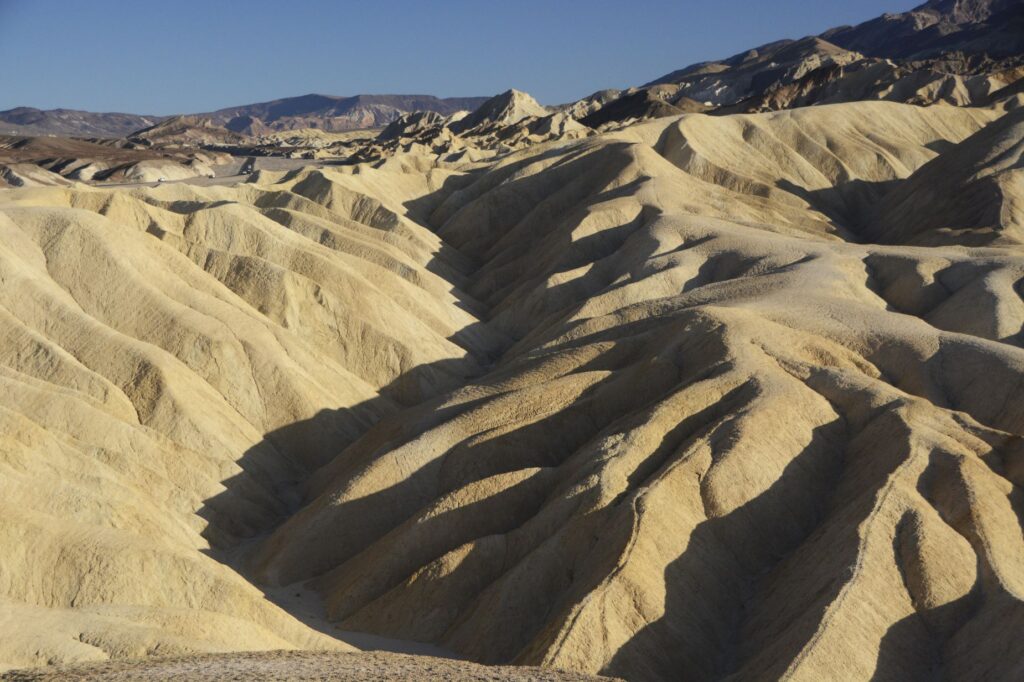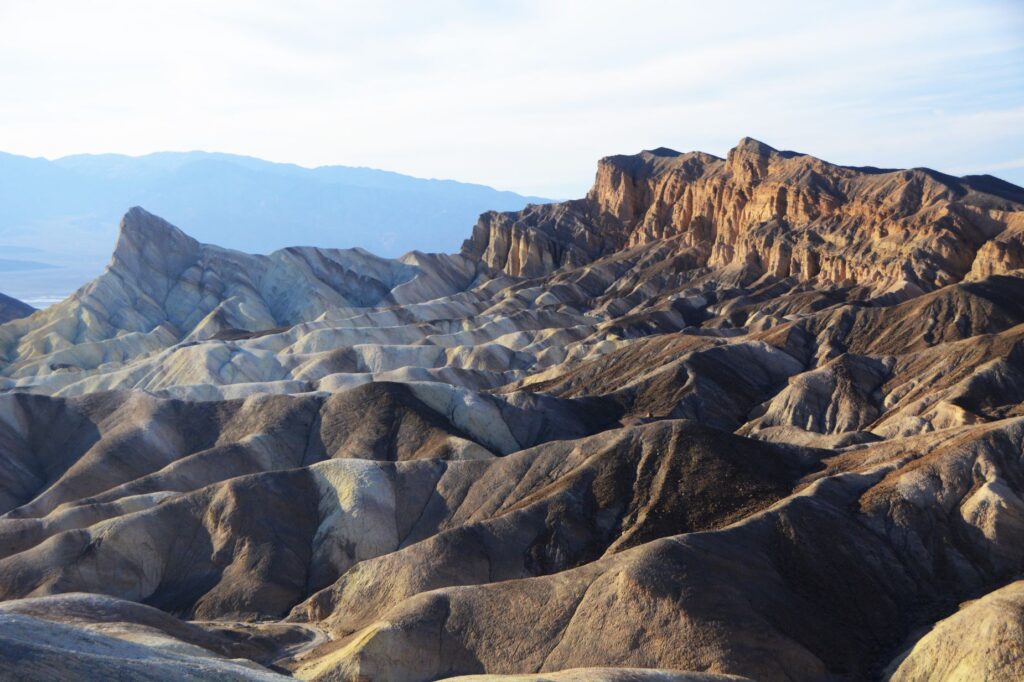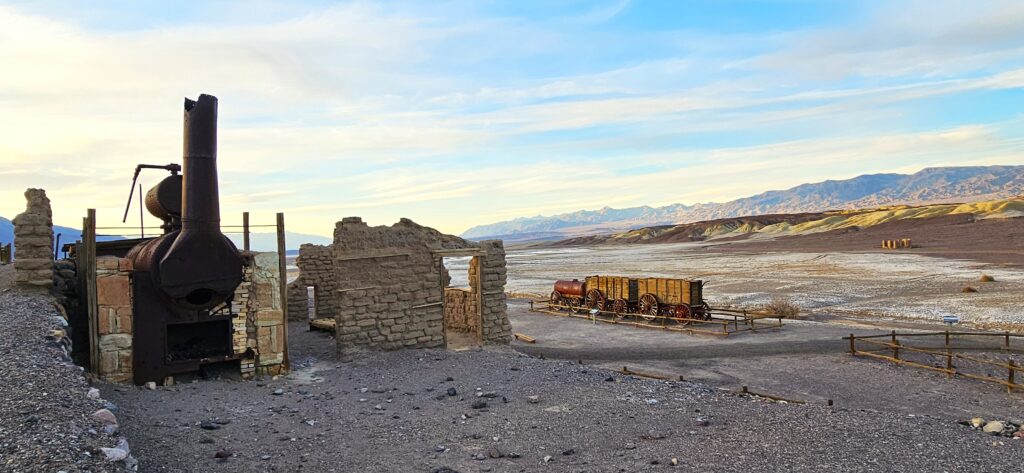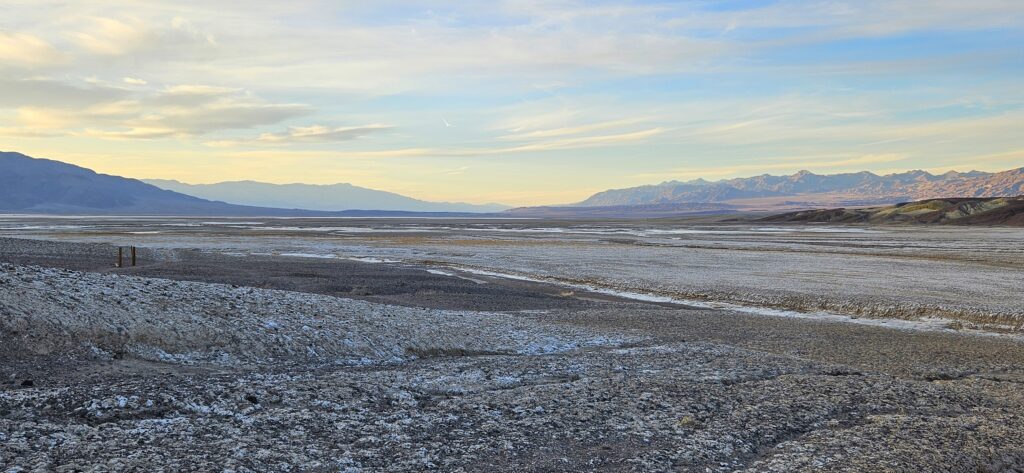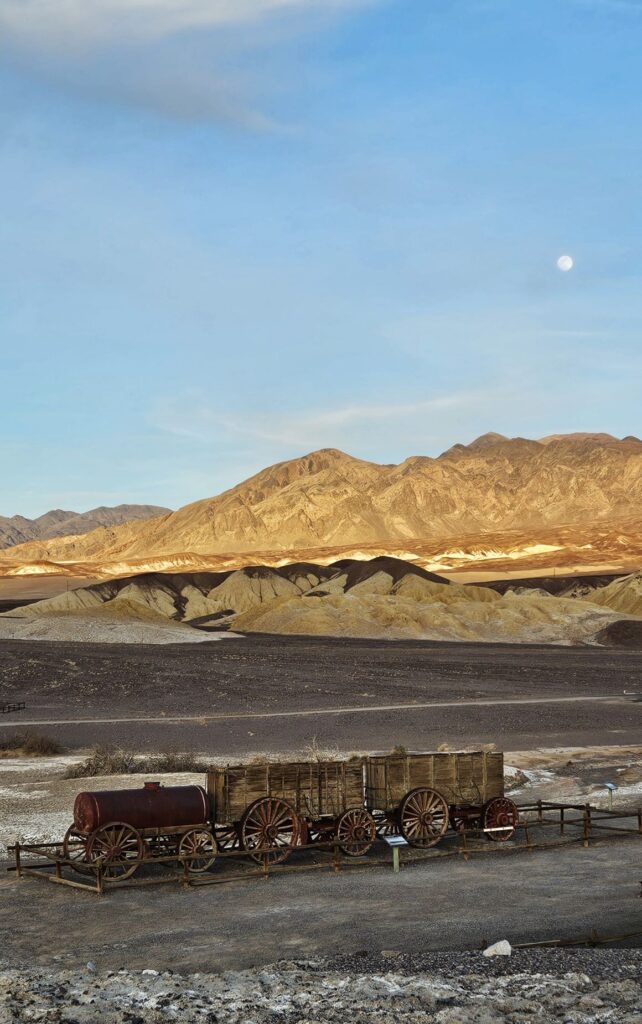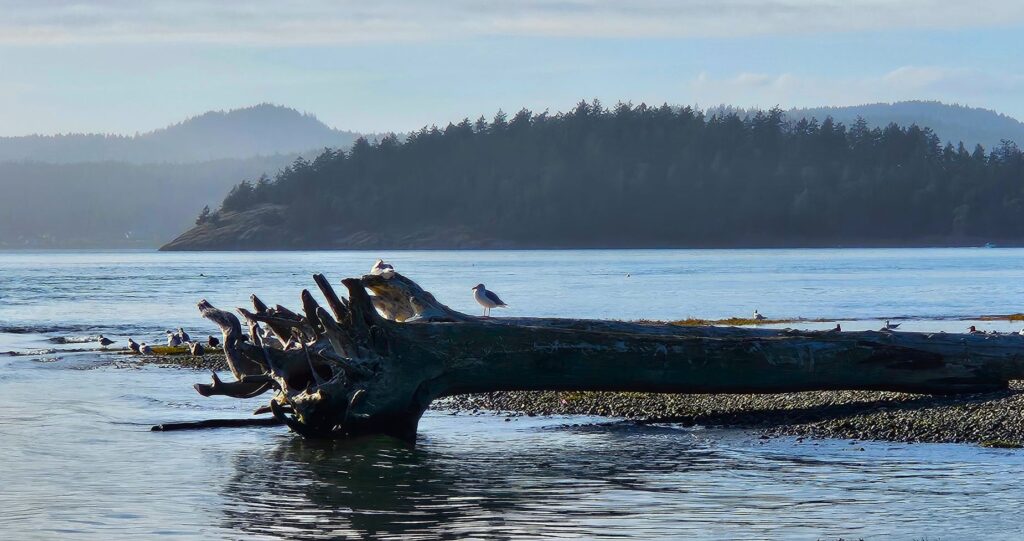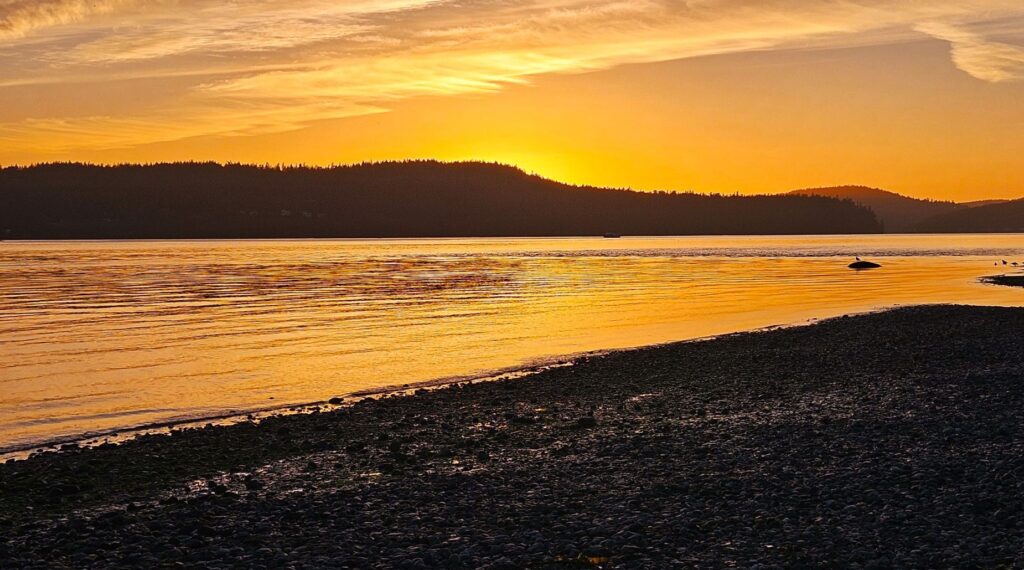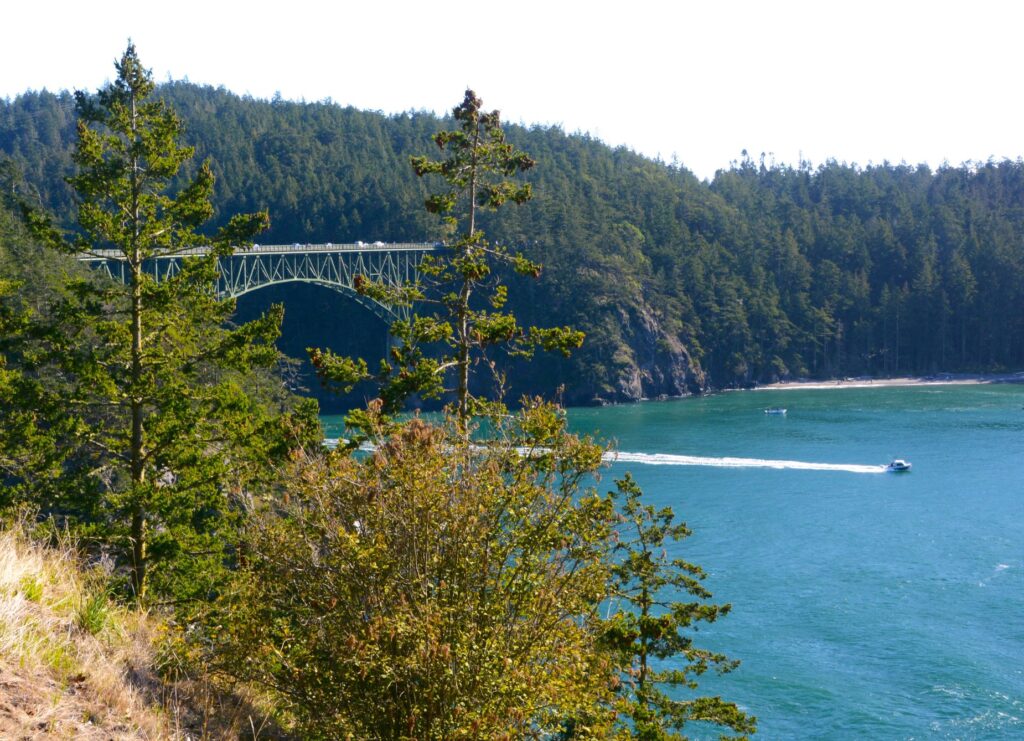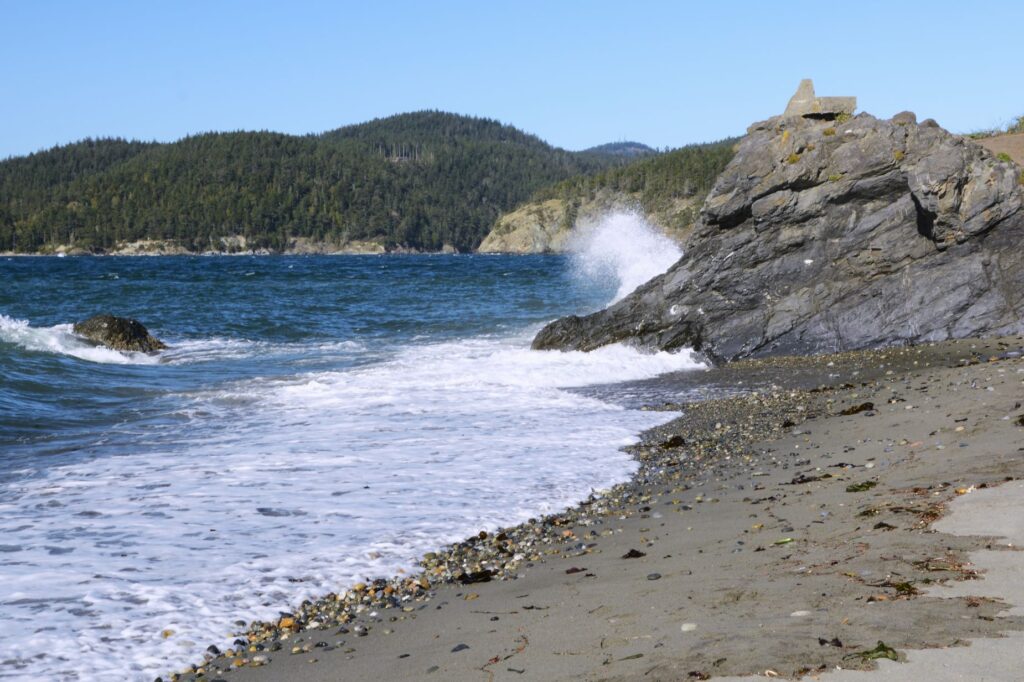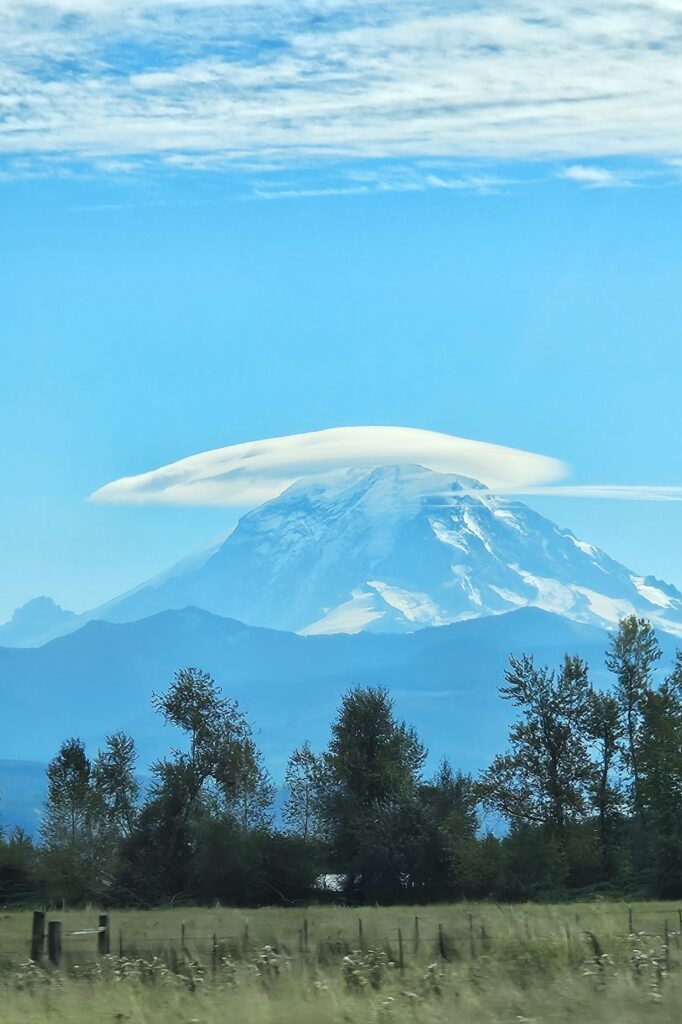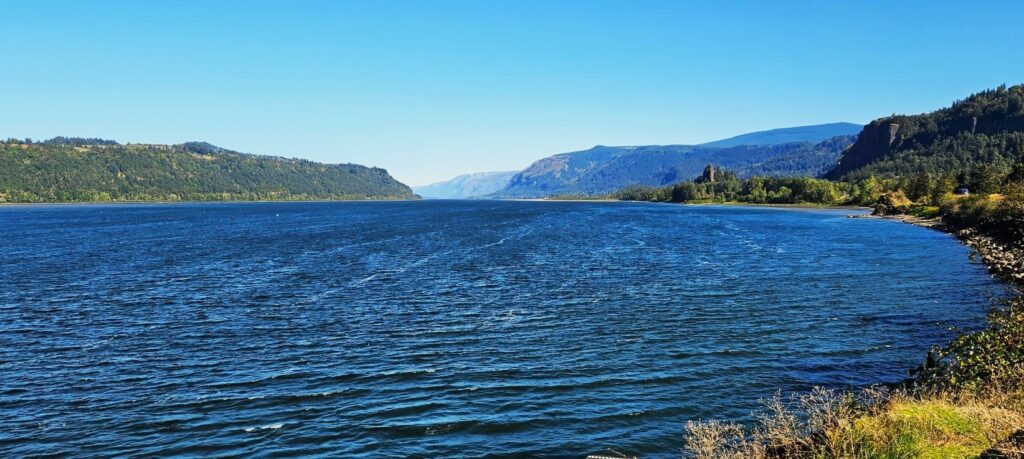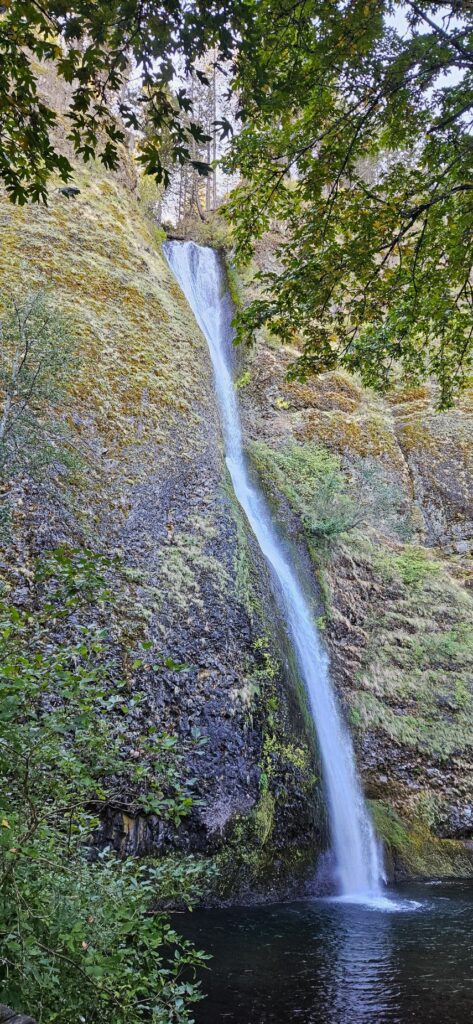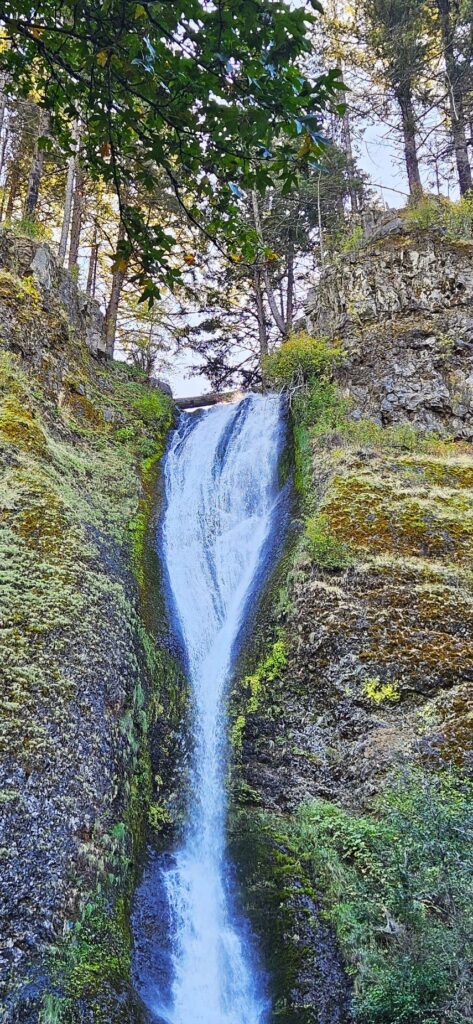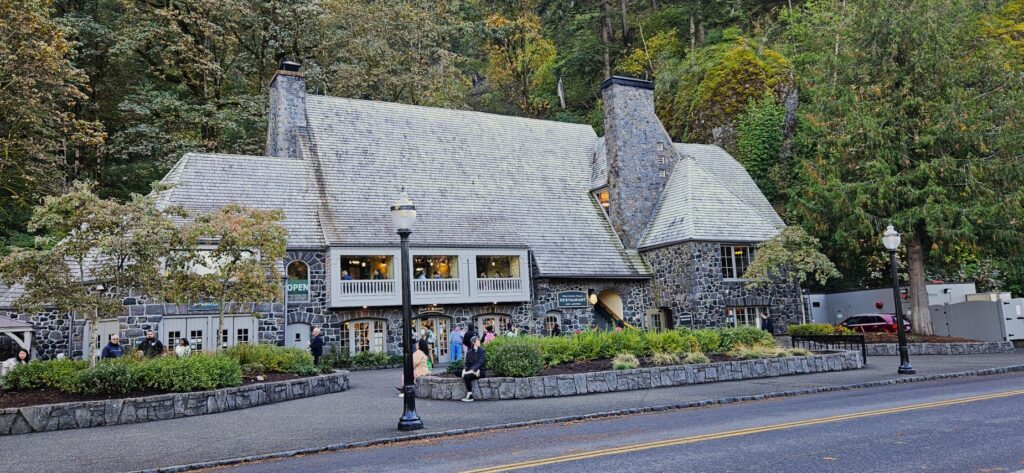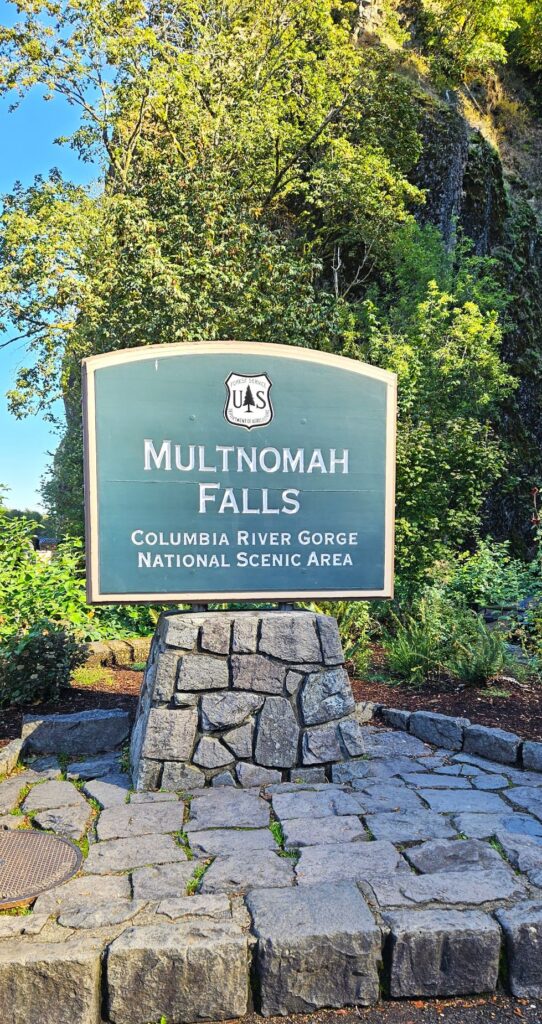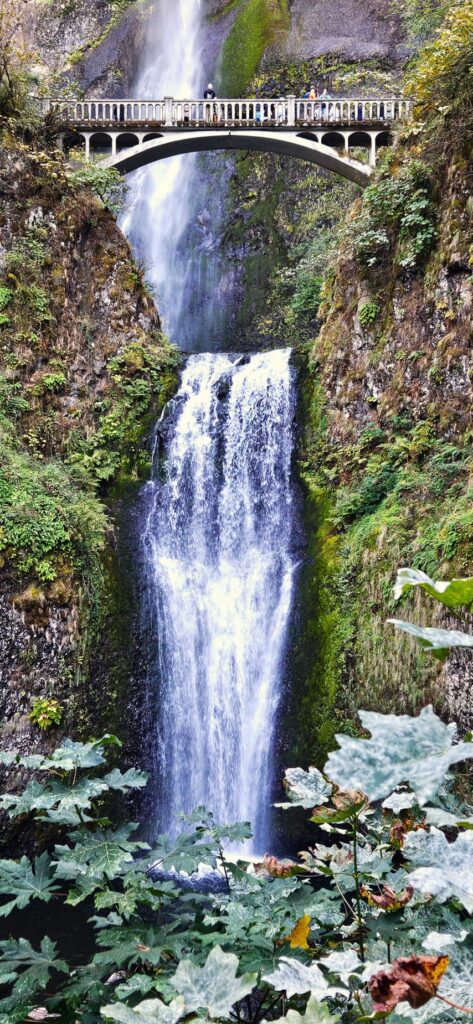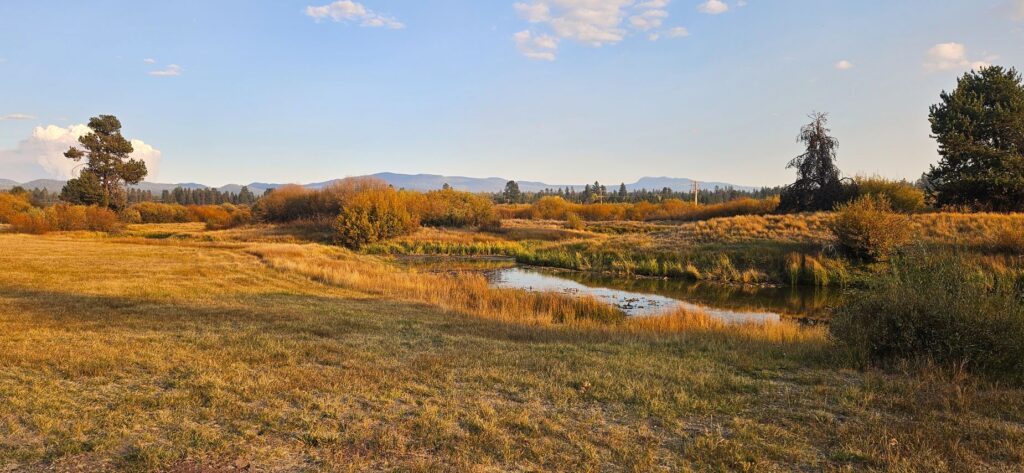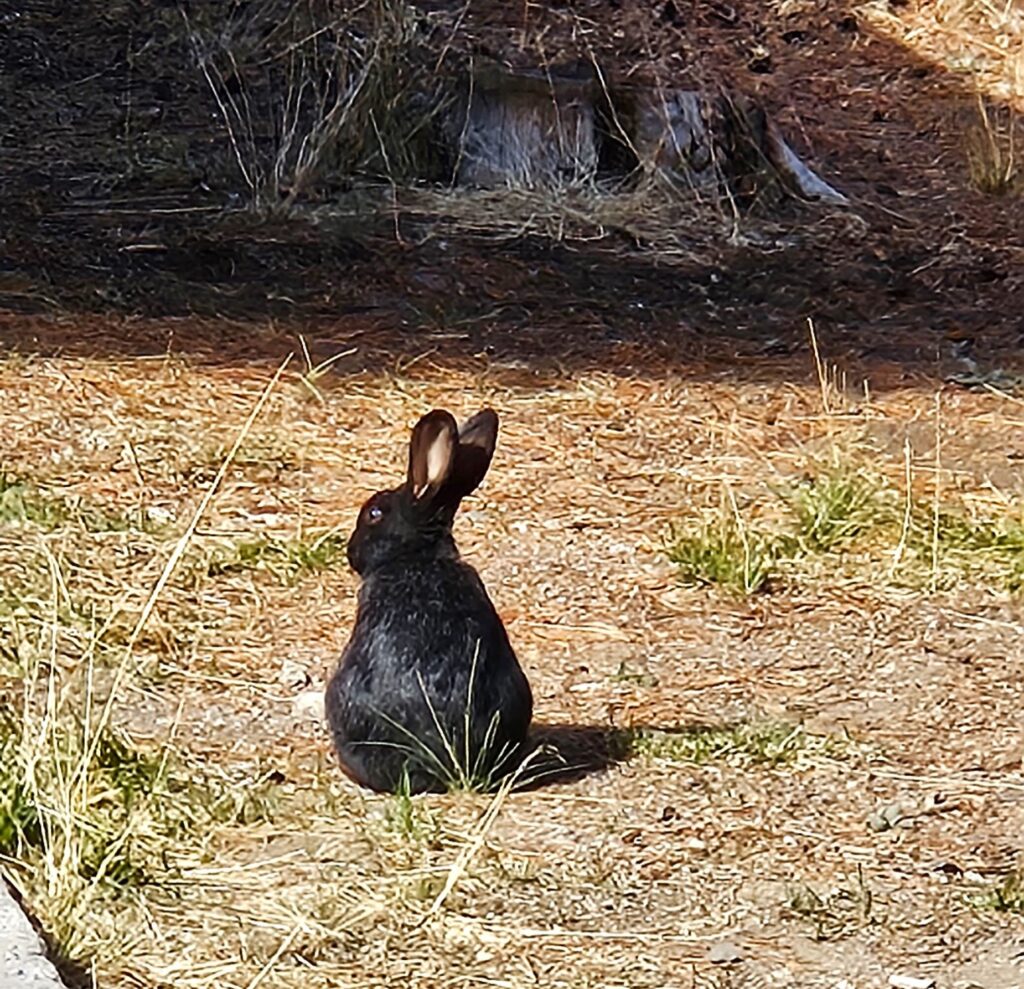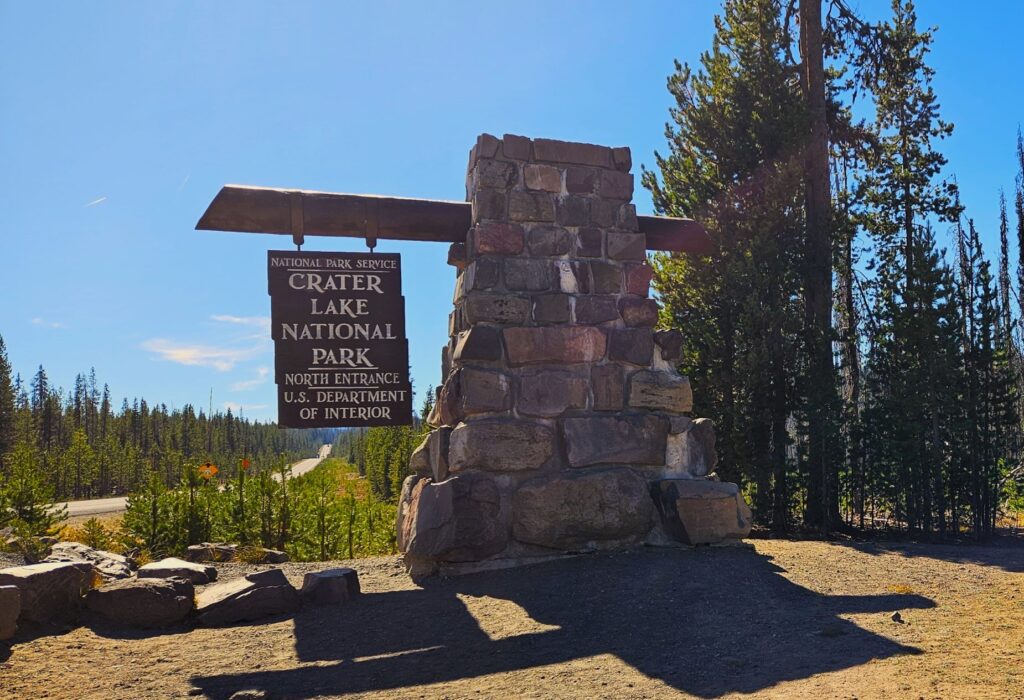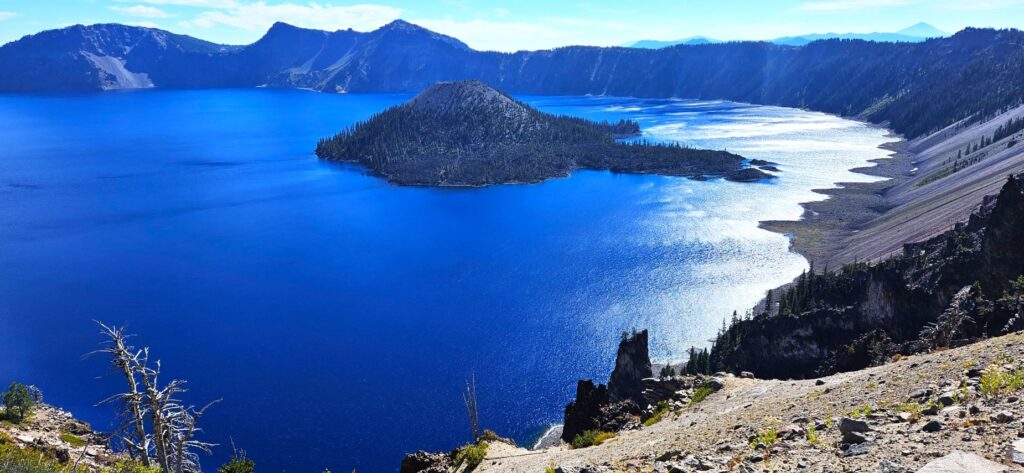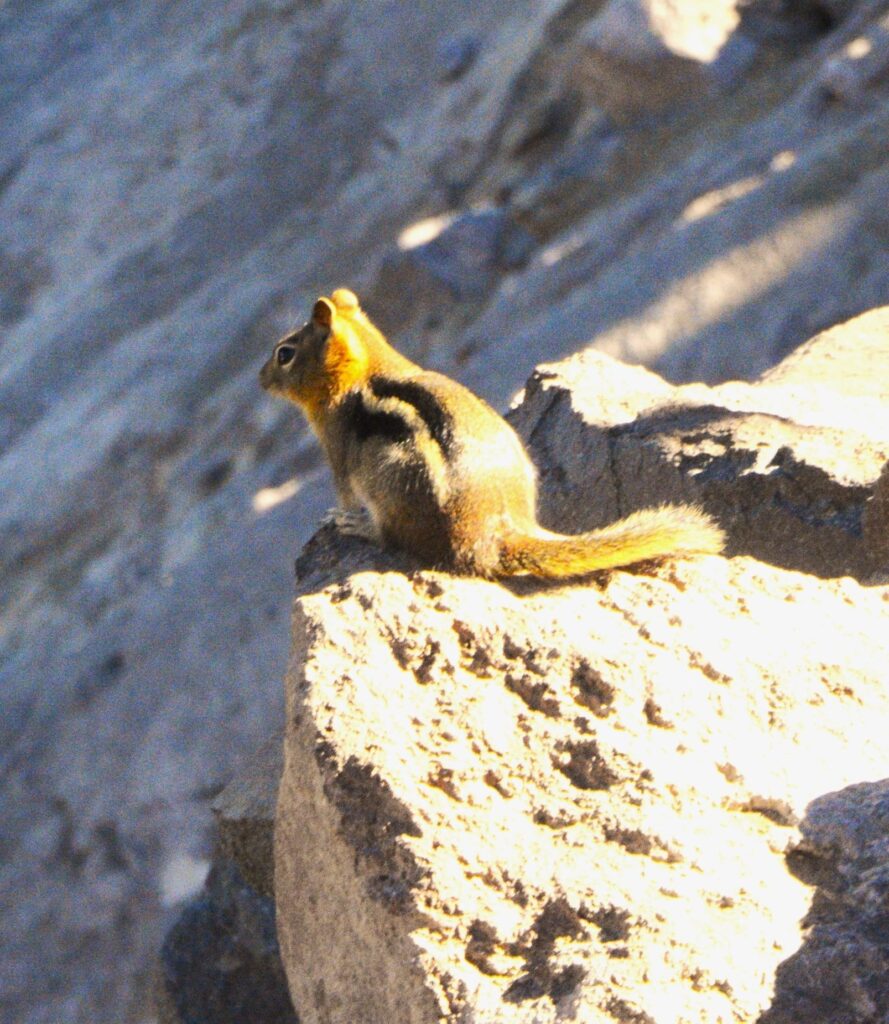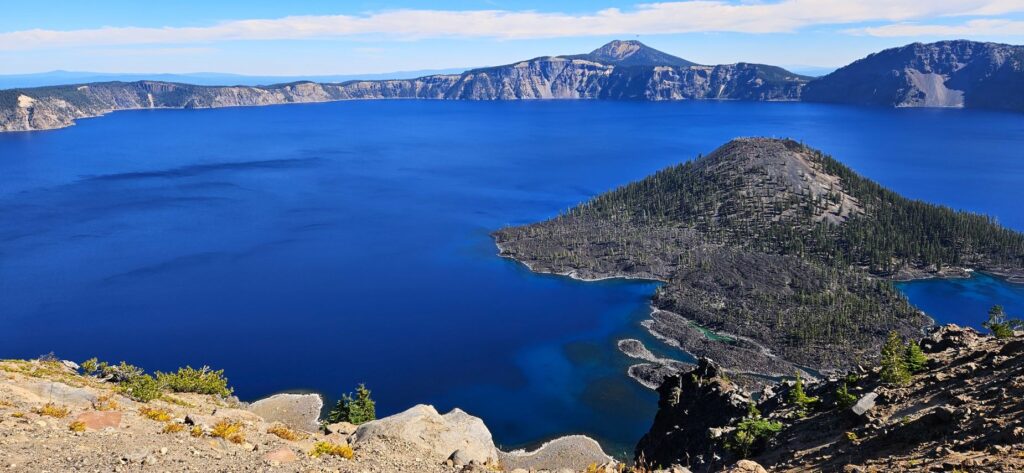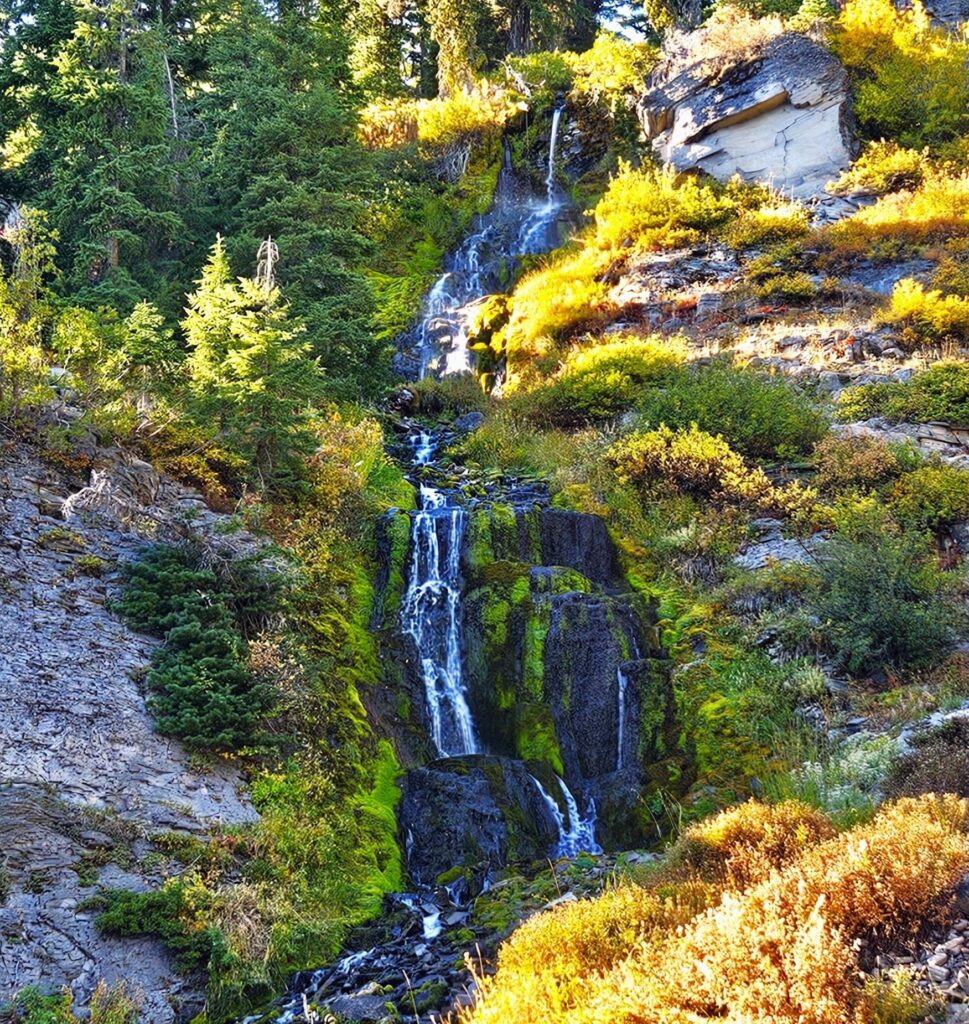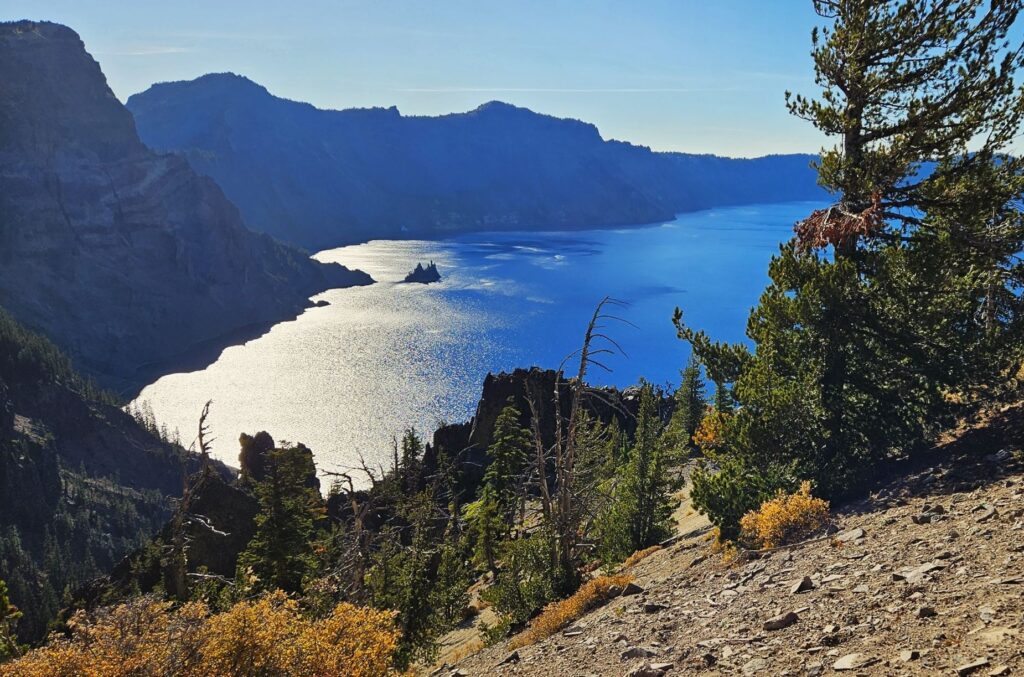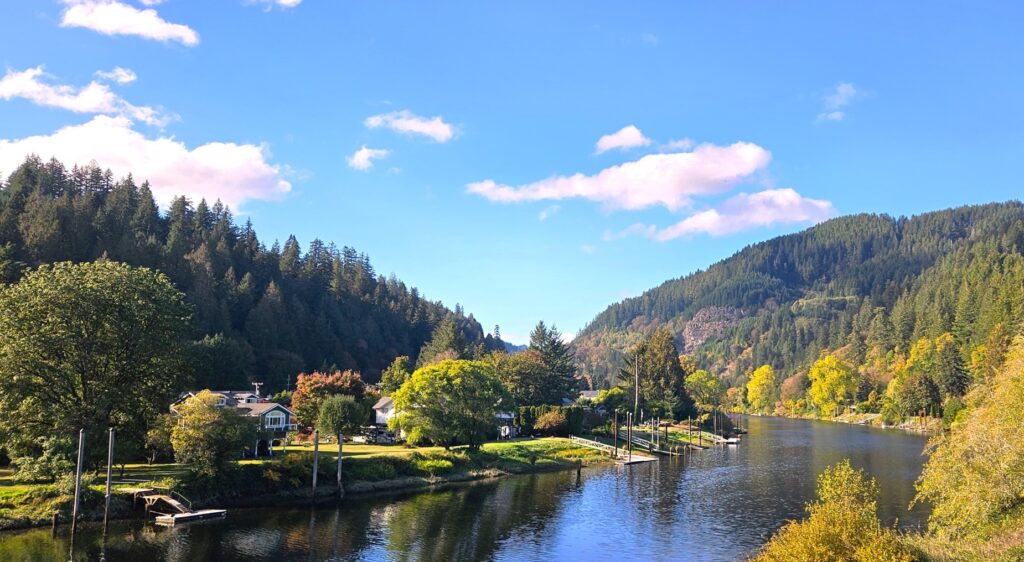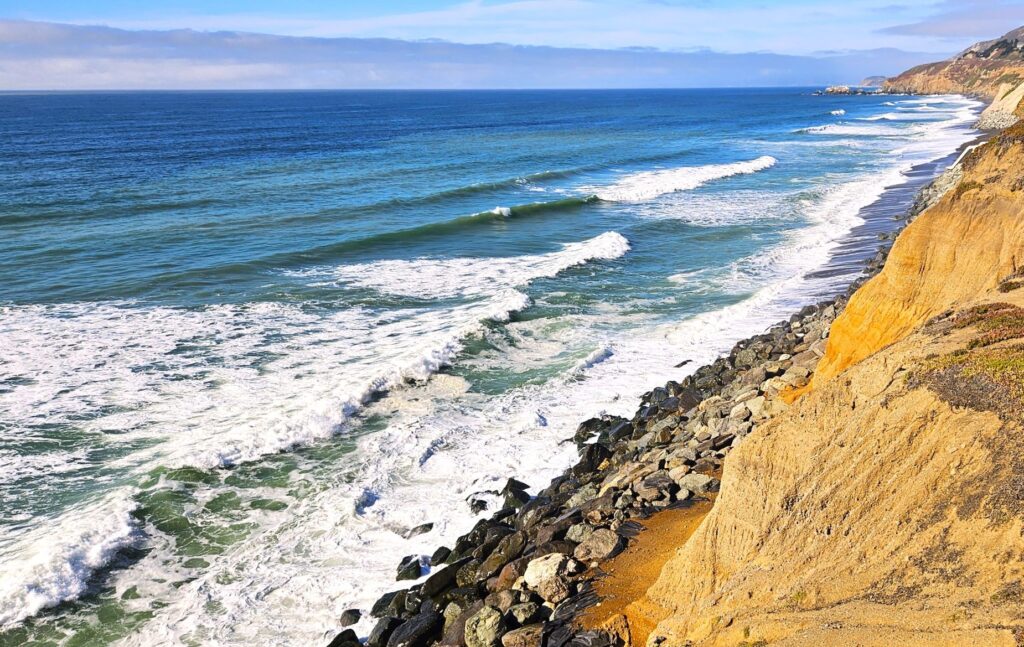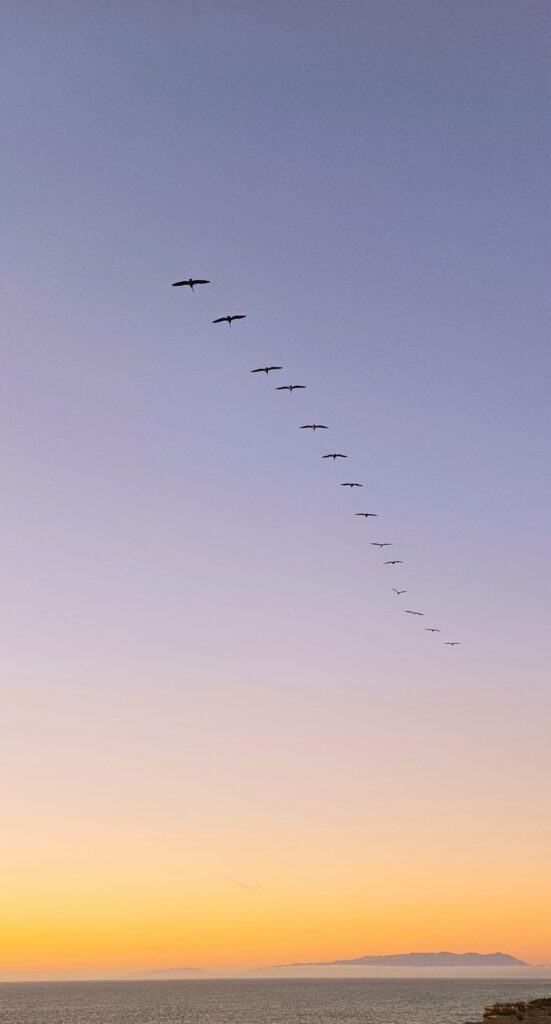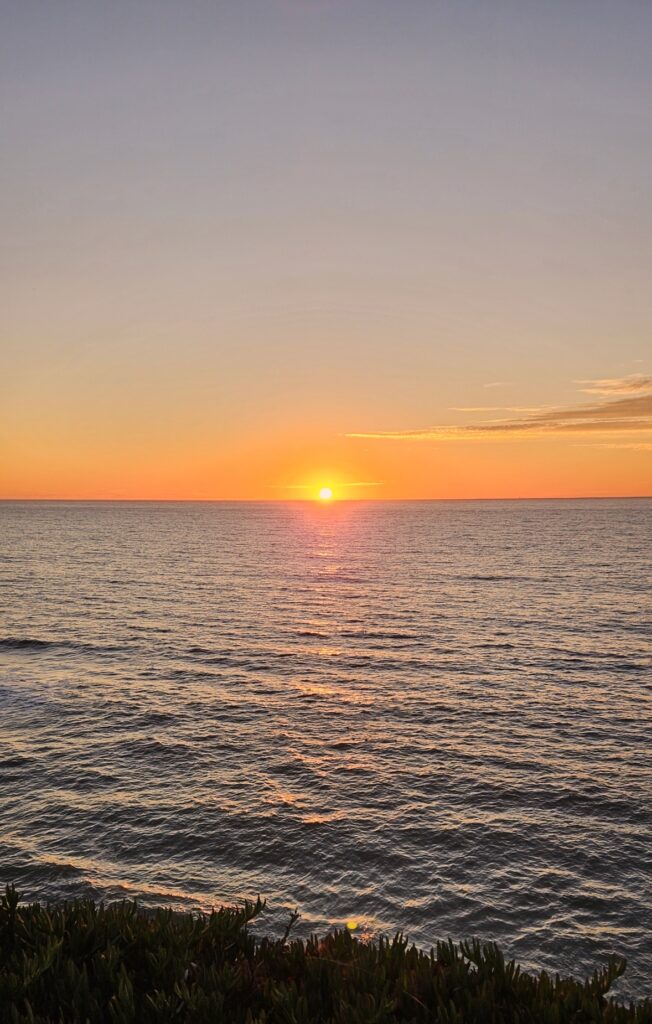We spent nine days in Hawaii. It was a special trip to celebrate our 50th wedding anniversary. Our first day we flew from Las Vegas, Nevada, to Honolulu. As we flew into the island of Oahu, we could see Pearl Harbor from the air. We would be spending our entire next day there.

We couldn’t check into our AirBnB apartment until 4 pm, so we did a little sight seeing first. We had a five-hour flight with only snacks to eat, so we looked for Teddy’s Bigger Burgers in downtown Honolulu near Waikiki Beach. We found parking across the street where we saw this beautiful Guanacaste tree.
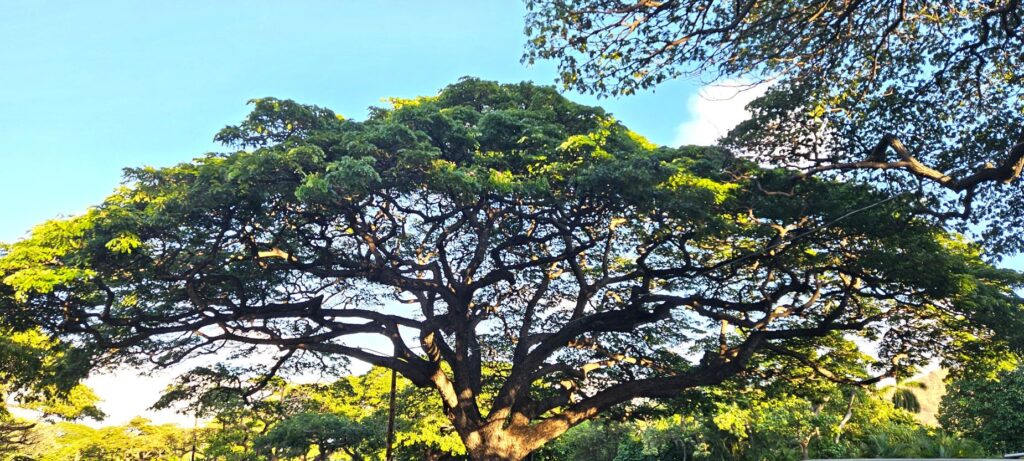
After eating, we took a stroll to see Waikiki Beach. It was pretty crowded, so we decided to go find a grocery store and stock up on food for the next couple of days.
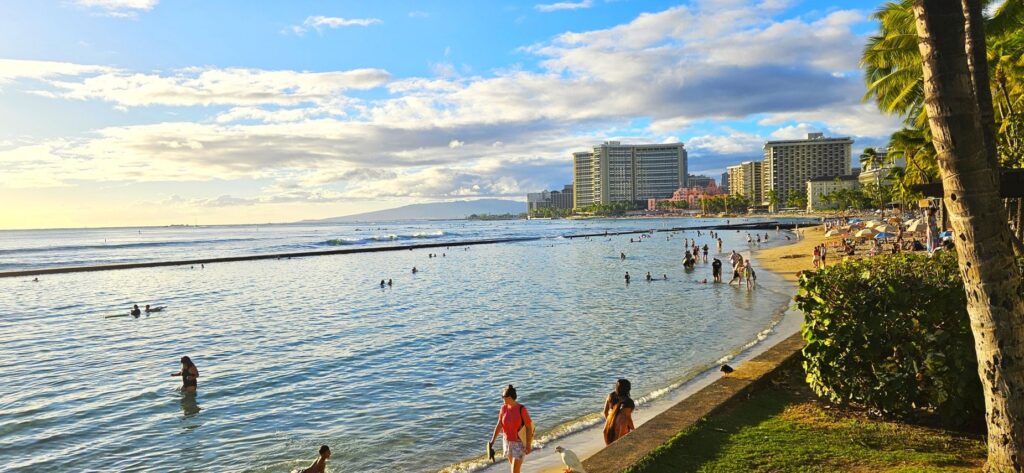
While driving through the city, we saw Banyan Tree Plaza. It had several large Banyan trees. Banyan trees are not native to Hawaii. When their aerial roots descend from branches and reach the ground, they become new trunks.

A lot of the tall buildings had murals painted on them. This was one we saw while driving around.
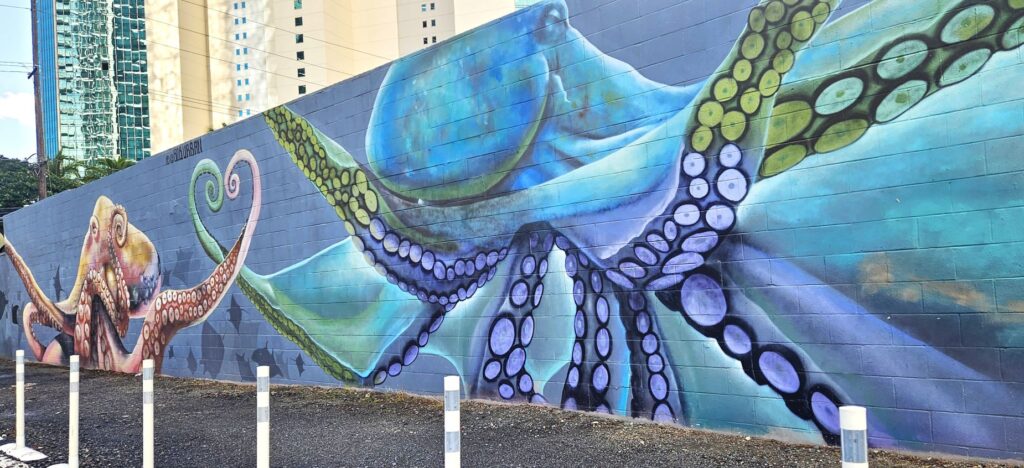
Our AirBnB was on the 9th floor of a high-rise building . It was very small, but had everything we needed, including a full kitchen. Our bodies were still on Las Vegas time, so we woke up early–early enough to get some photos of the sunrise from our apartment window.
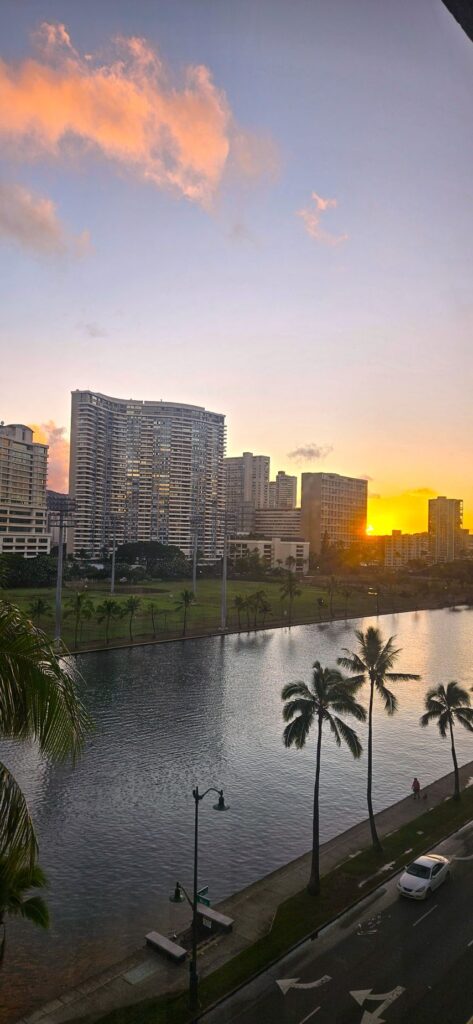
Pearl Harbor
The next day, we rose early so we could get a parking spot at Pearl Harbor Historic Sites. We bought all-in-one tickets that gave us access to all the museums and historic sites. They were open, even though it was during the government shutdown.

It rained off and on that day, which made it perfect for catching this double rainbow. The rain was warm. It was a hot and humid day.

Our first stop was to see the Pearl Harbor National Memorial where we read about the attacks on Pearl Harbor on December 7, 1941. The maps and storyboards told the history. I learned that of the 185 ships anchored there that day, only 21 of them were damaged or sunk.
The USS Arizona, USS Oklahoma, and USS Utah were complete losses. But here’s an amazing fact. All but one of the other damaged ships were repaired and returned to service.
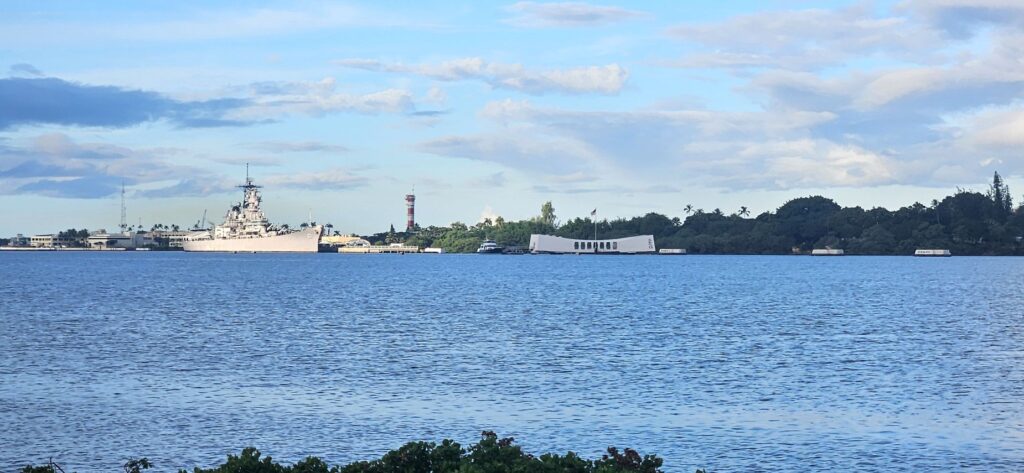
I was unable to get reservations online for the USS Arizona Memorial. But that day, we found out we could apply for stand-by admission. We would be texted when to board the boat that would take us out to the memorial. We went to see the nearby Pacific Fleet Submarine Museum in the meantime.
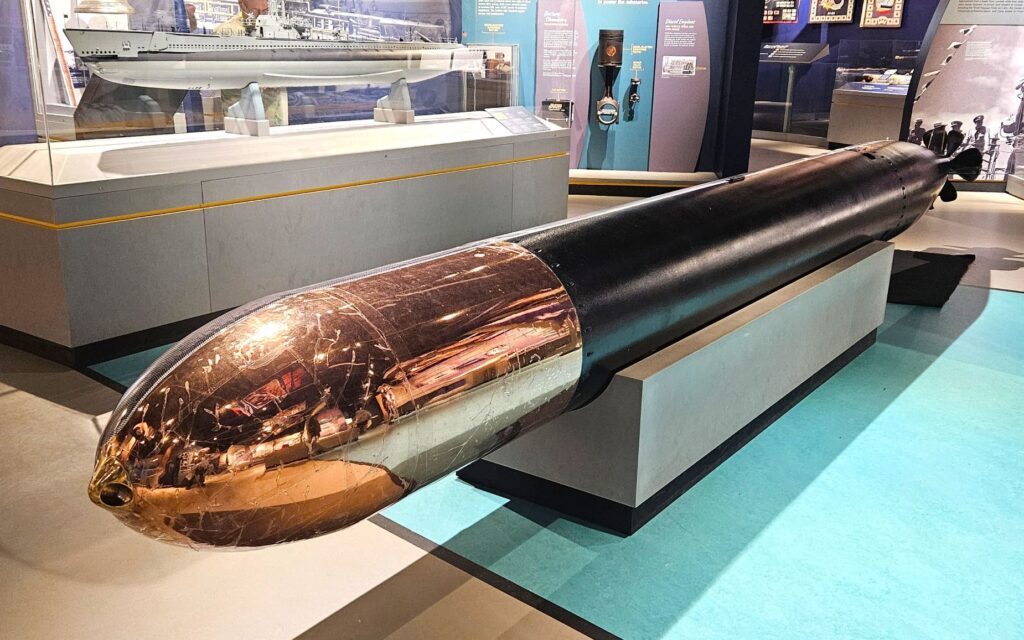
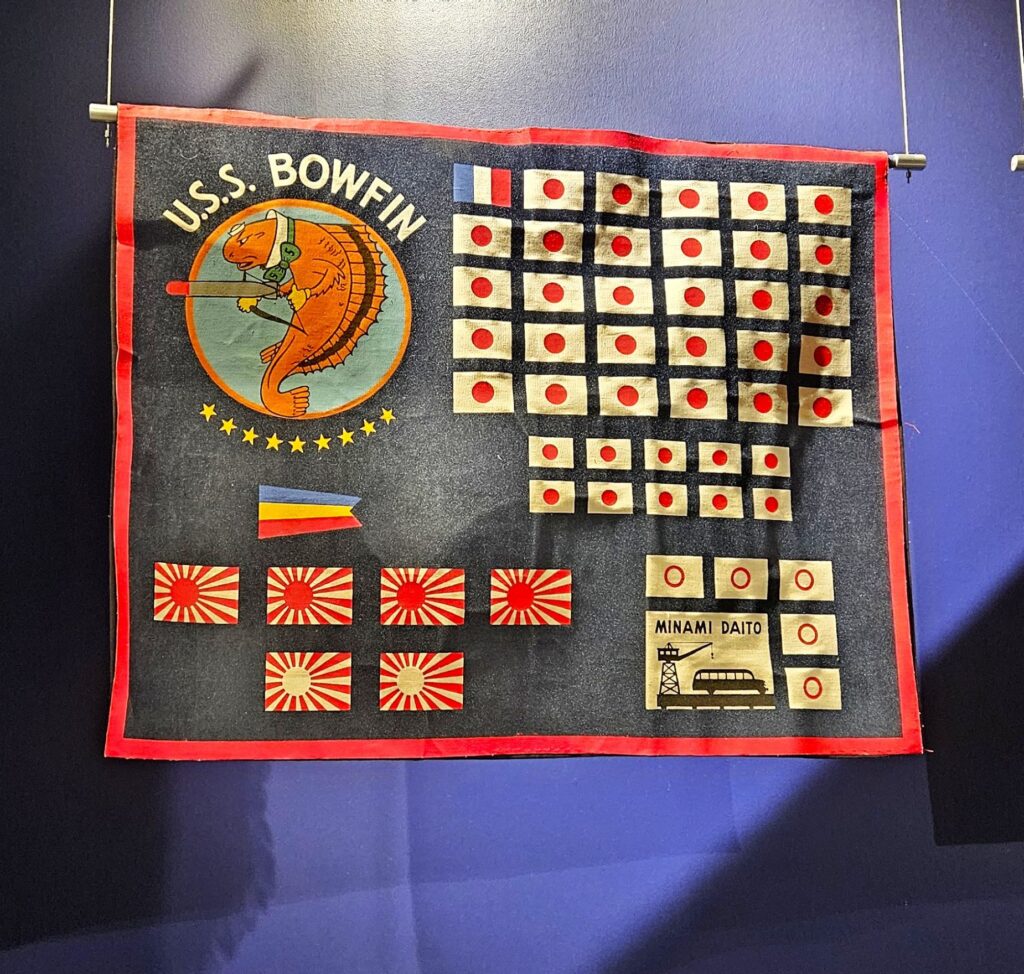
While we were in the museum, we got a text saying we should report to the boarding area for the boat ride to the USS Arizona Memorial.
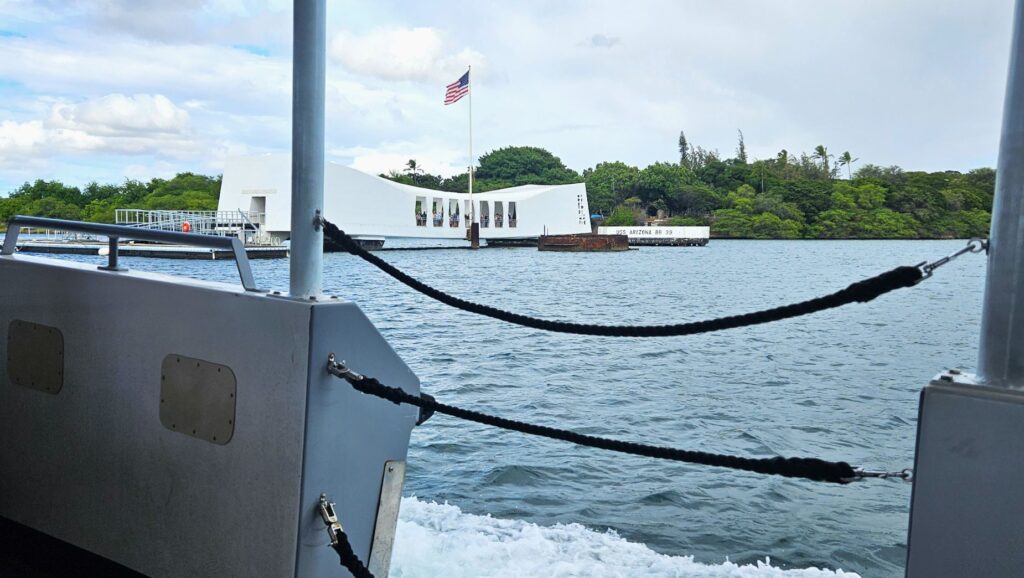
We were asked to be silent and limit our photo taking. This is the grave site of 900 American sailors of the 1,177 crew members who died on the USS Arizona. It was a solemn place.
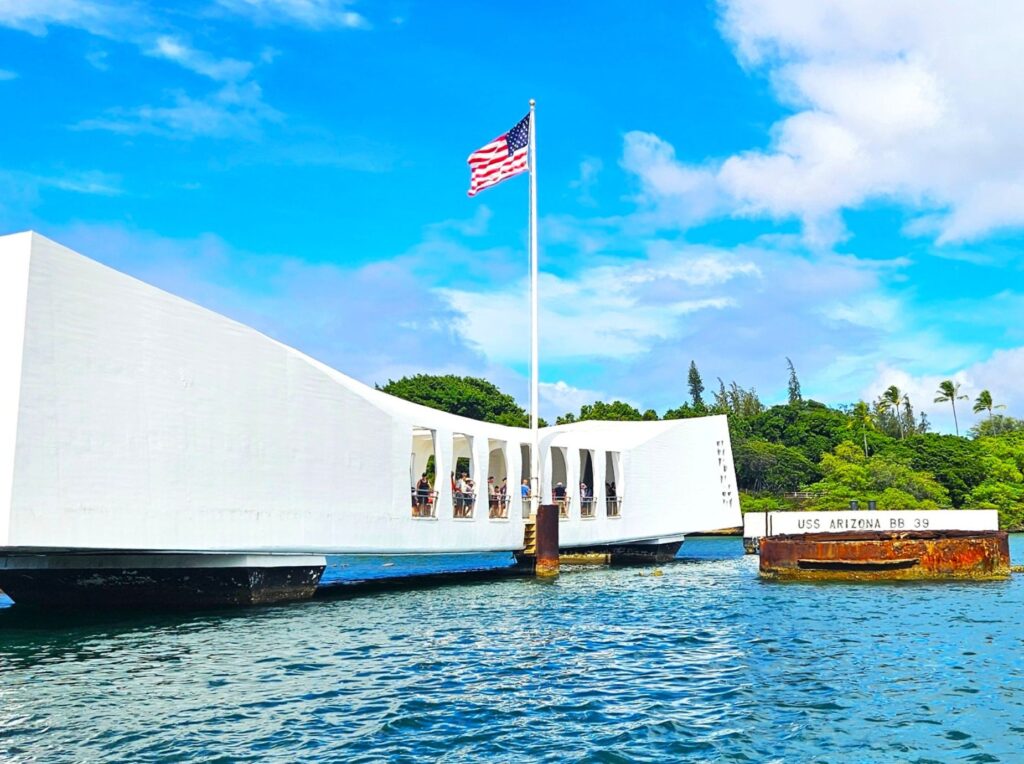
The memorial straddles the sunken remains of the ship. The names of all those who died are engraved on a wall inside the memorial.
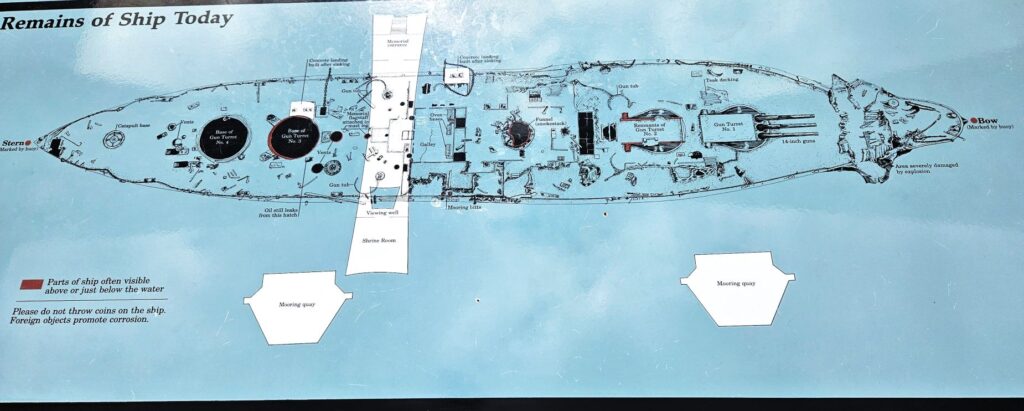
Oil still slowly leaks out and rises to the surface from the wreckage of the USS Arizona.
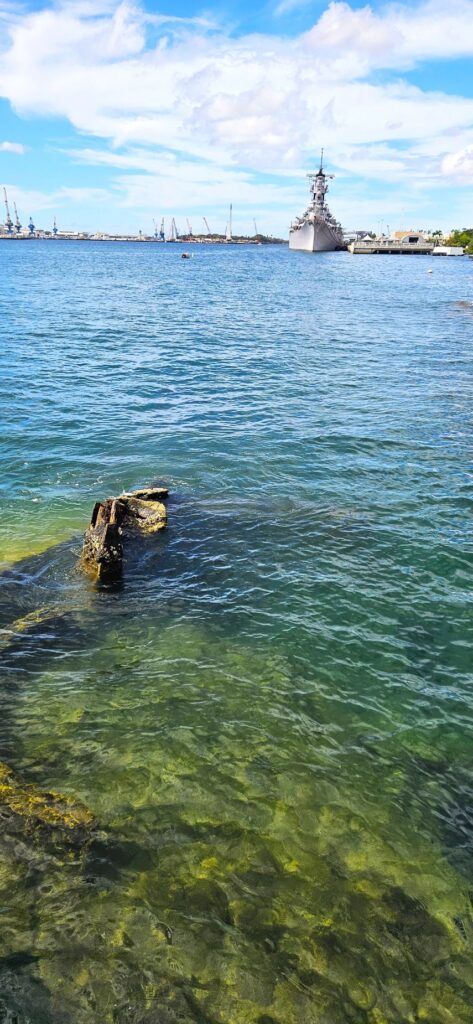
After the boat returned us to the Pearl Harbor Memorial site, we finished looking through the Pacific Fleet Submarine Museum and then boarded the USS Bowfin submarine for a tour.

The quarters were tight. We gained new appreciation for sailors who served on submarines.
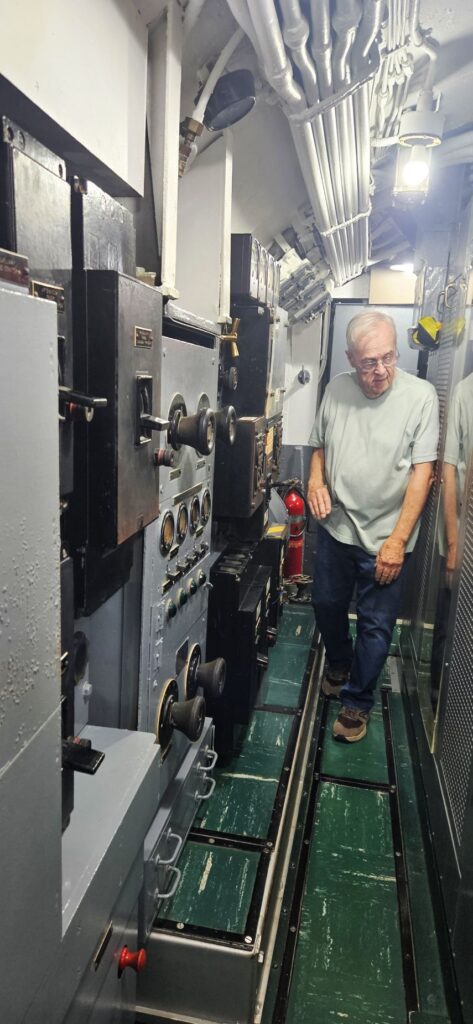
Even though the kitchen was small, it was equipped to serve meals to 80 men.
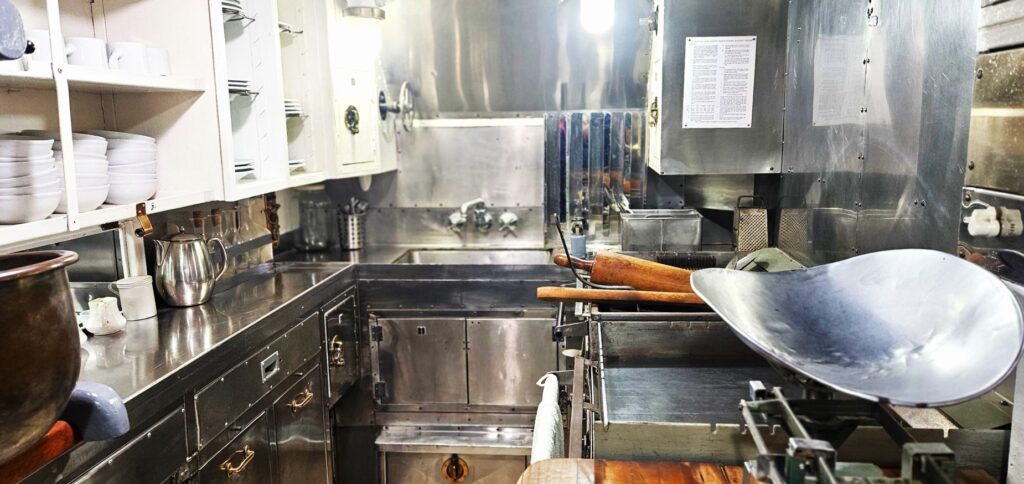
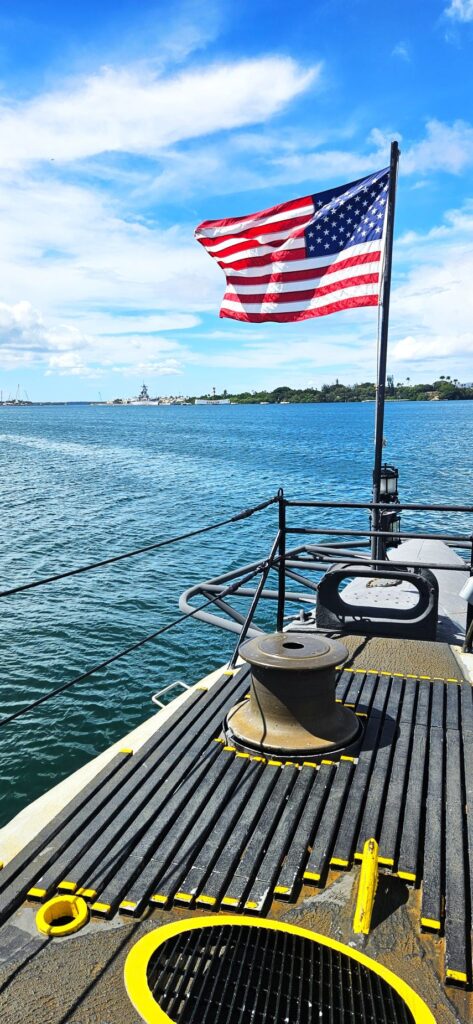
We had lunch at a food truck on site. We had pulled pork tacos with fresh pineapple. Yum!

After lunch, we boarded a shuttle bus that took us to Ford Island where we toured the USS Missouri.
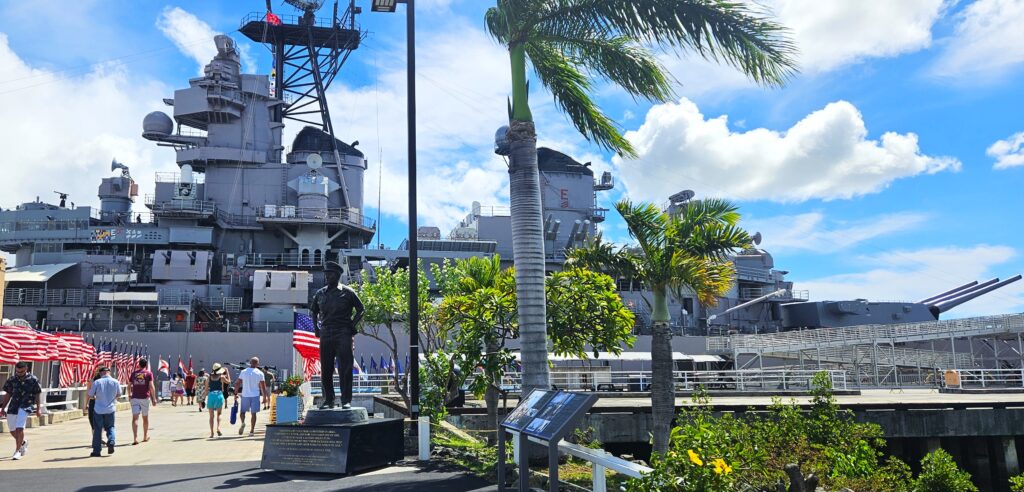
This is a statue of a famous photograph of a sailor kissing a dental assistant on Victory in Japan Day. The actual event took place in Times Square in New York City.

The USS Missouri is famous because it is where the Japanese Instrument of Surrender was signed on September 2, 1945, officially ending WW II.

We happened to walk onto the USS Missouri just as a tour was beginning. The tour guide was a Japanese man who lived in Hawaii.

There are nine 16-inch guns on this ship and can fire a 2,700 pound projectile up to 23 miles.

Our tour guide showed us the spot where the Japanese surrendered.
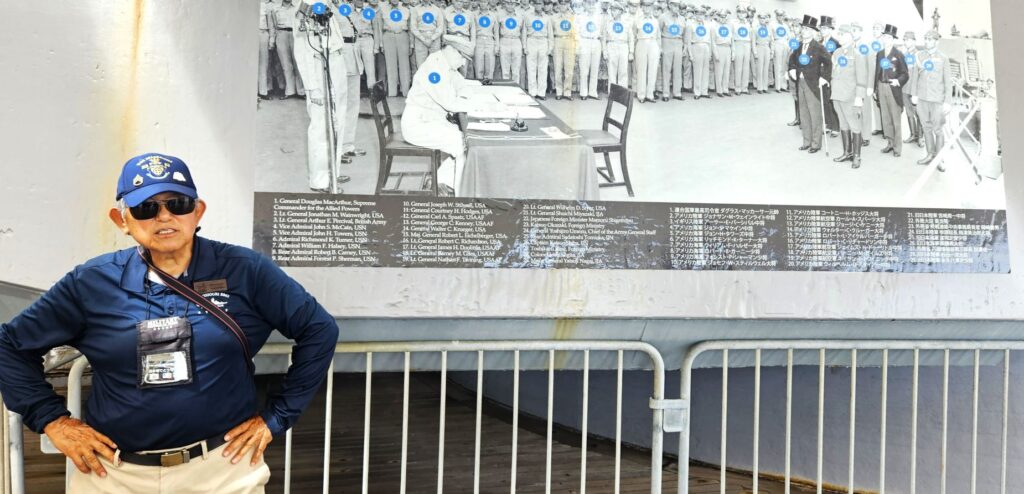
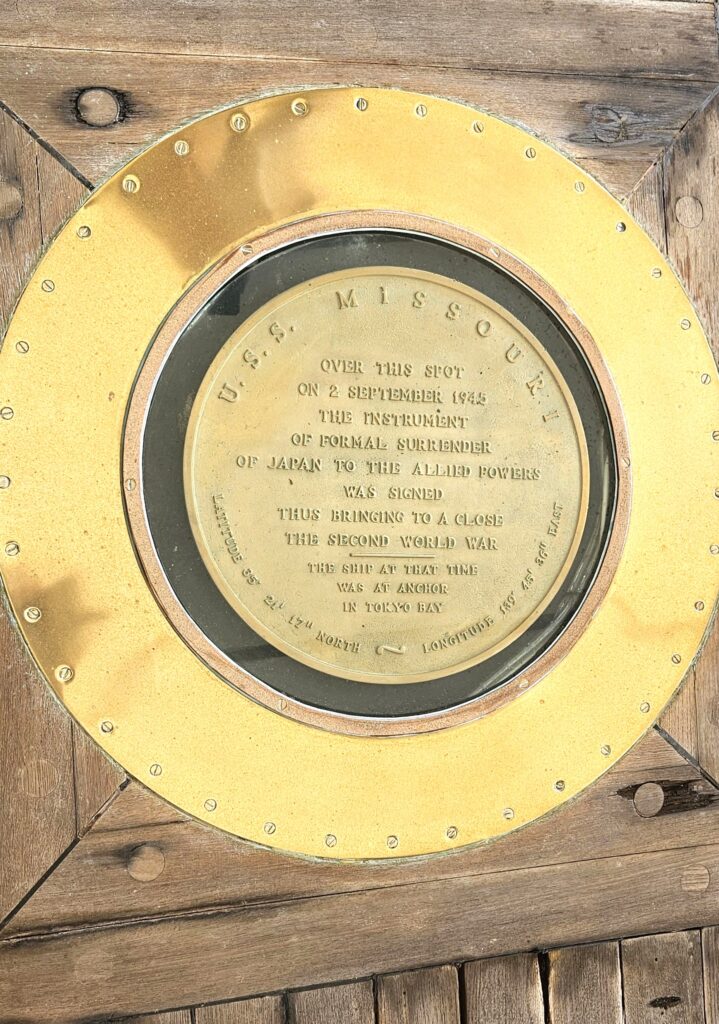
We still had the Air Museum to see, but we were hot and tired, so we decided to skip it and call it a day. I’m really glad we spent the day at Pearl Harbor. It was very worthwhile.
Dole Plantation
The next day, we drove to the middle of the island where we toured the Dole Plantation.
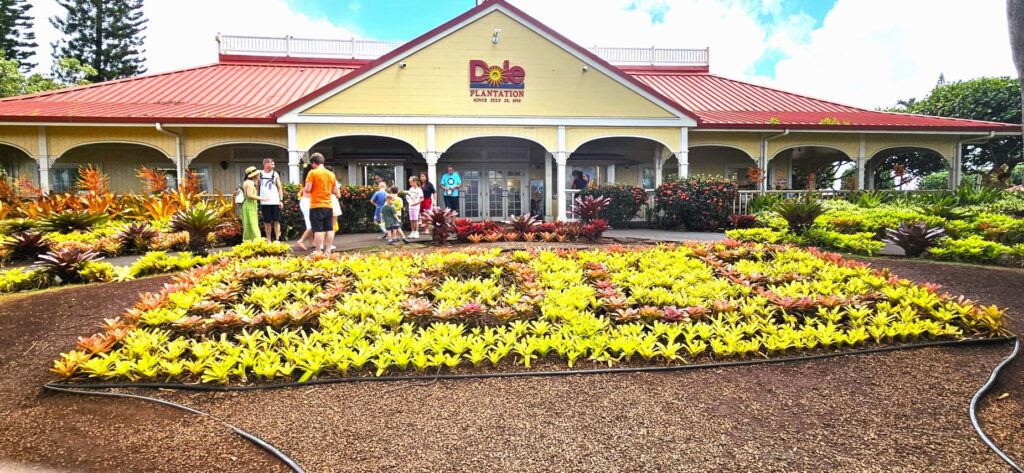
There are three main attractions there: The Pineapple Express, the Pineapple Maze and the Garden Tour. We selected the self-guided Garden Tour.
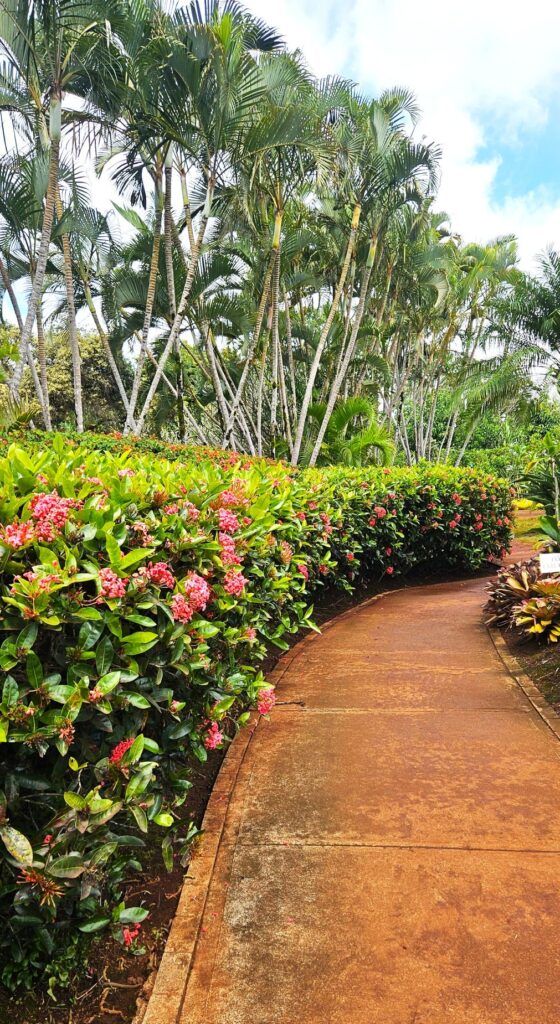
One of the main garden attractions was this lily pond with a waterfall.
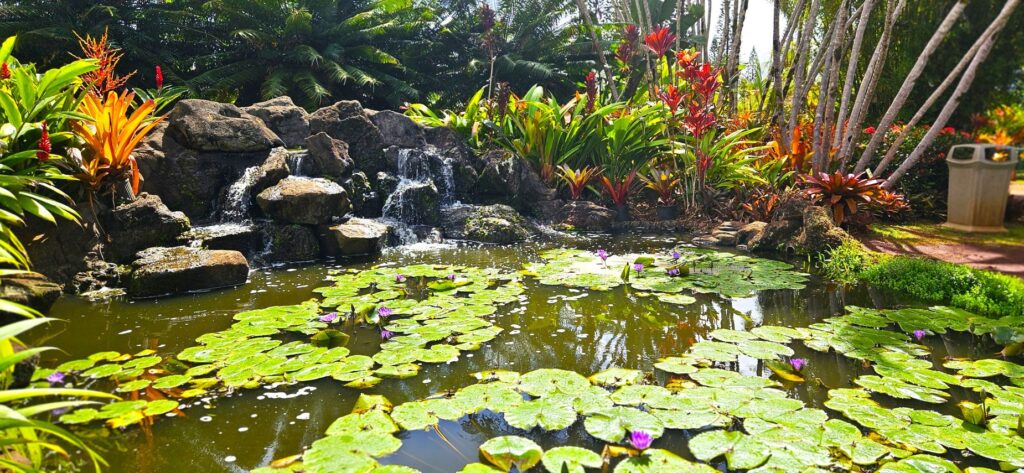
There were many colorful plants in this two-acre garden. There are eight different mini-gardens.
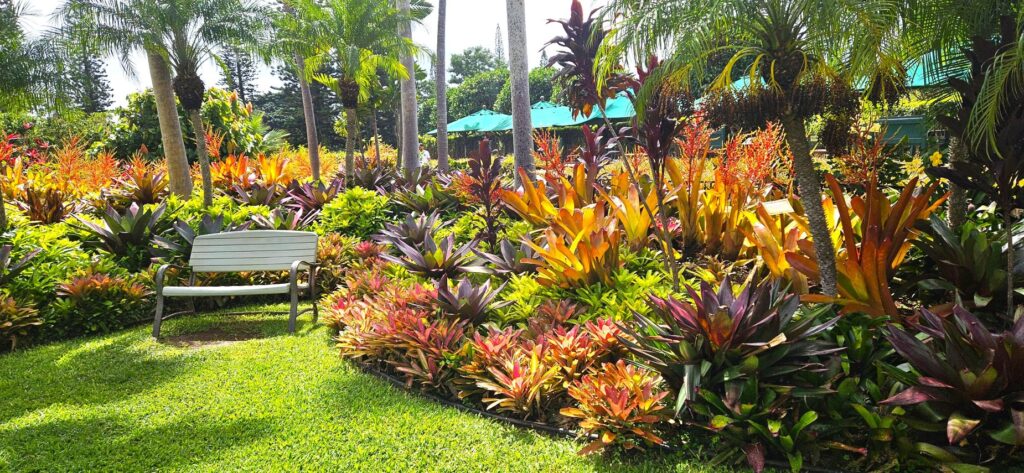
We could see out in the distance where the pineapples are grown, along with some historical machinery. Dole moved it’s pineapple growing to other countries and only produces a small amount for local consumption. The Plantation is mostly a tourist attraction now.
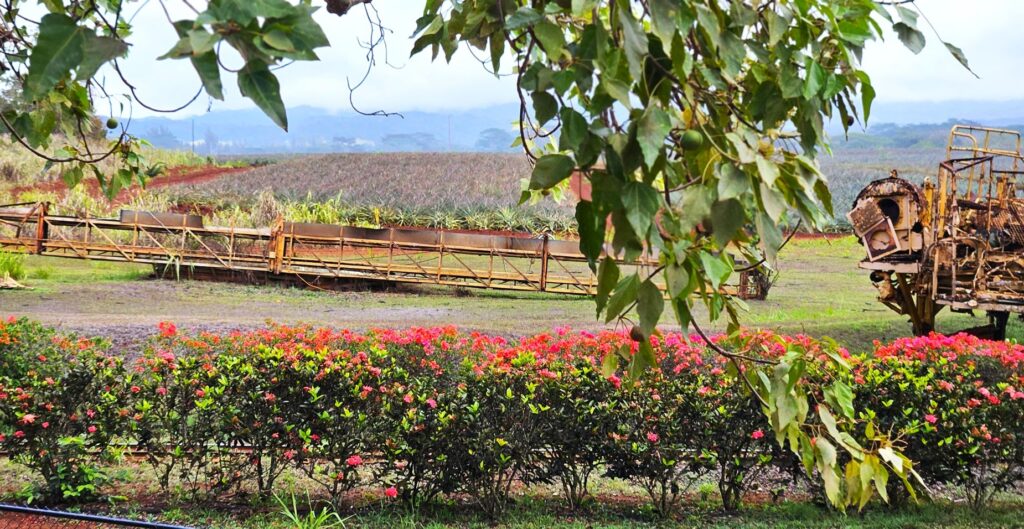
There was no end to beautiful flowers to photograph like this Bird of Paradise.
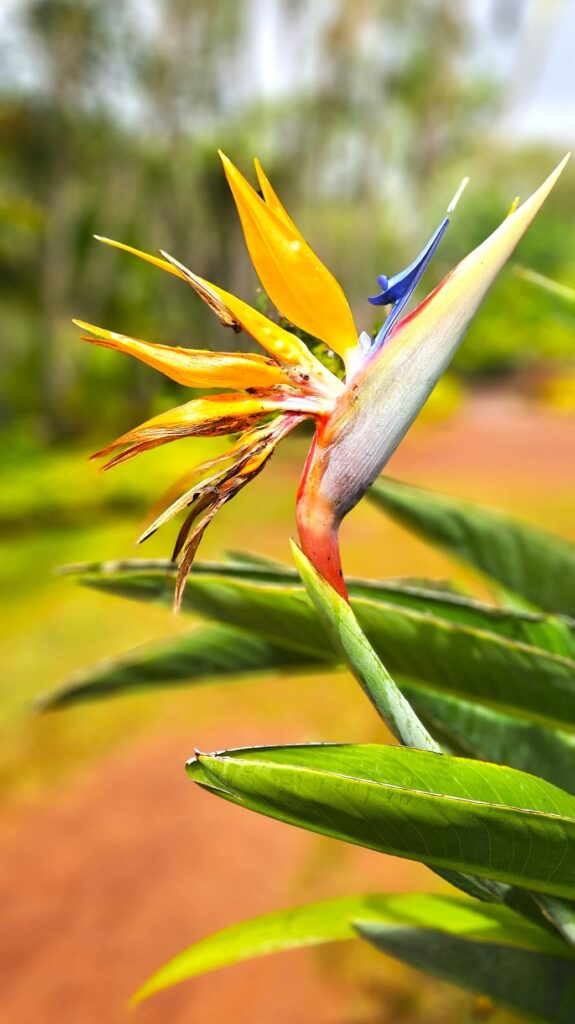
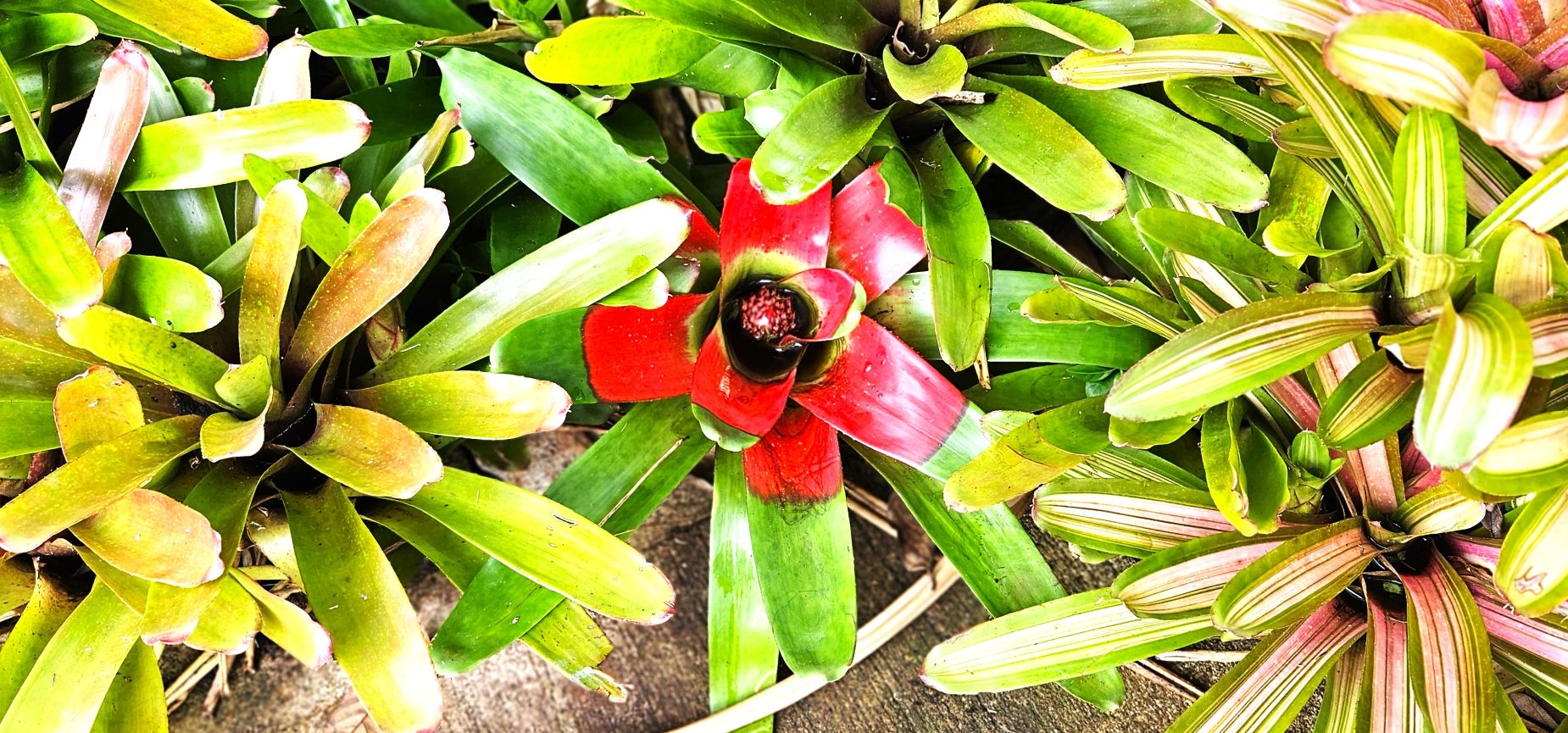
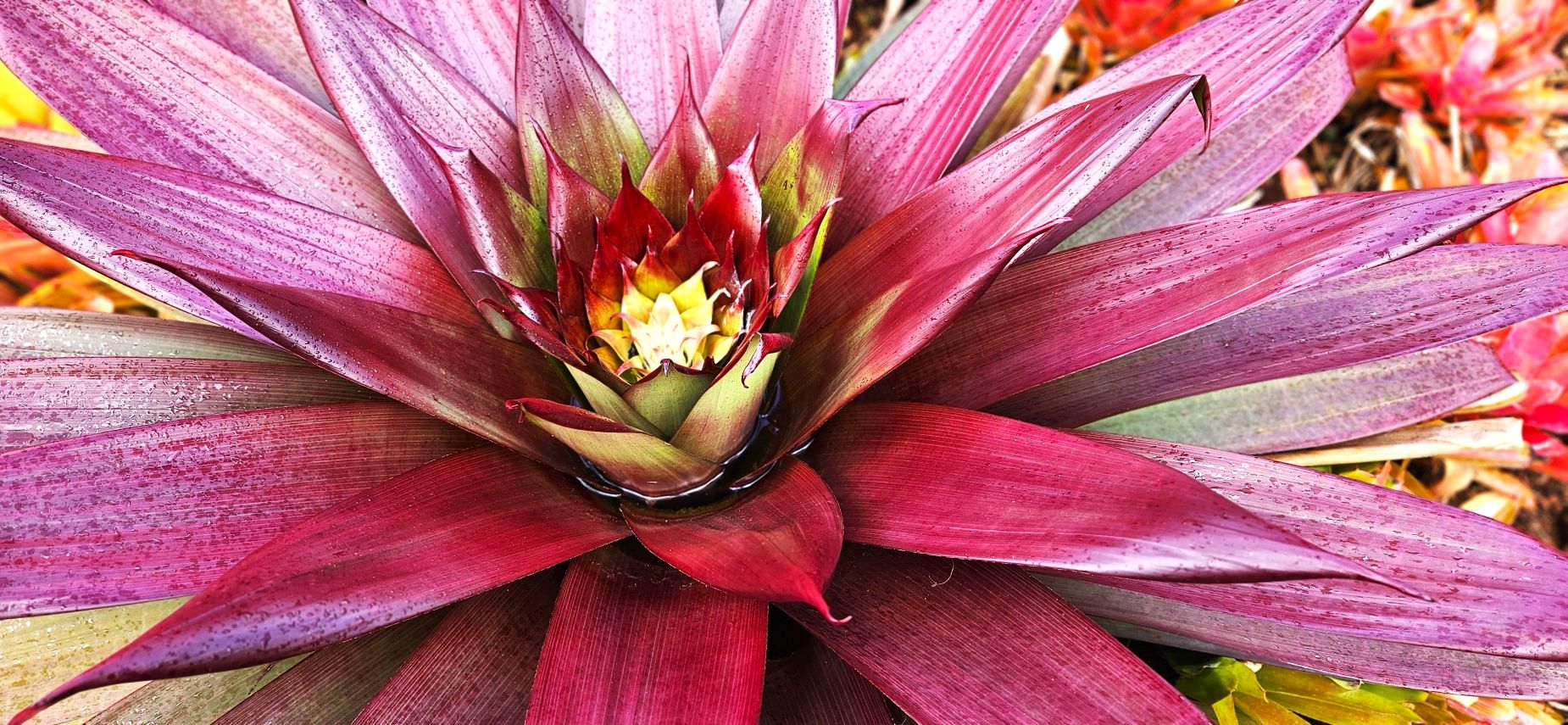
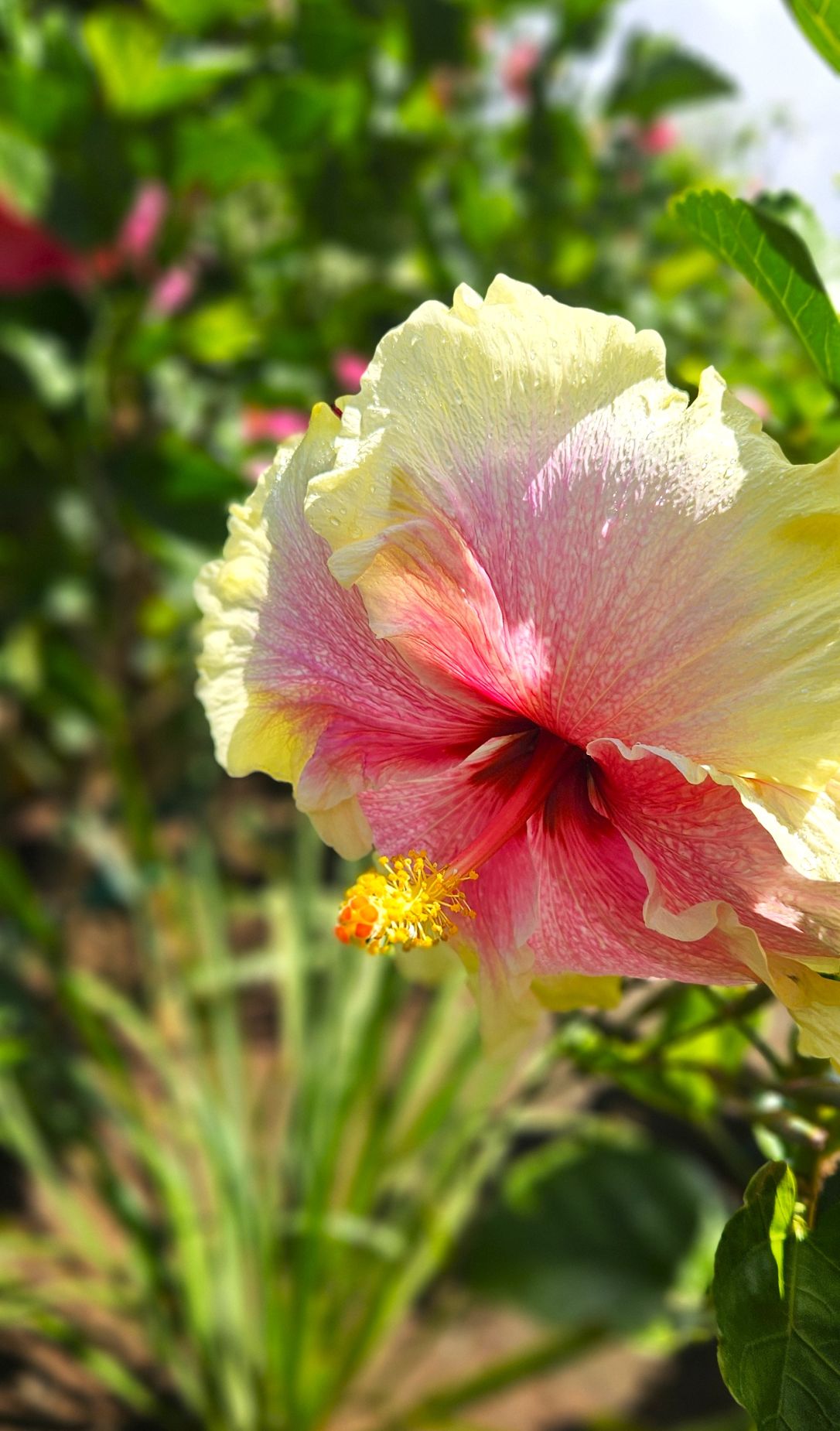
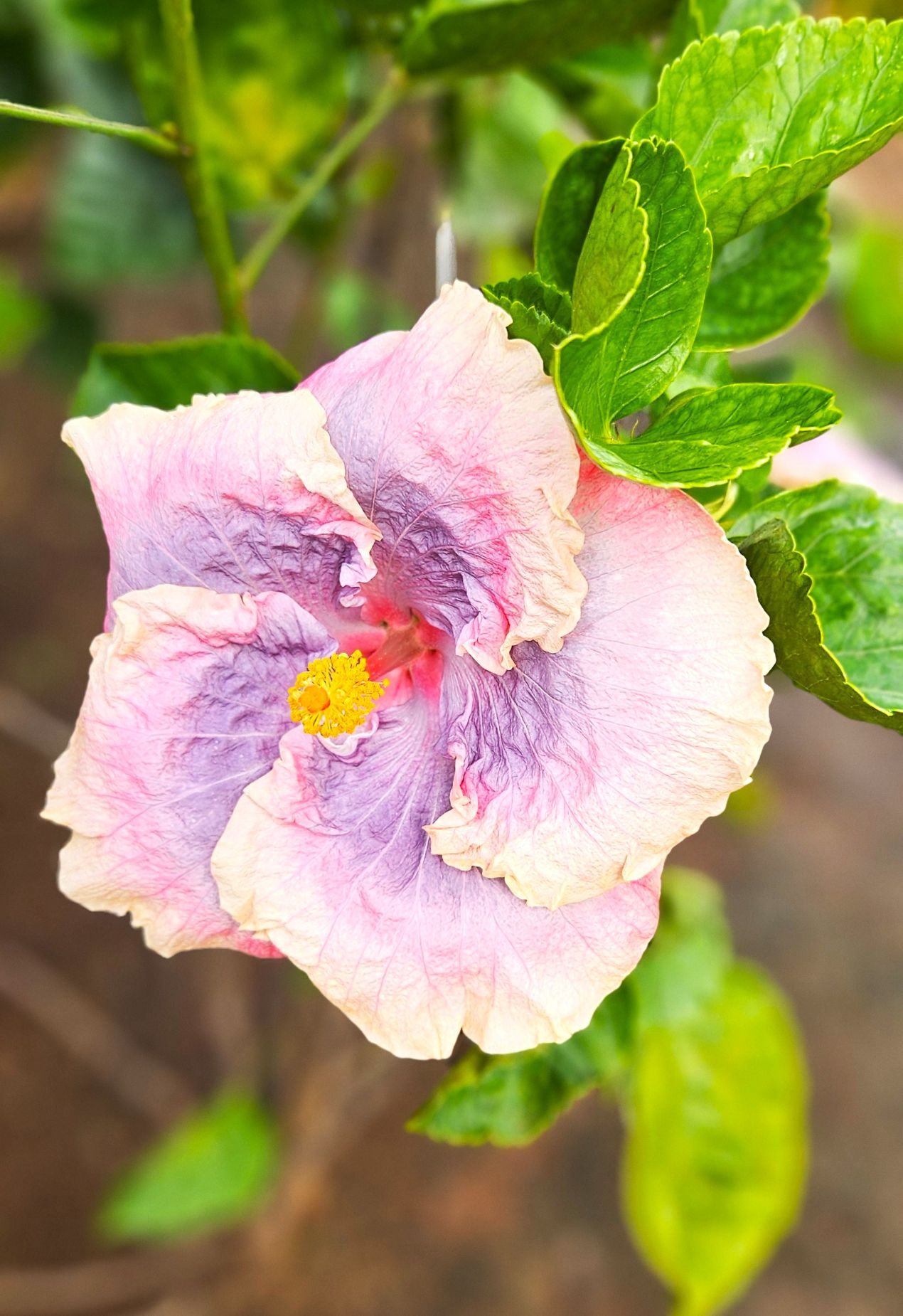
Even though they look like a palm, banana trees are not palm trees.
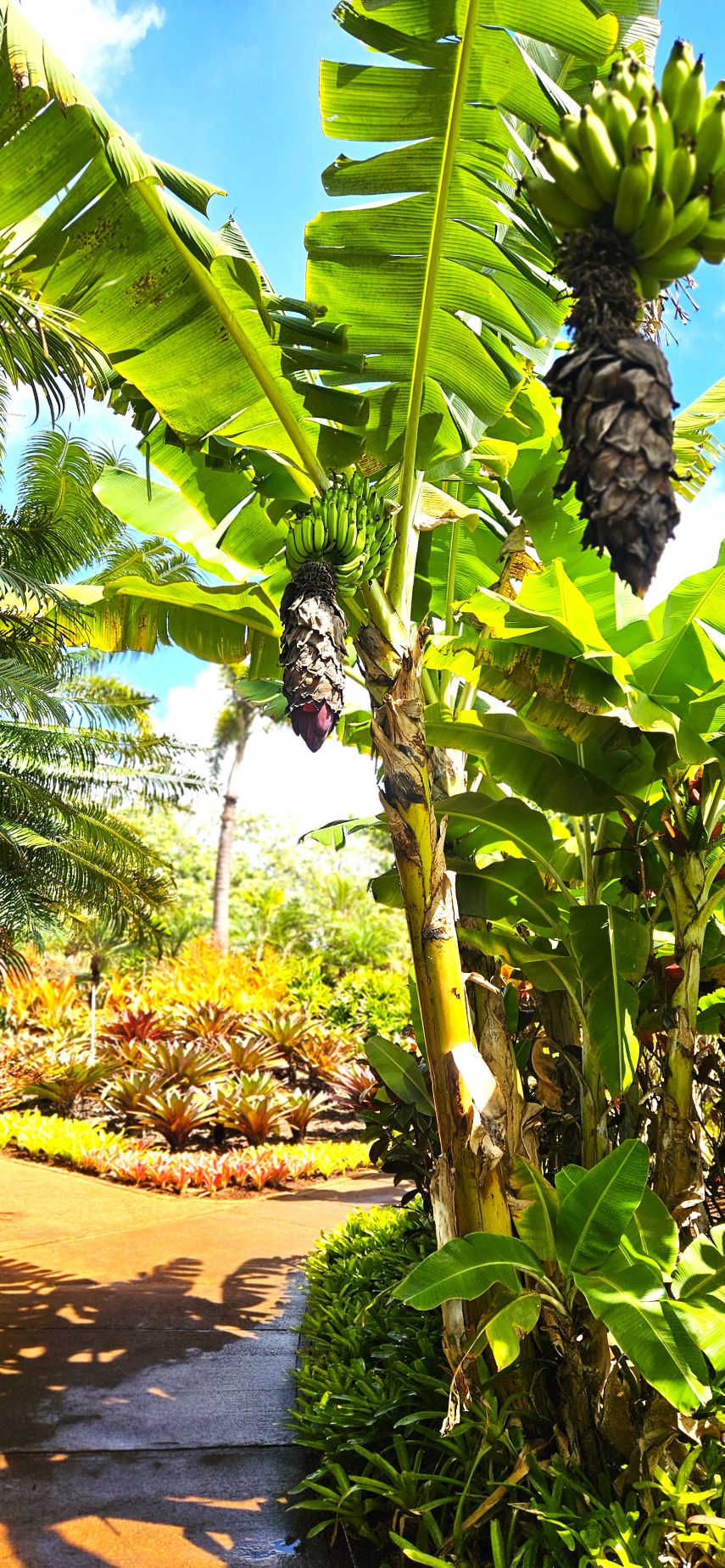
There were many different types of palm trees throughout the garden.
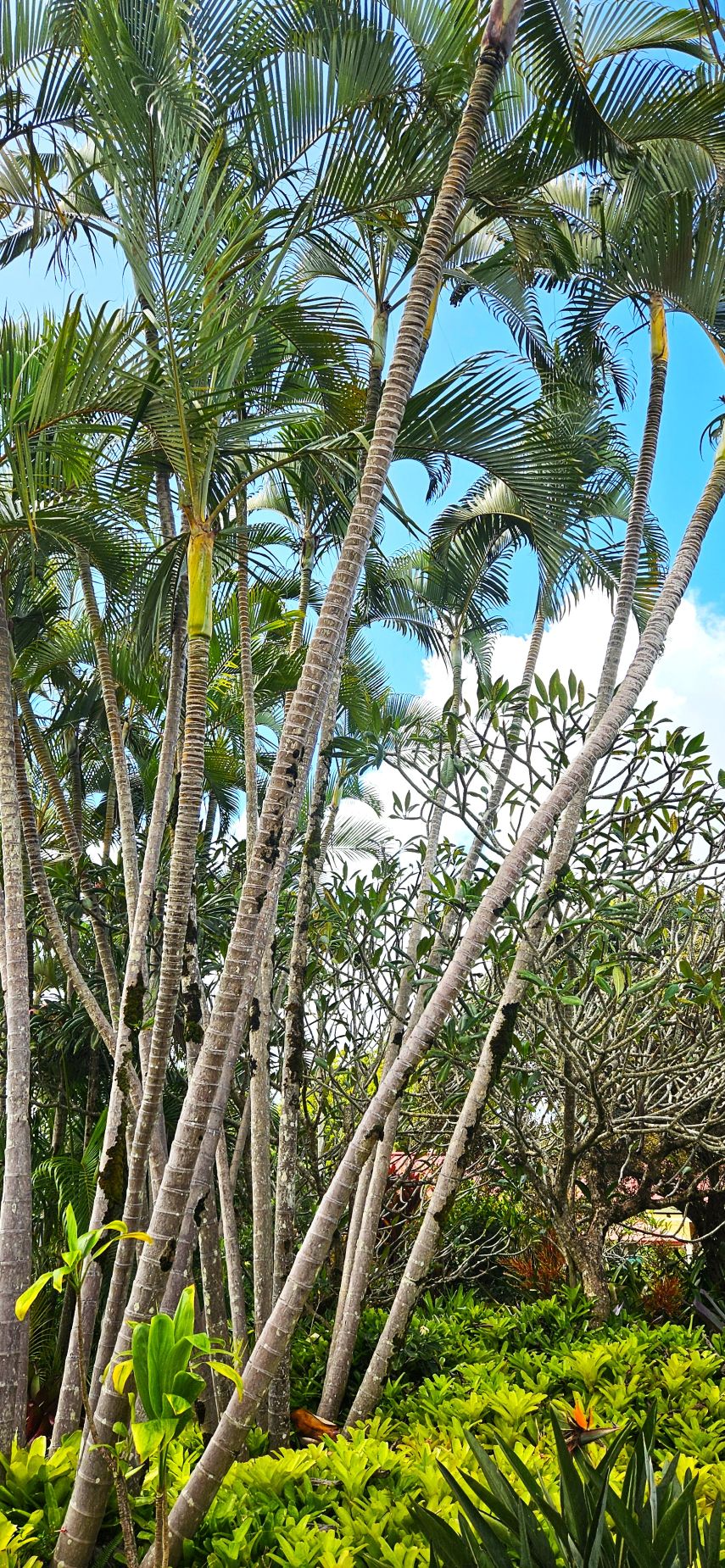
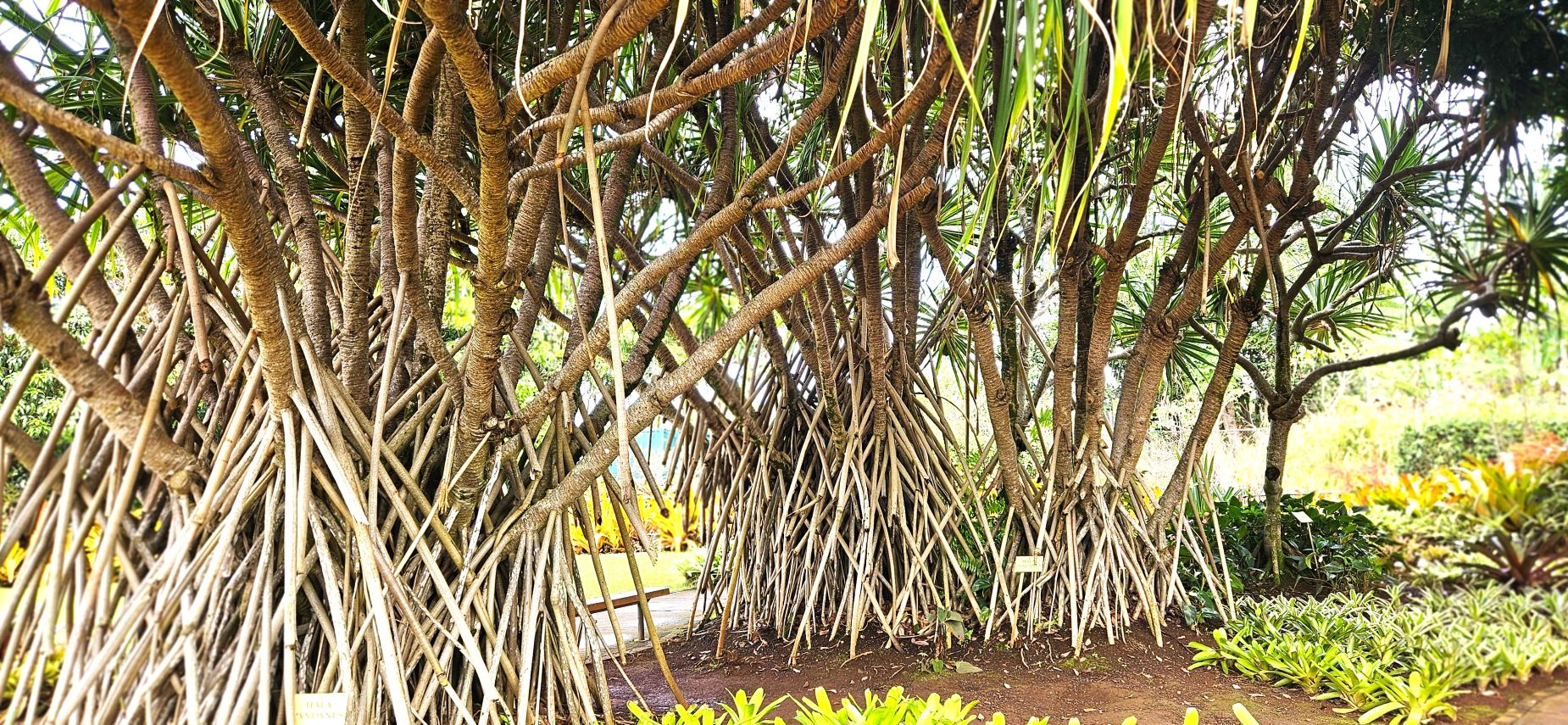
We wrapped up our time at the Dole Plantation by getting a Dole Whip–which is a frozen dessert with pineapple flavor. It wasn’t our favorite, but we had to try it.
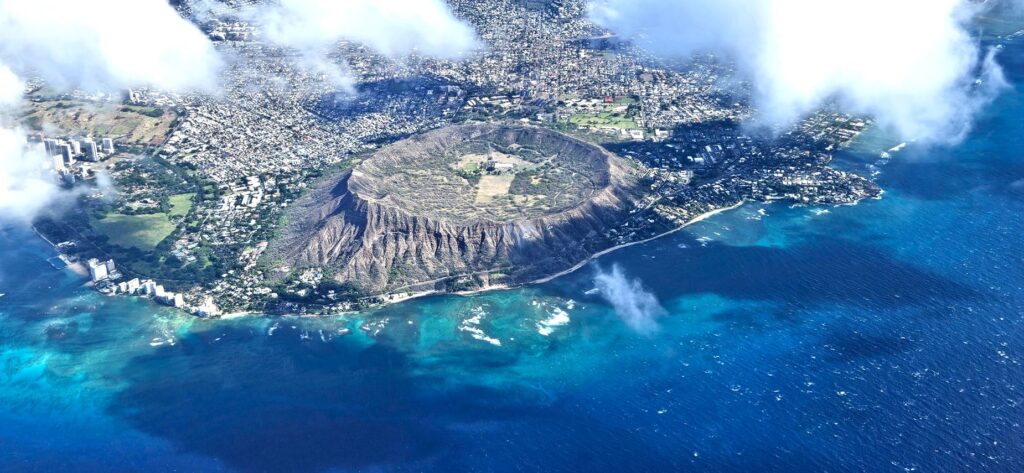
As we flew out of Oahu the following day to our next island, we could see the crater of Diamond Head below. Our next island was the “Big Island” called Hawaii.
“O Lord, what a variety of things you have made!
In wisdom you have made them all.
The earth is full of your creatures.” Psalm 104:24

